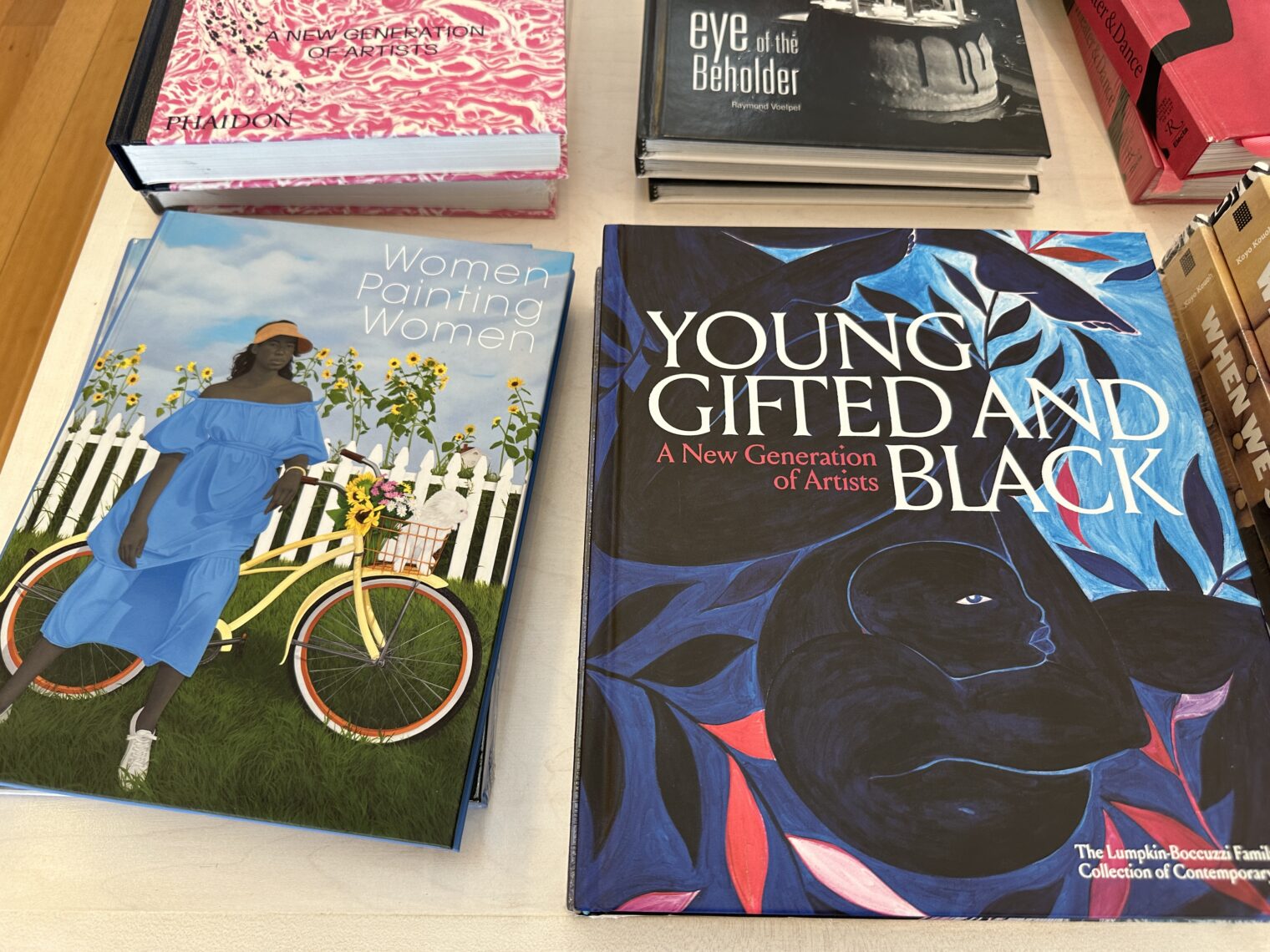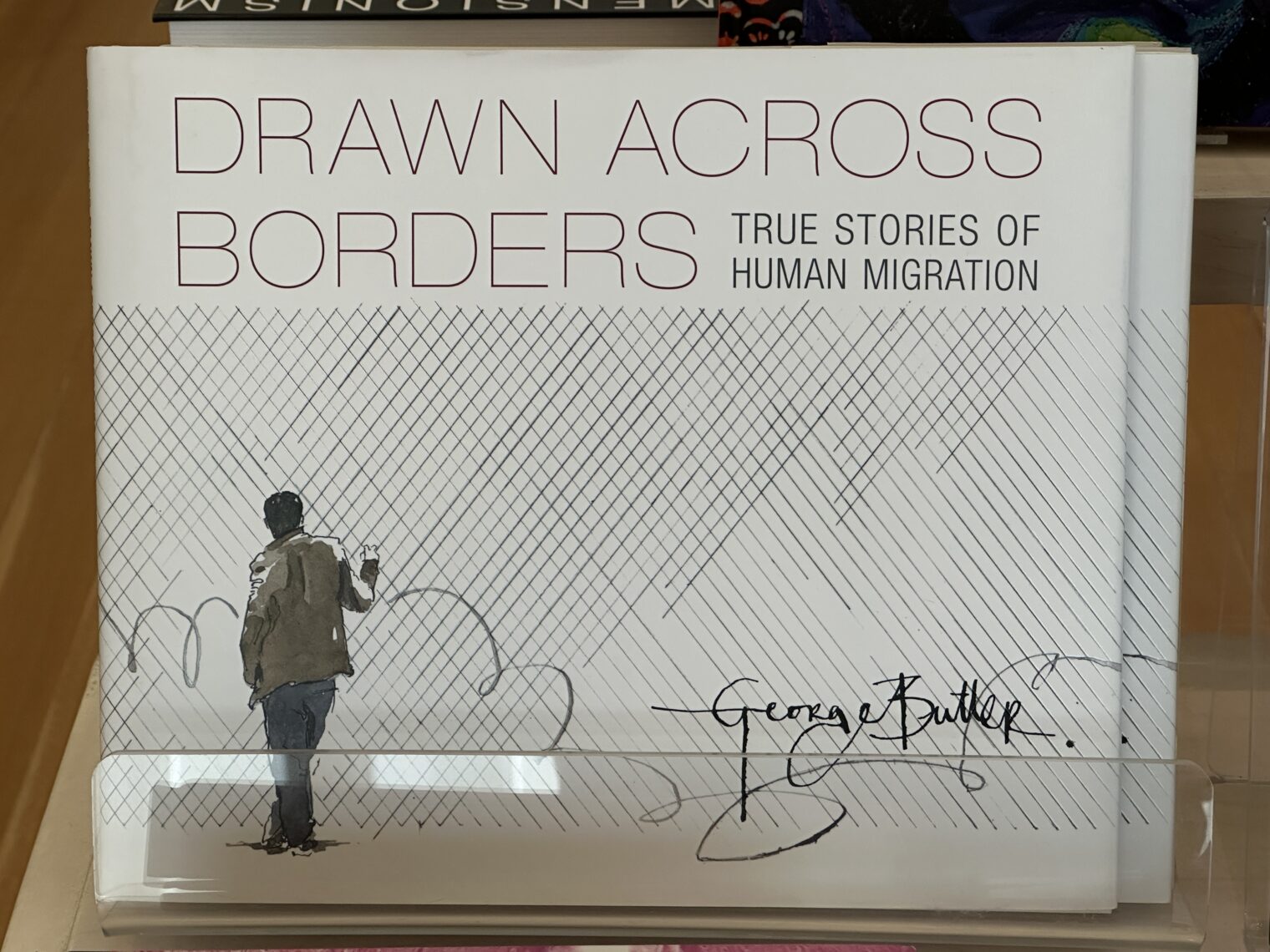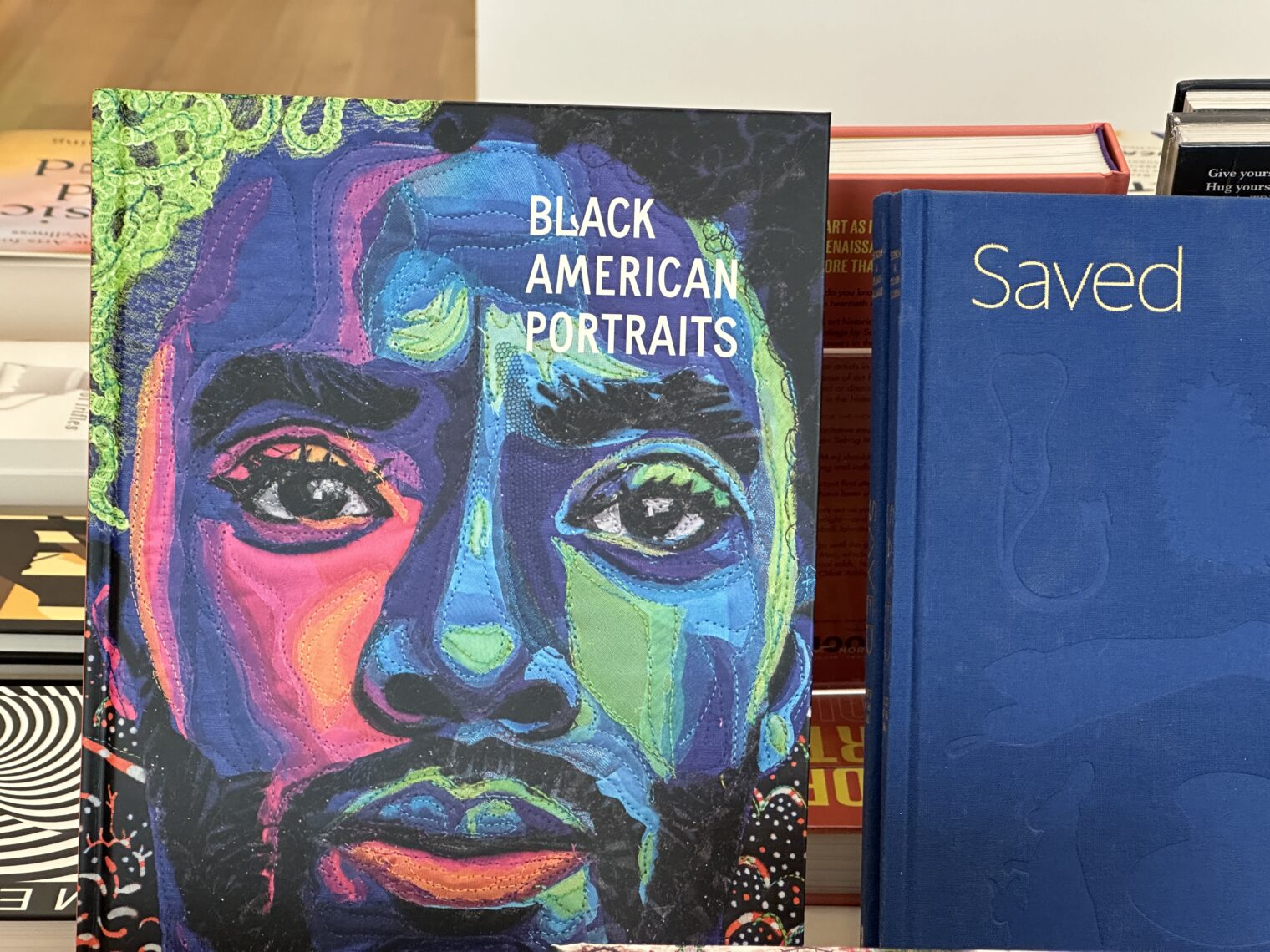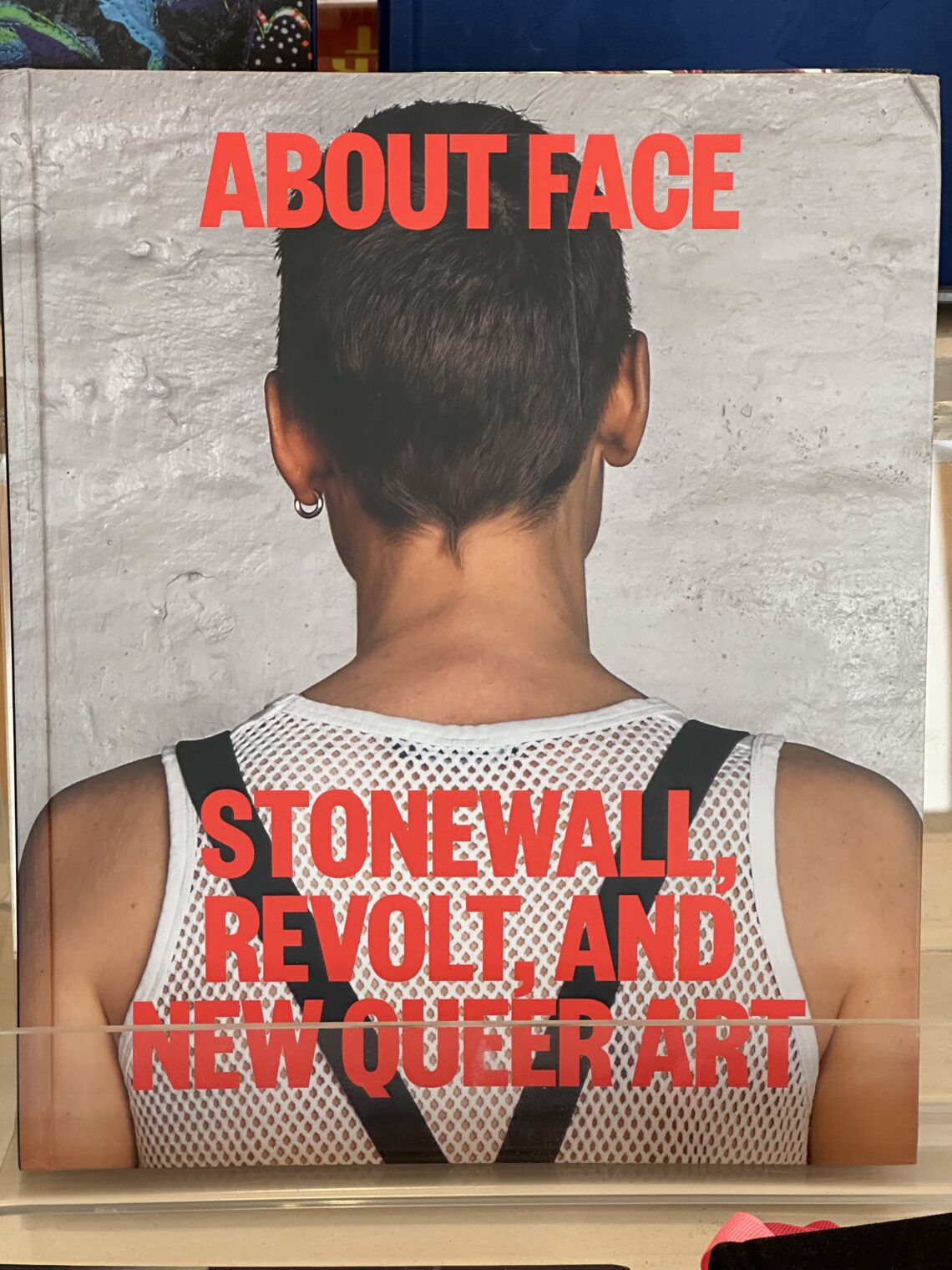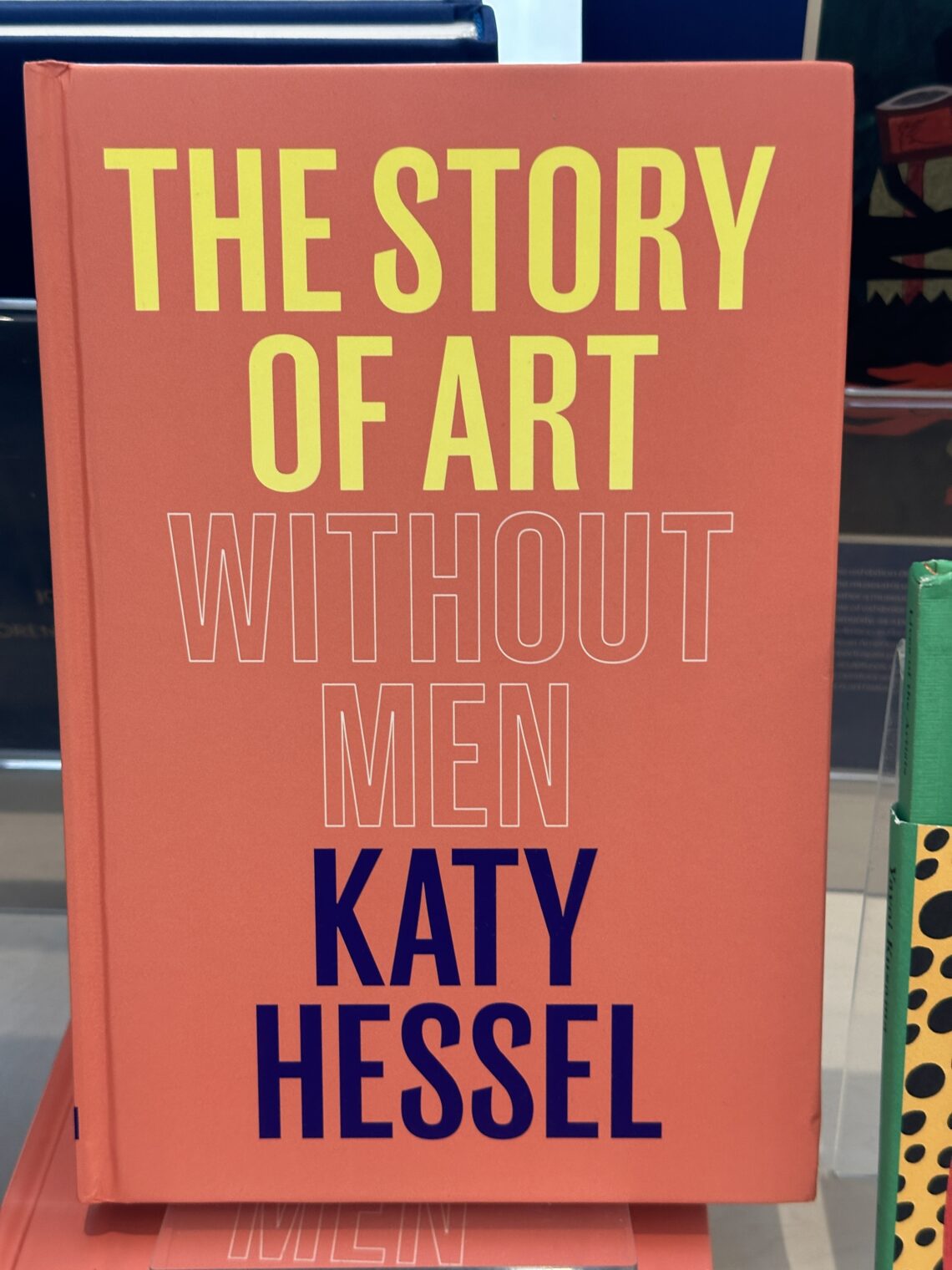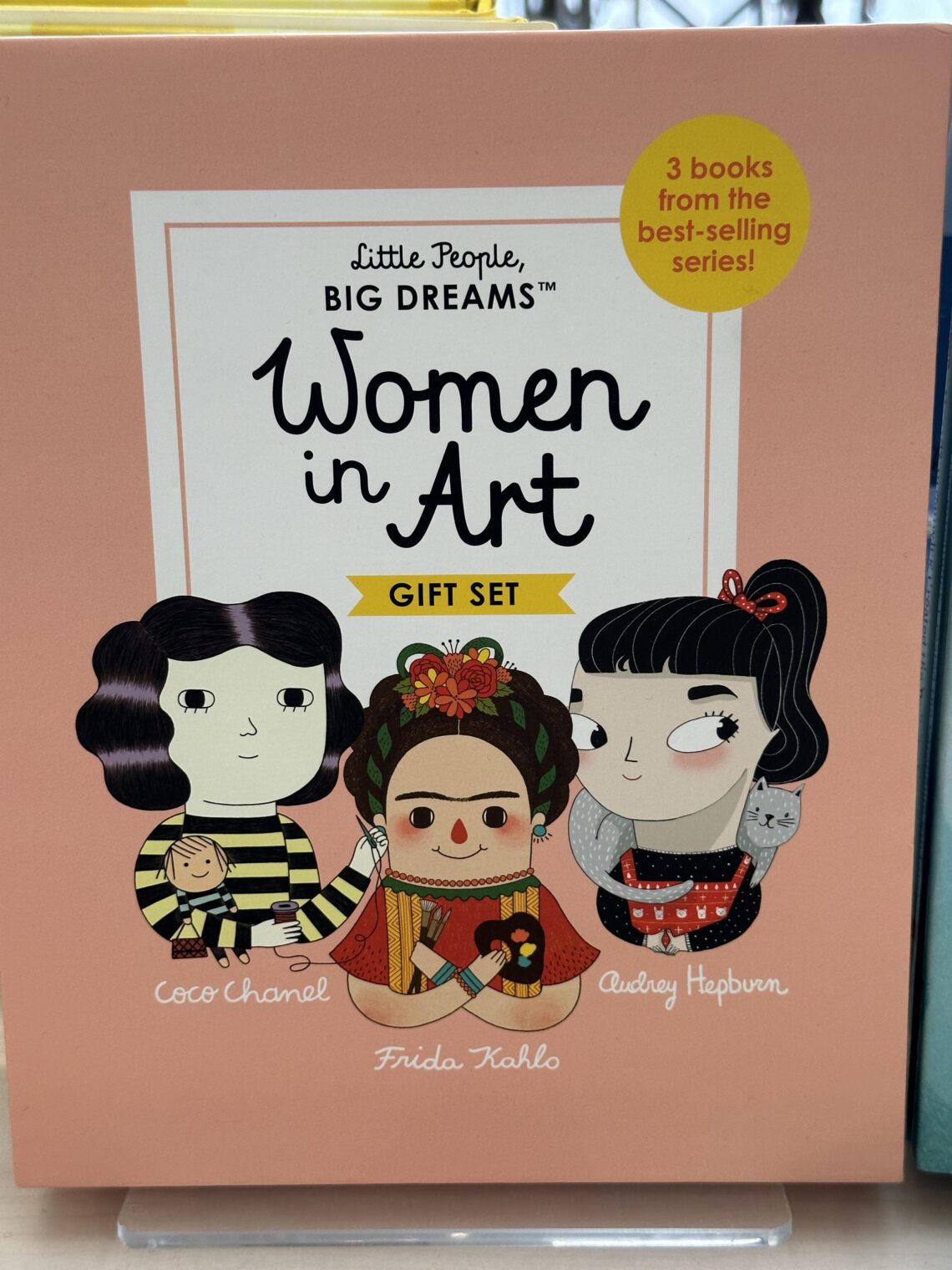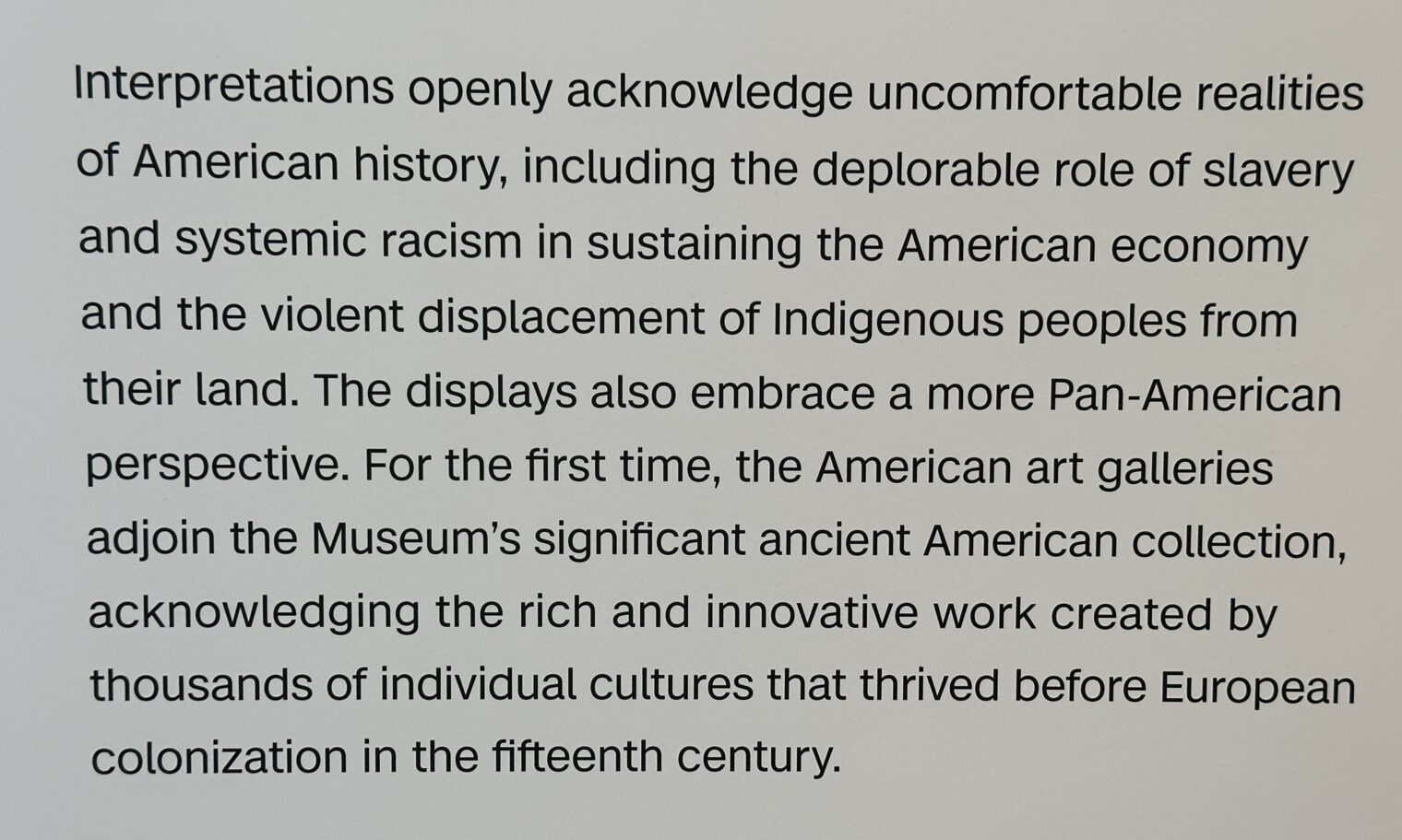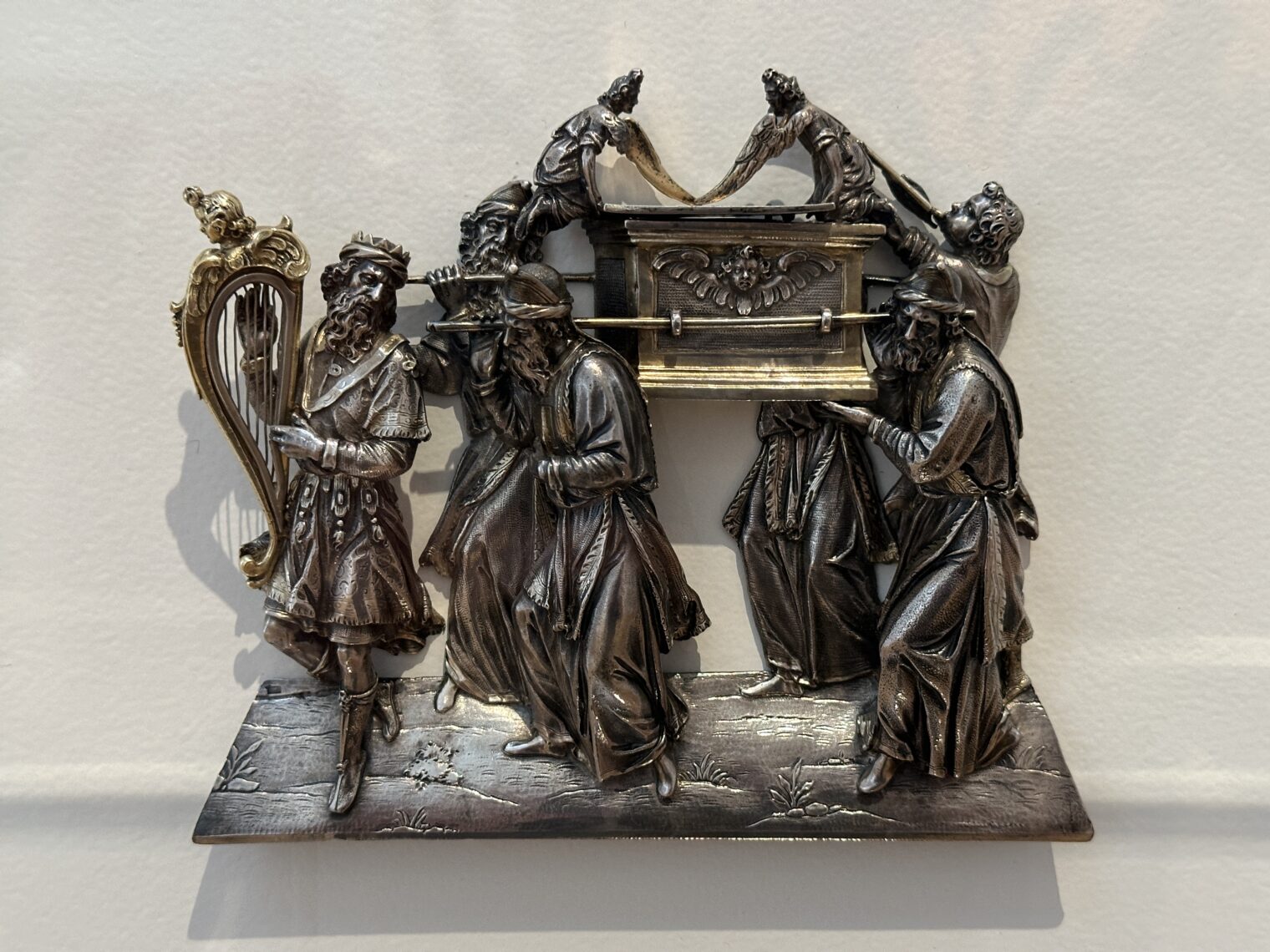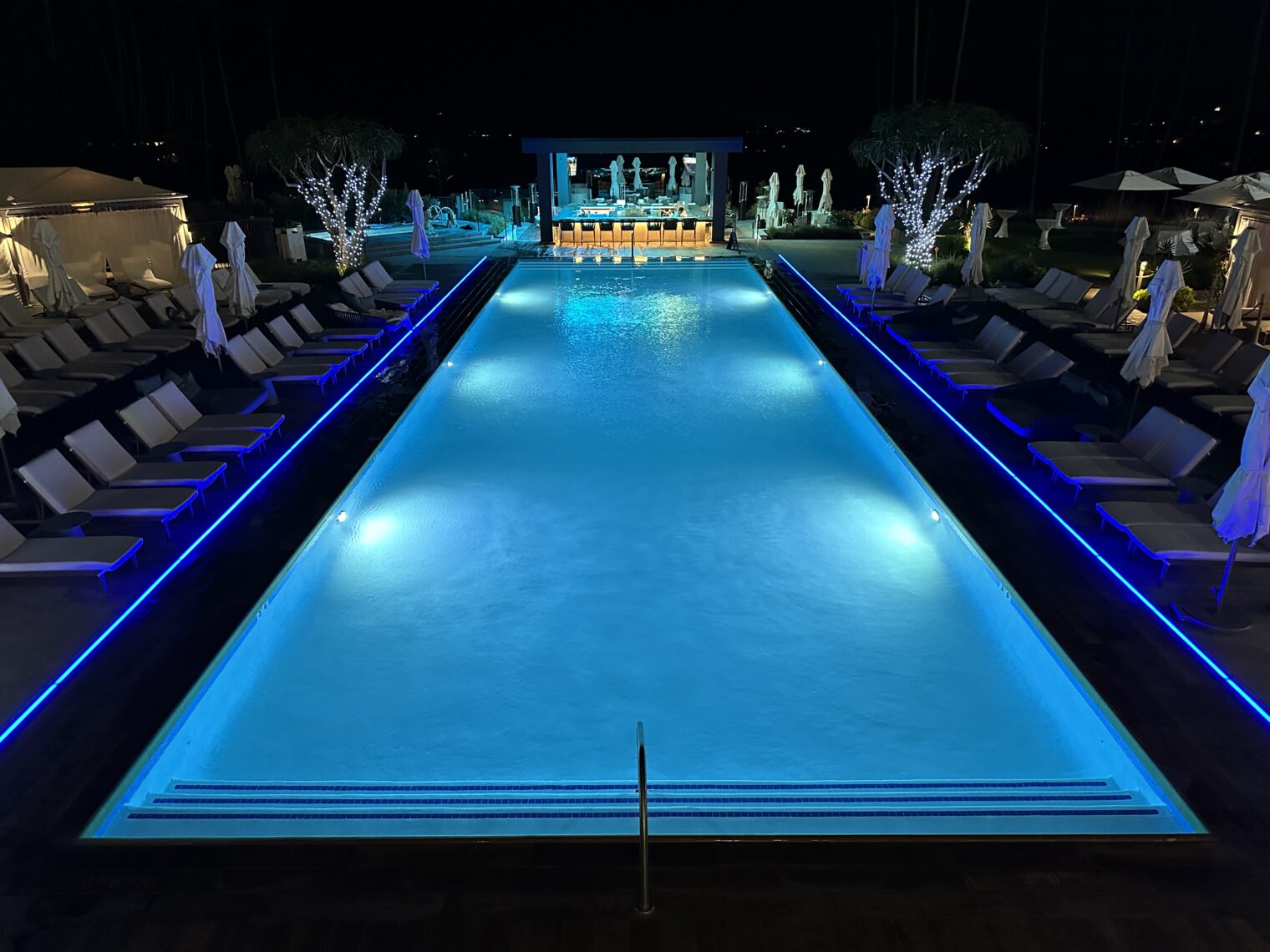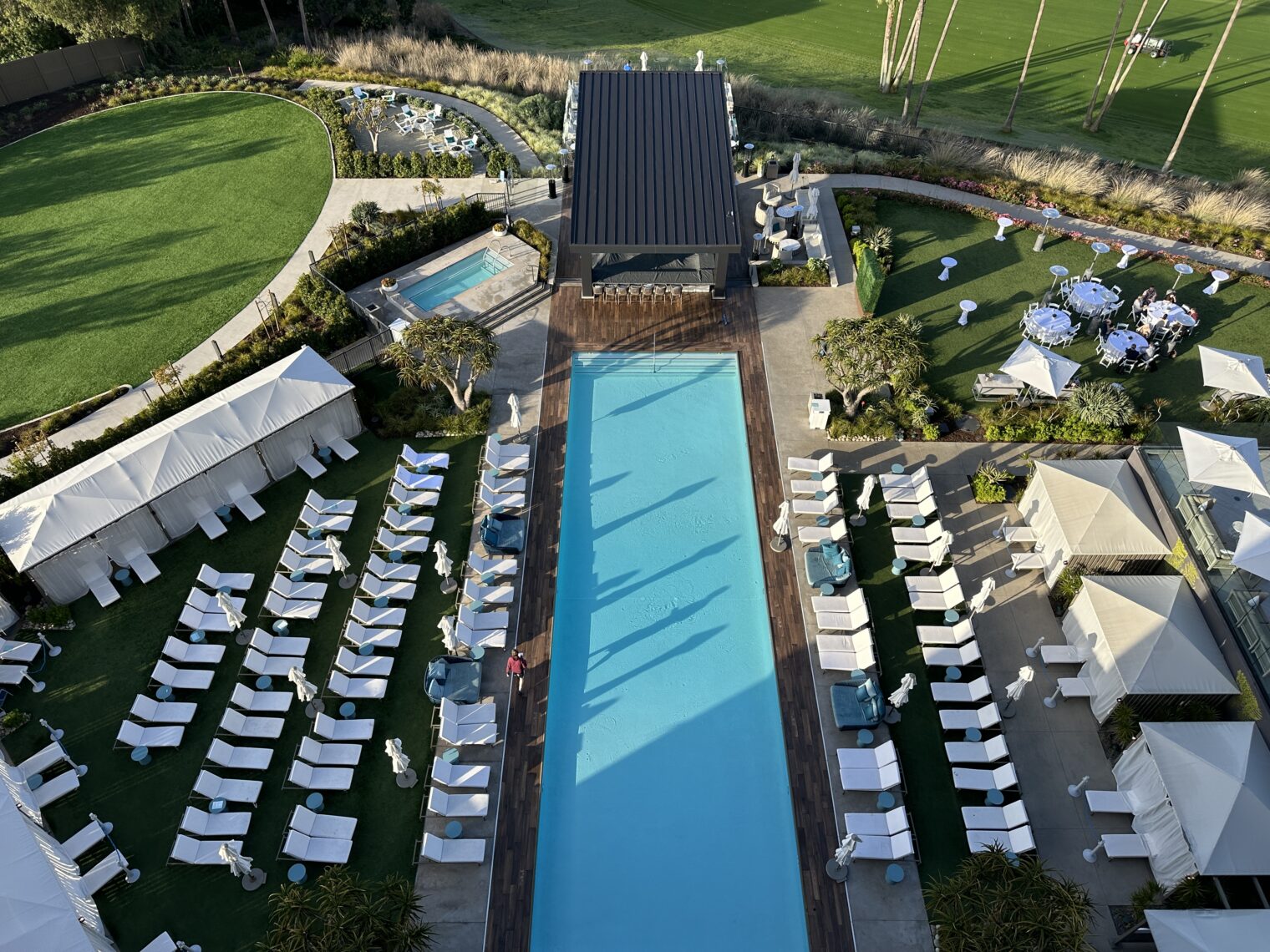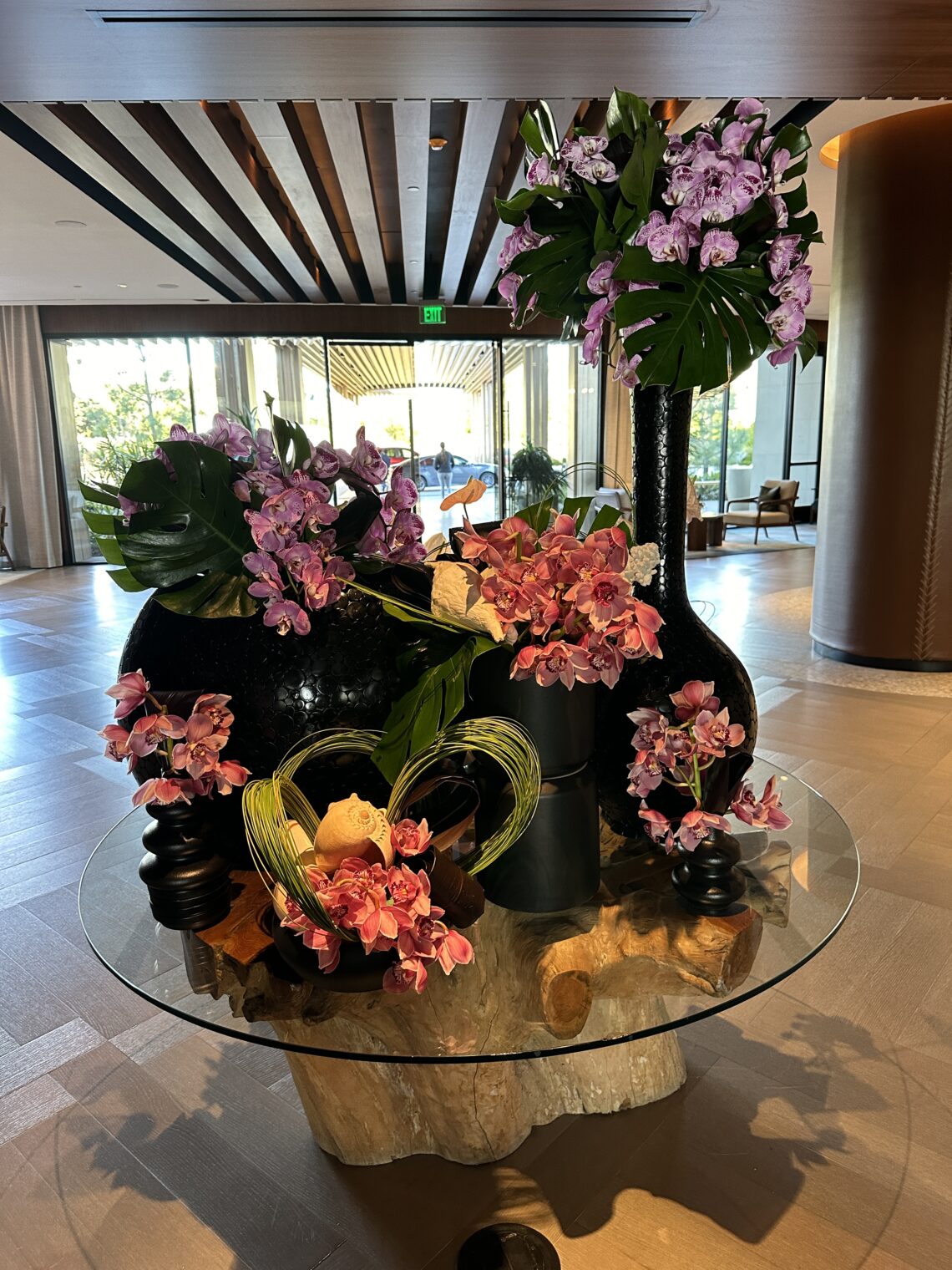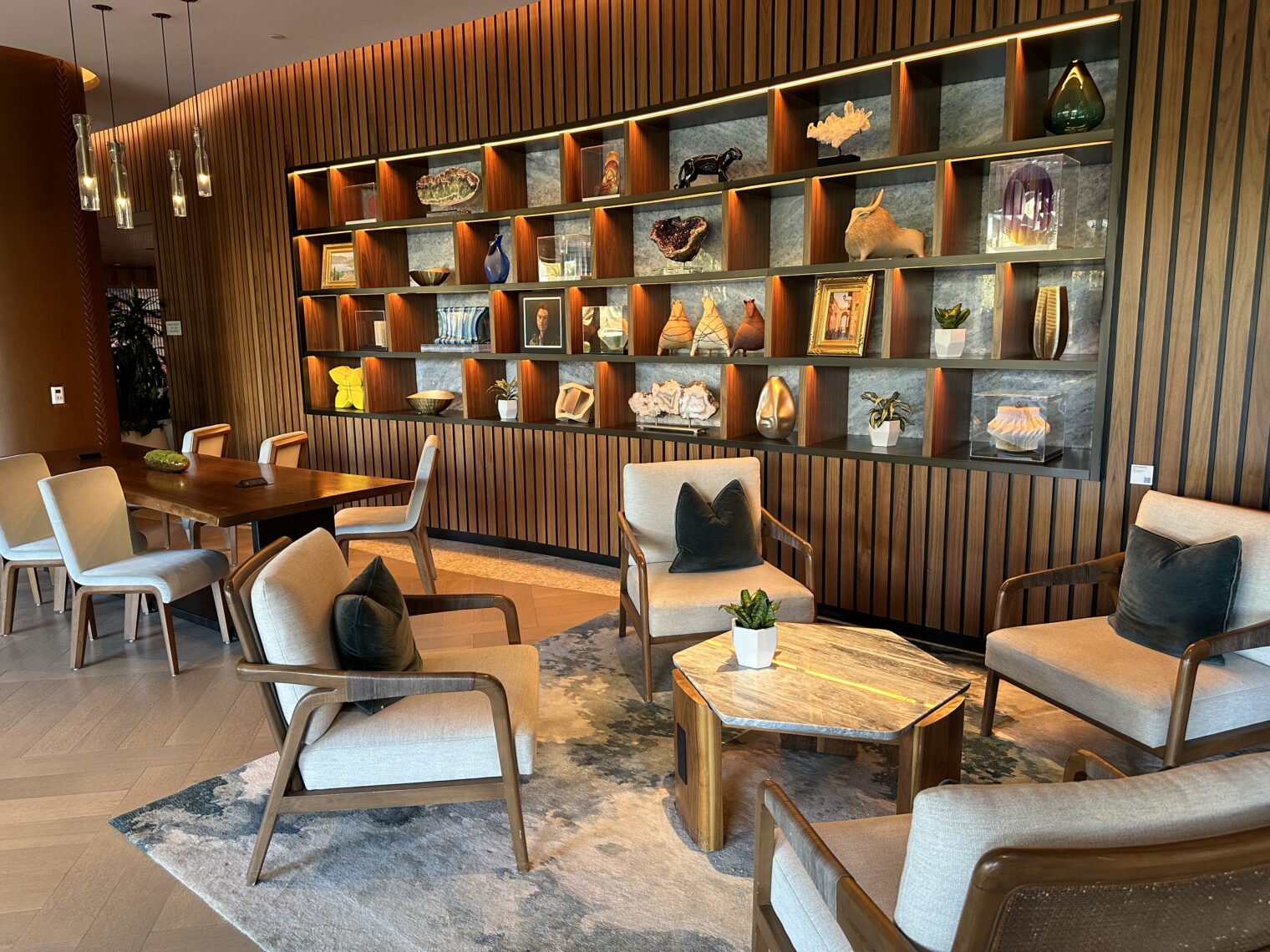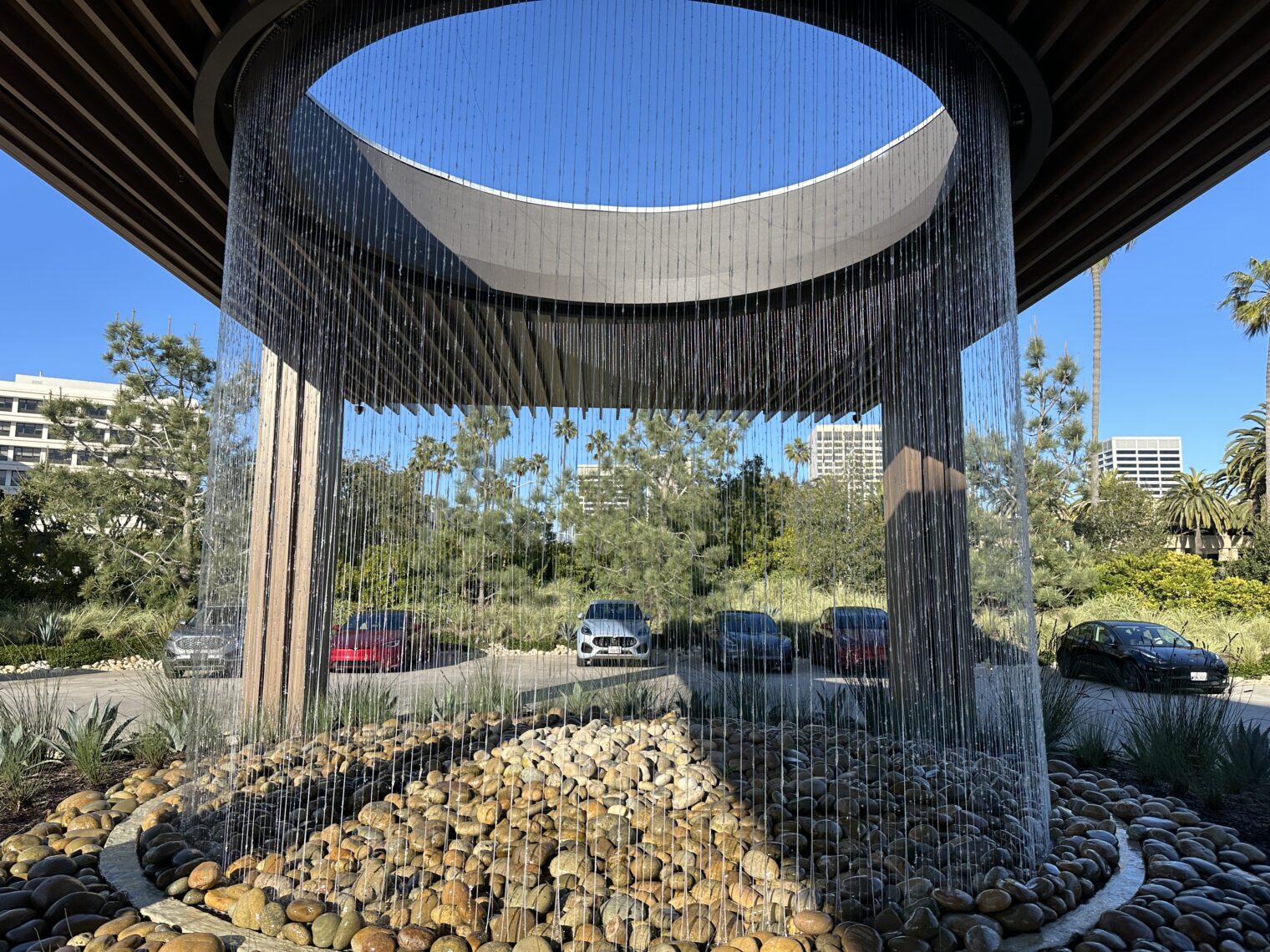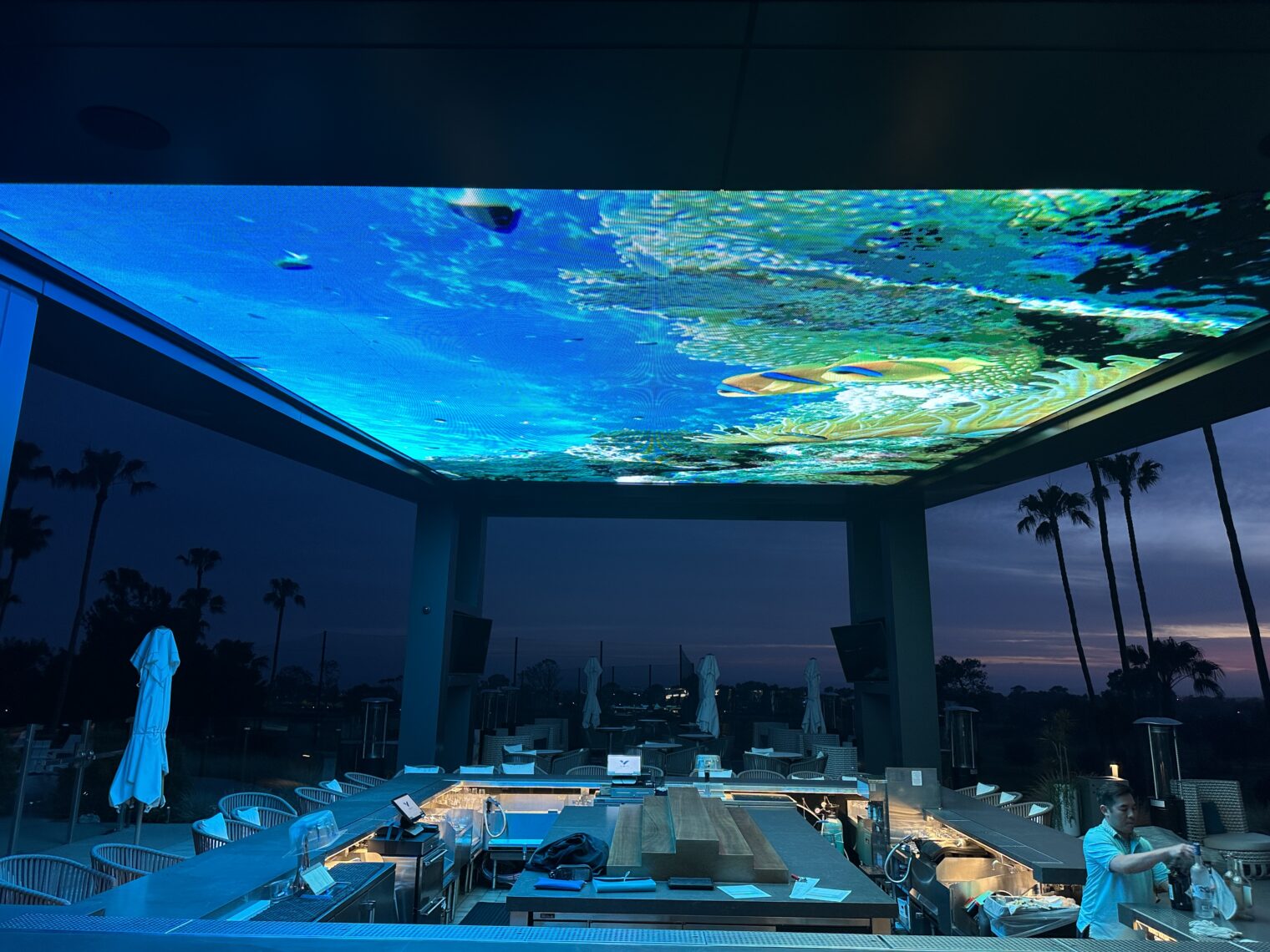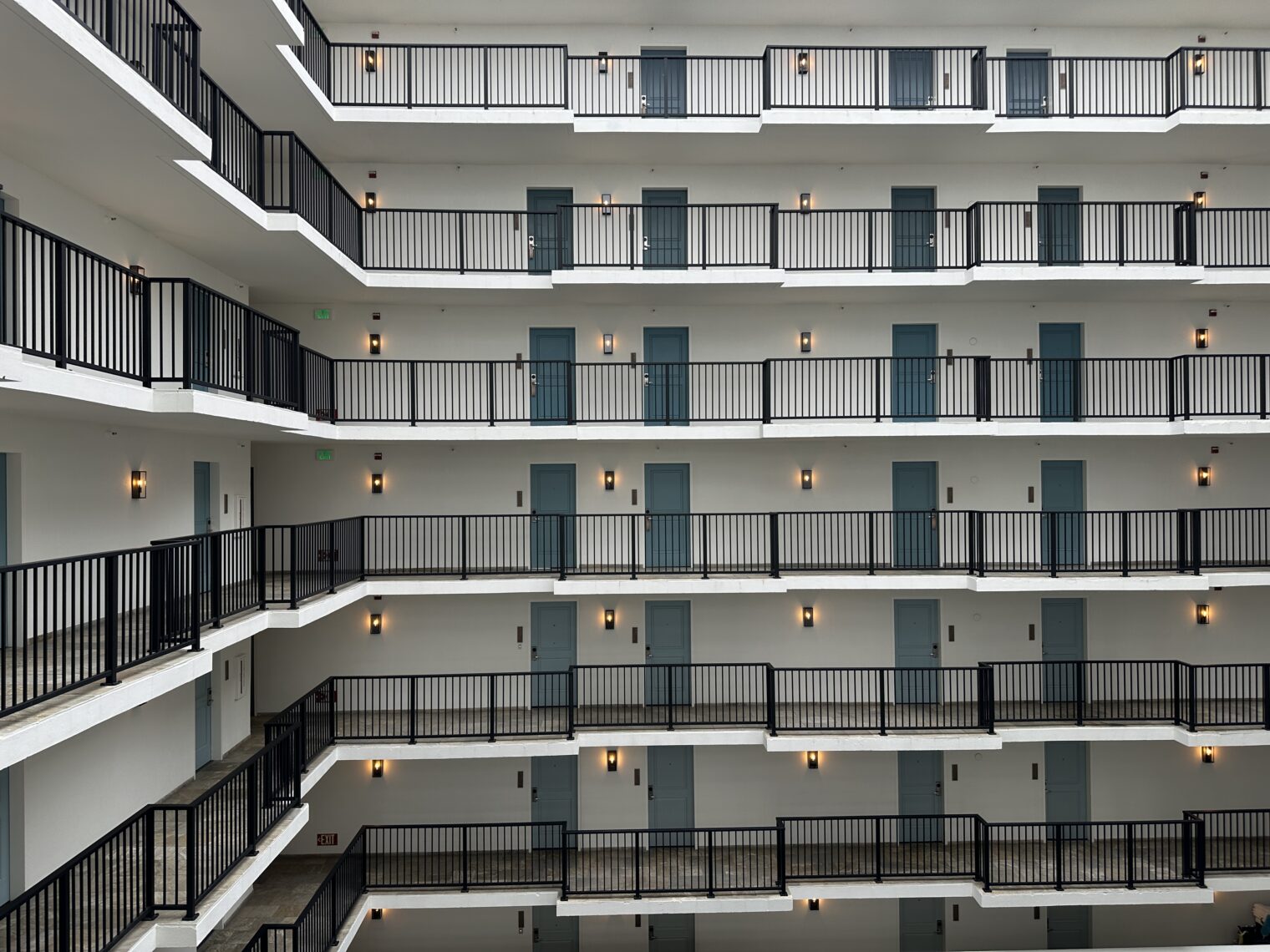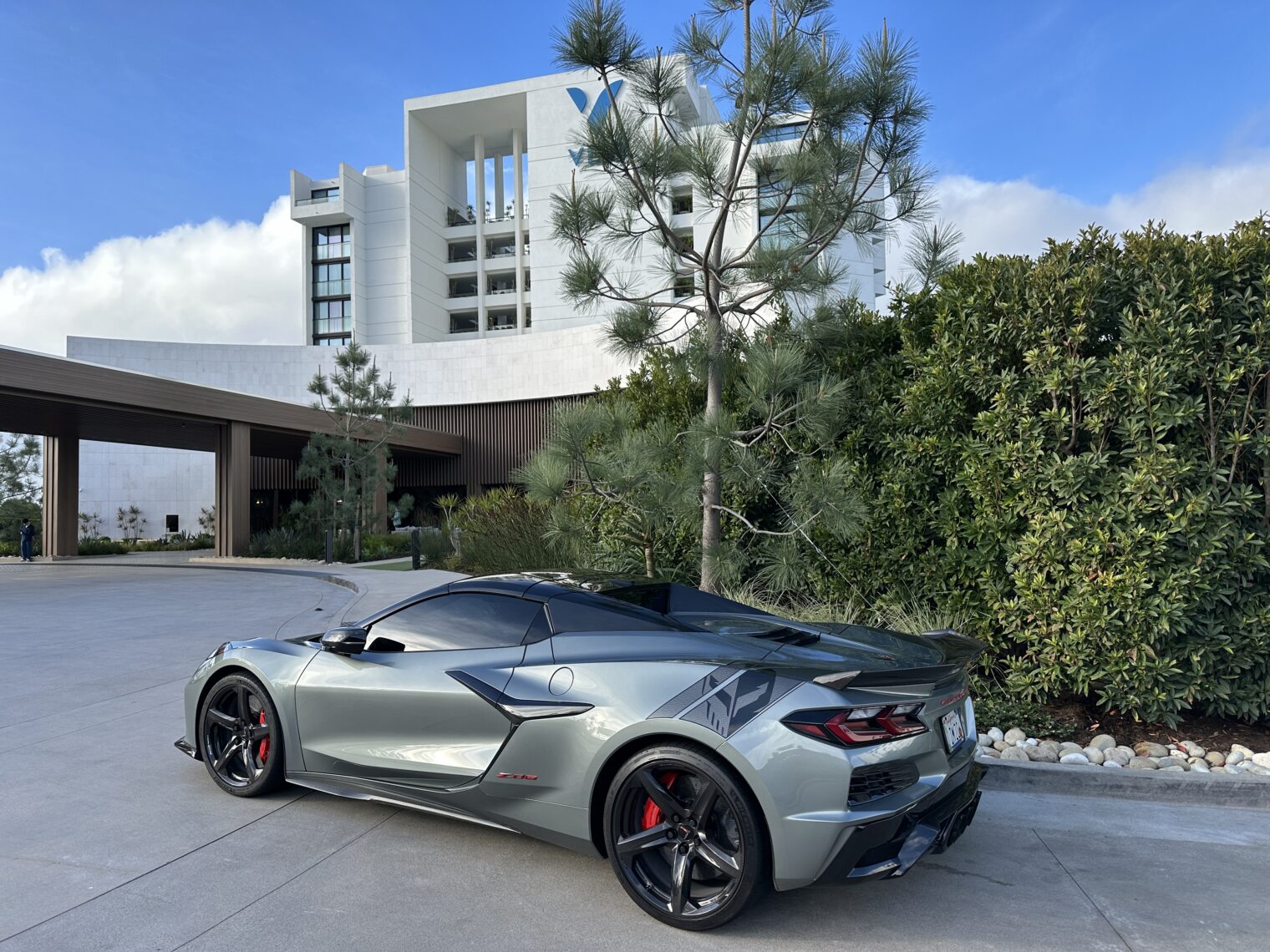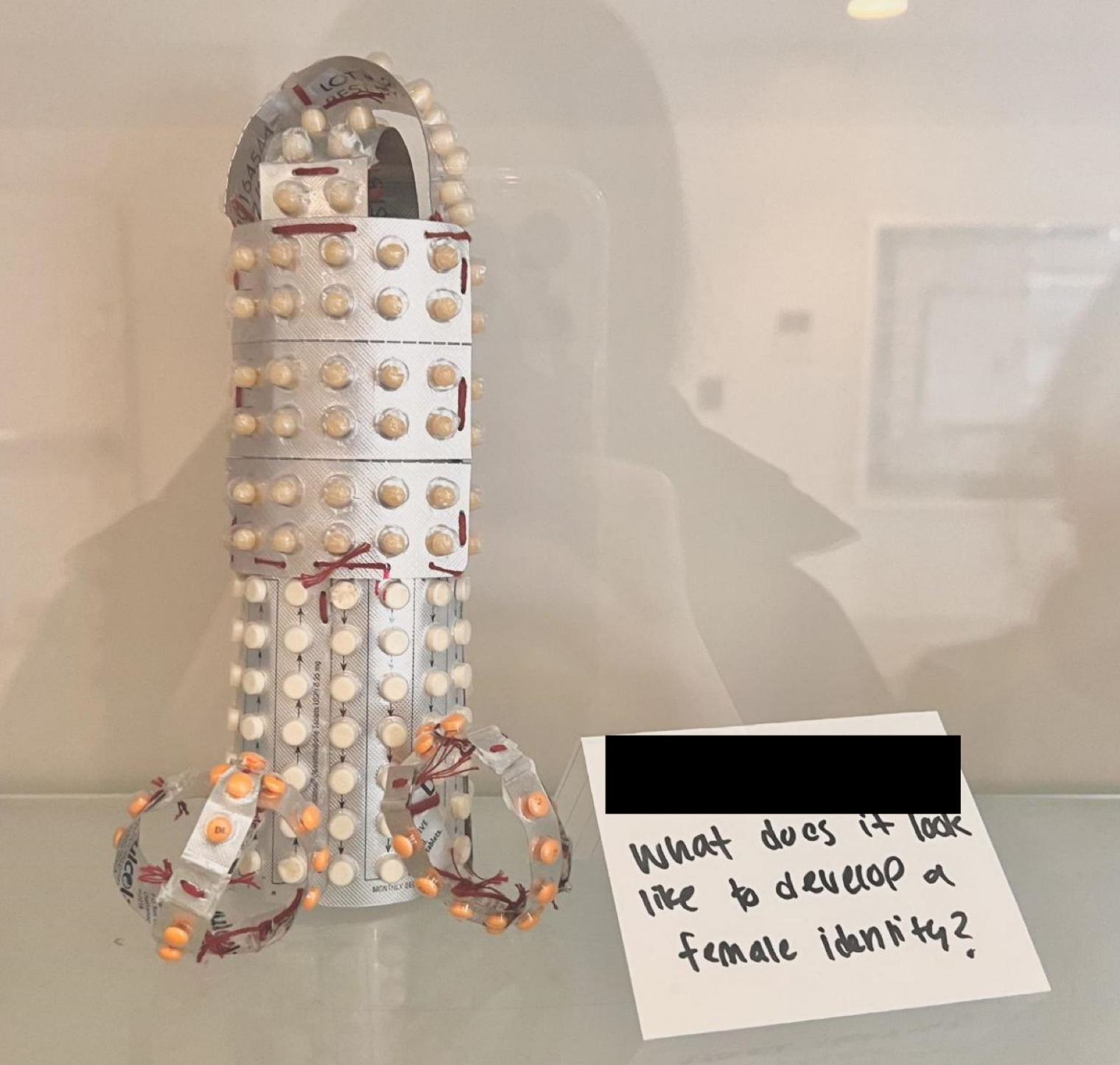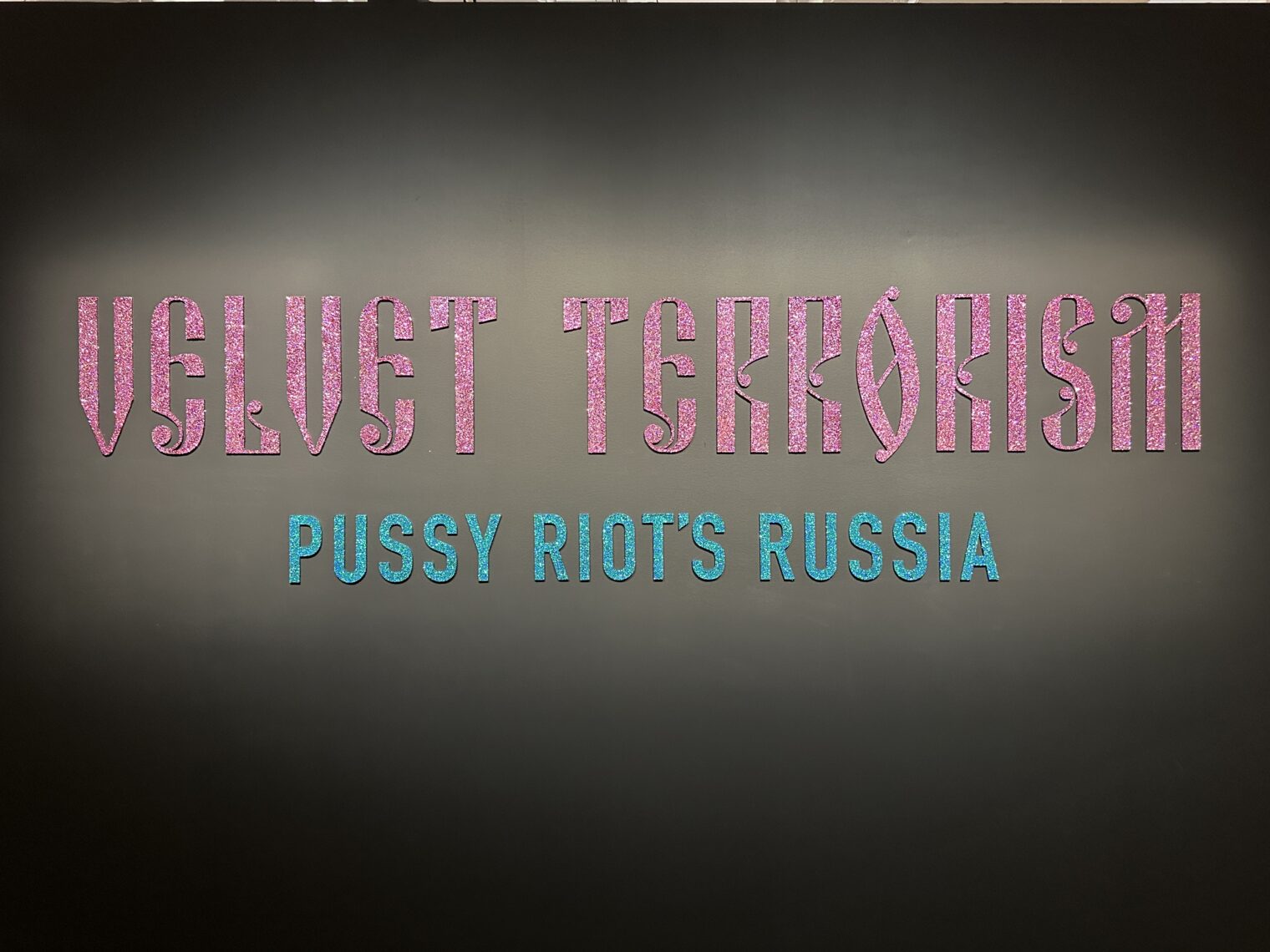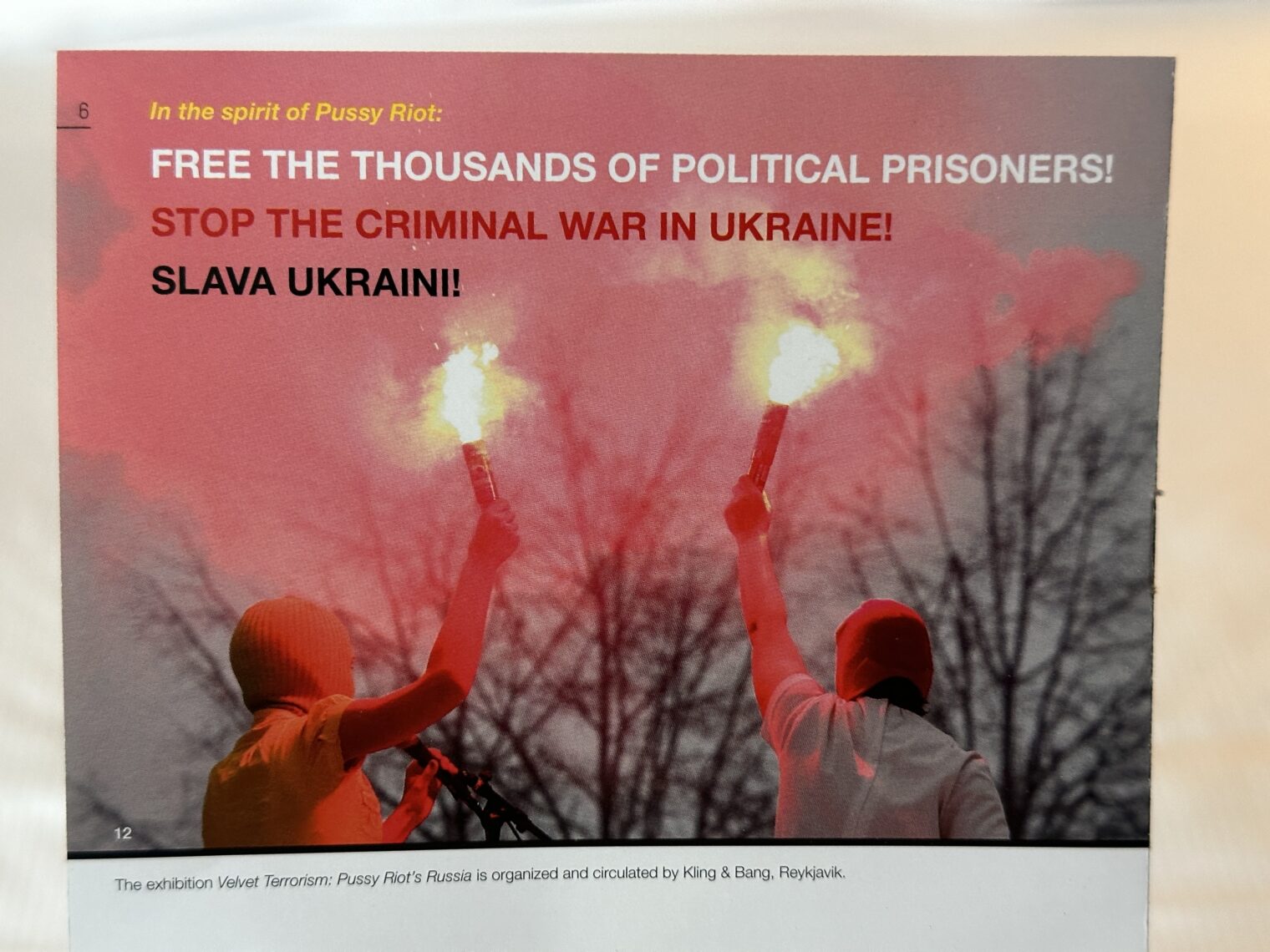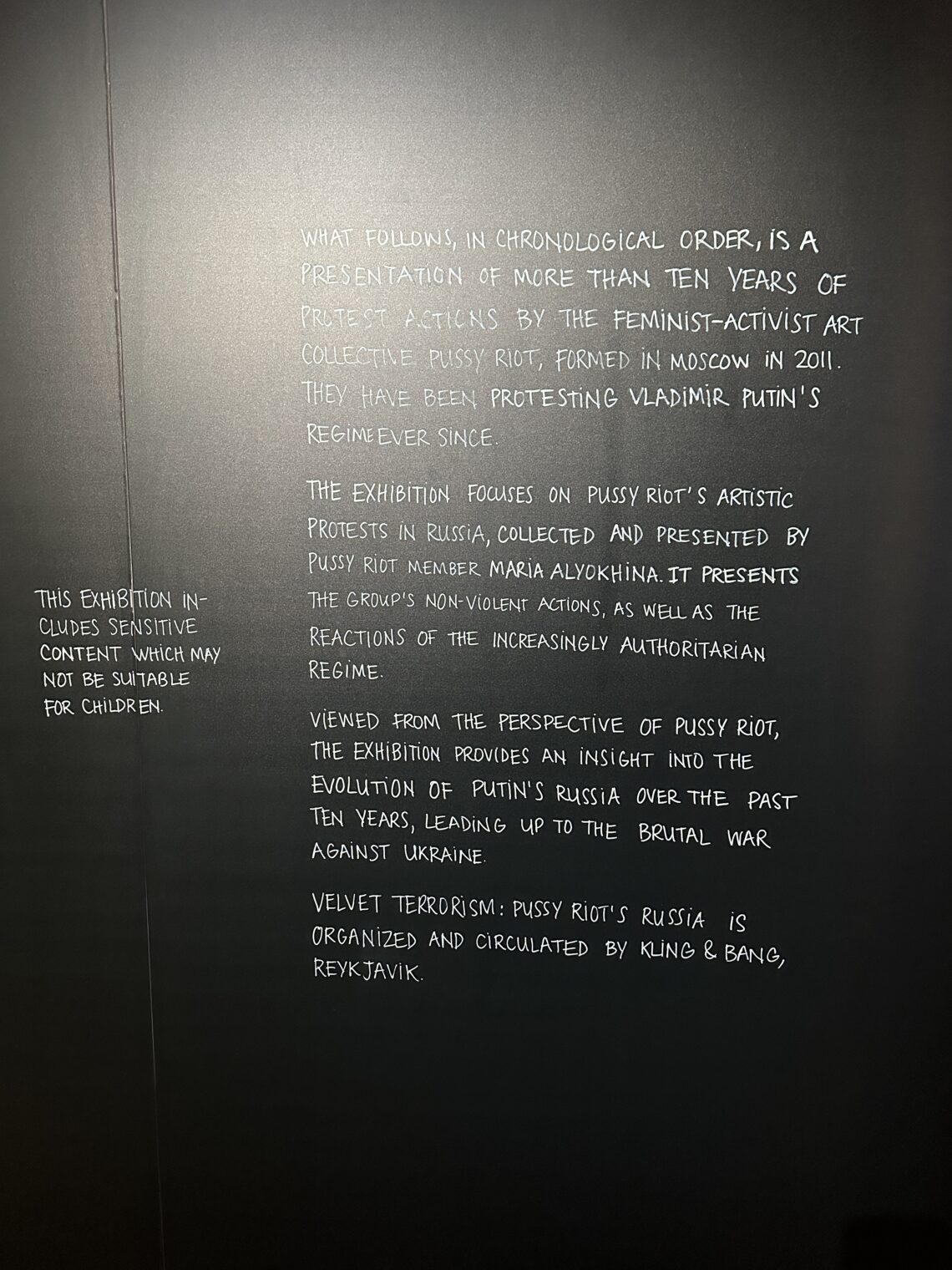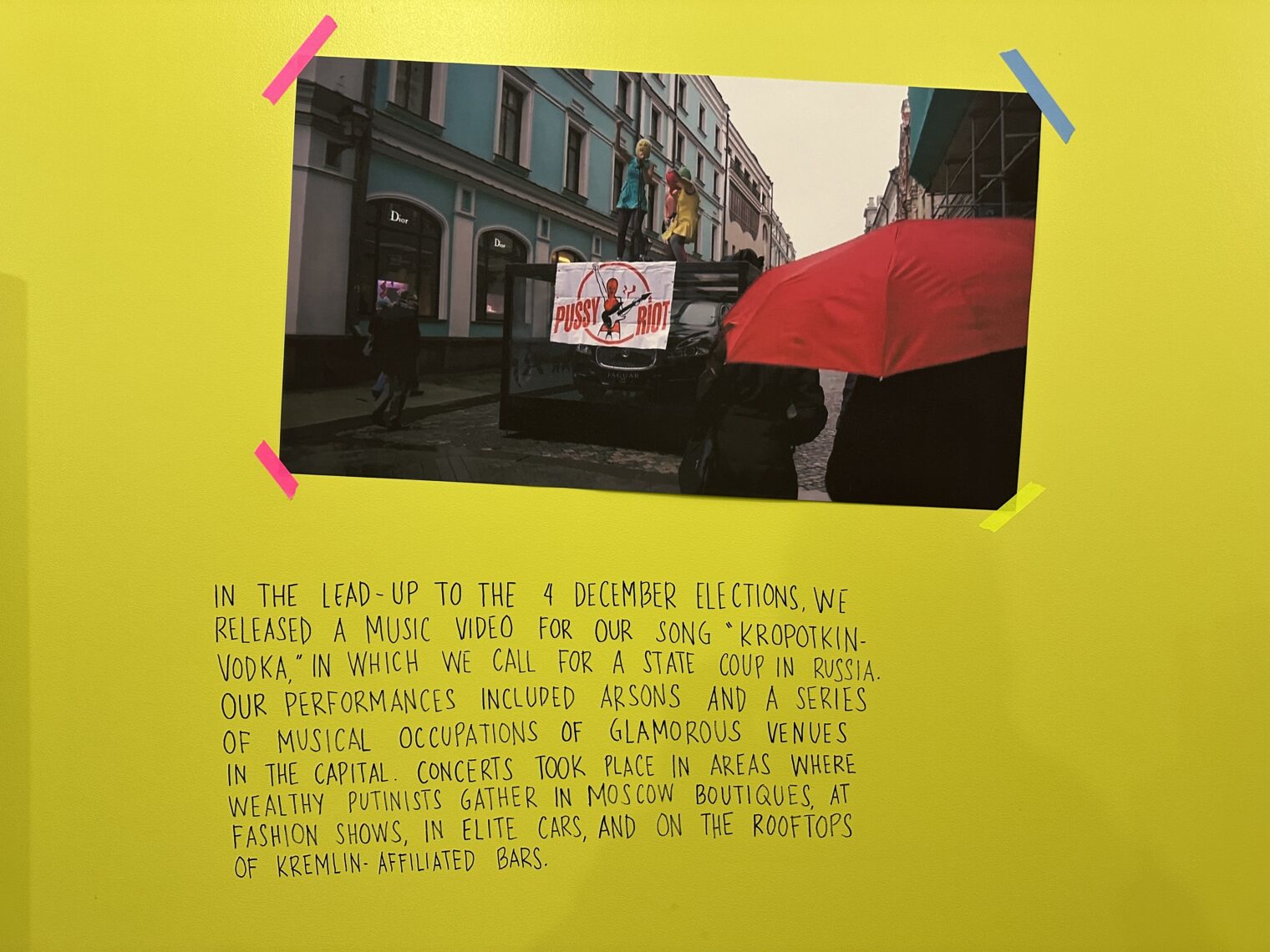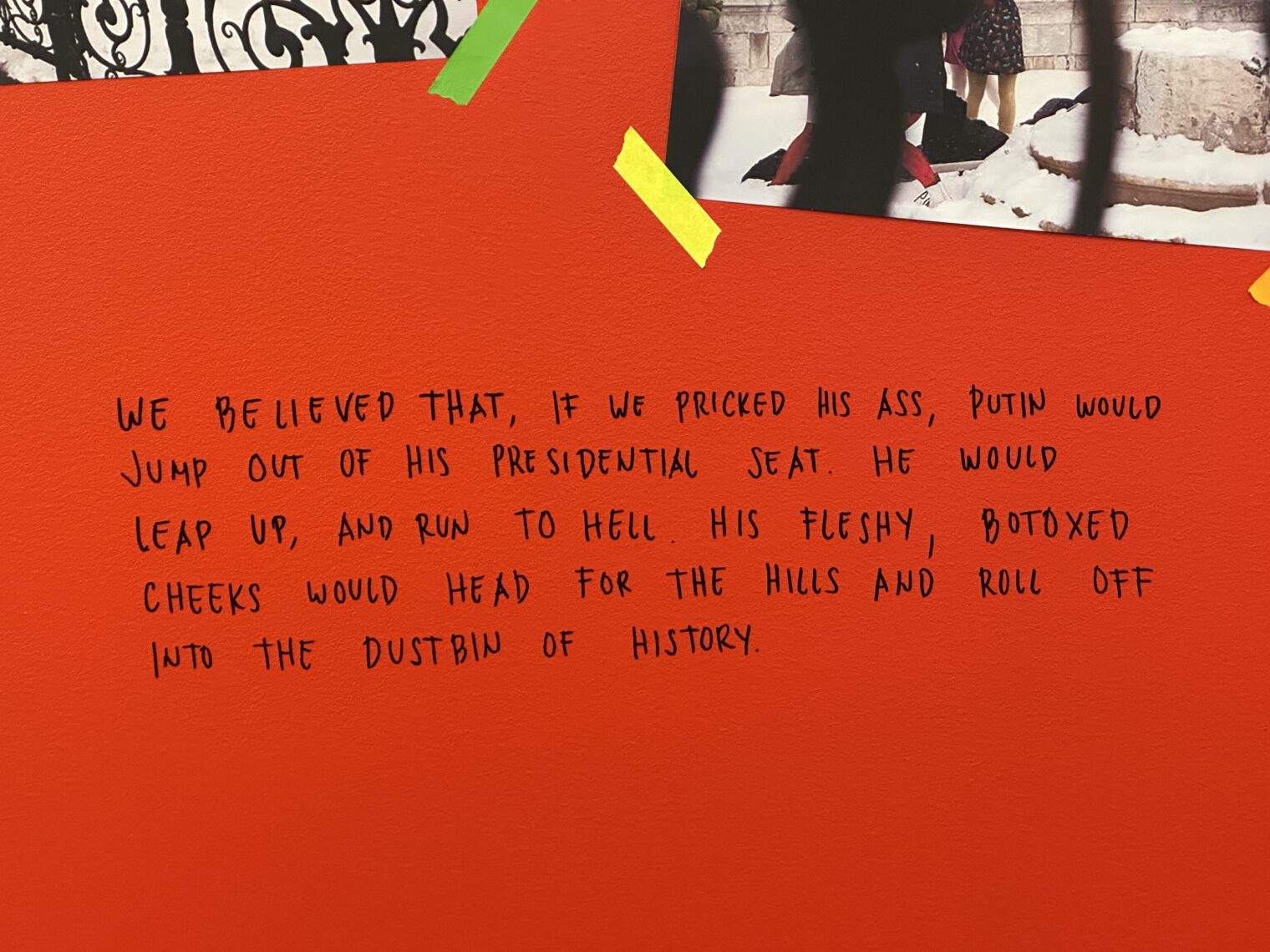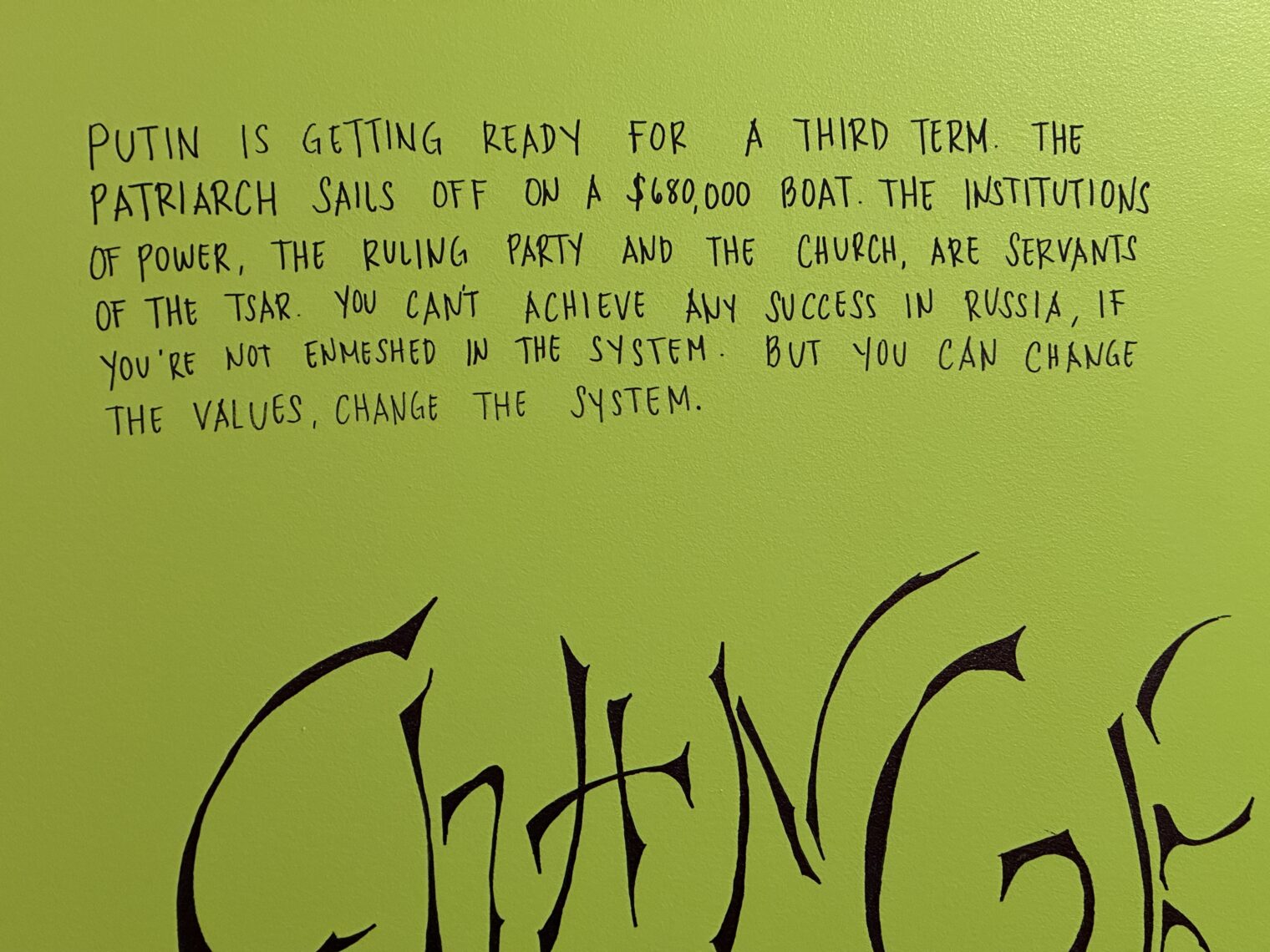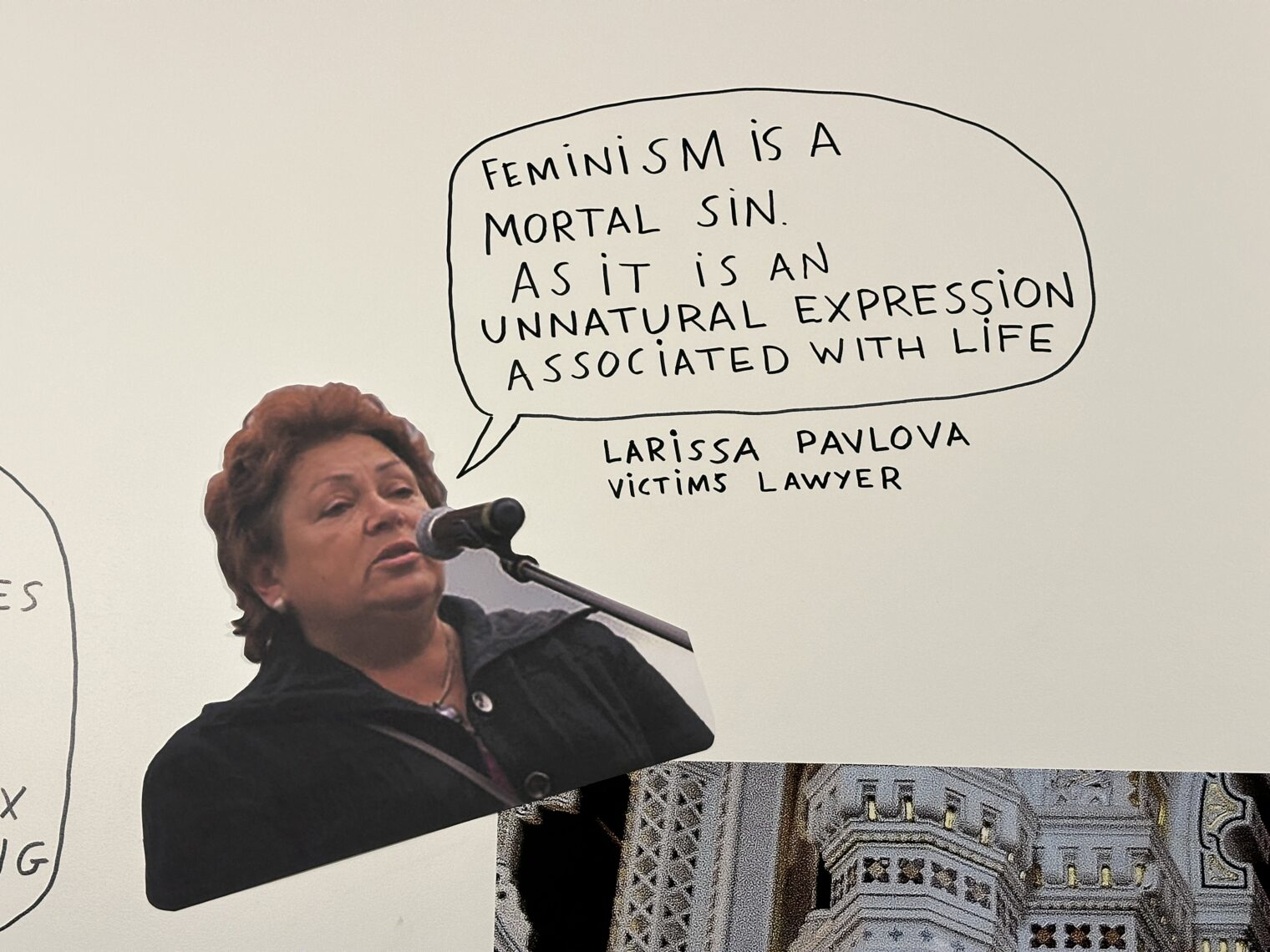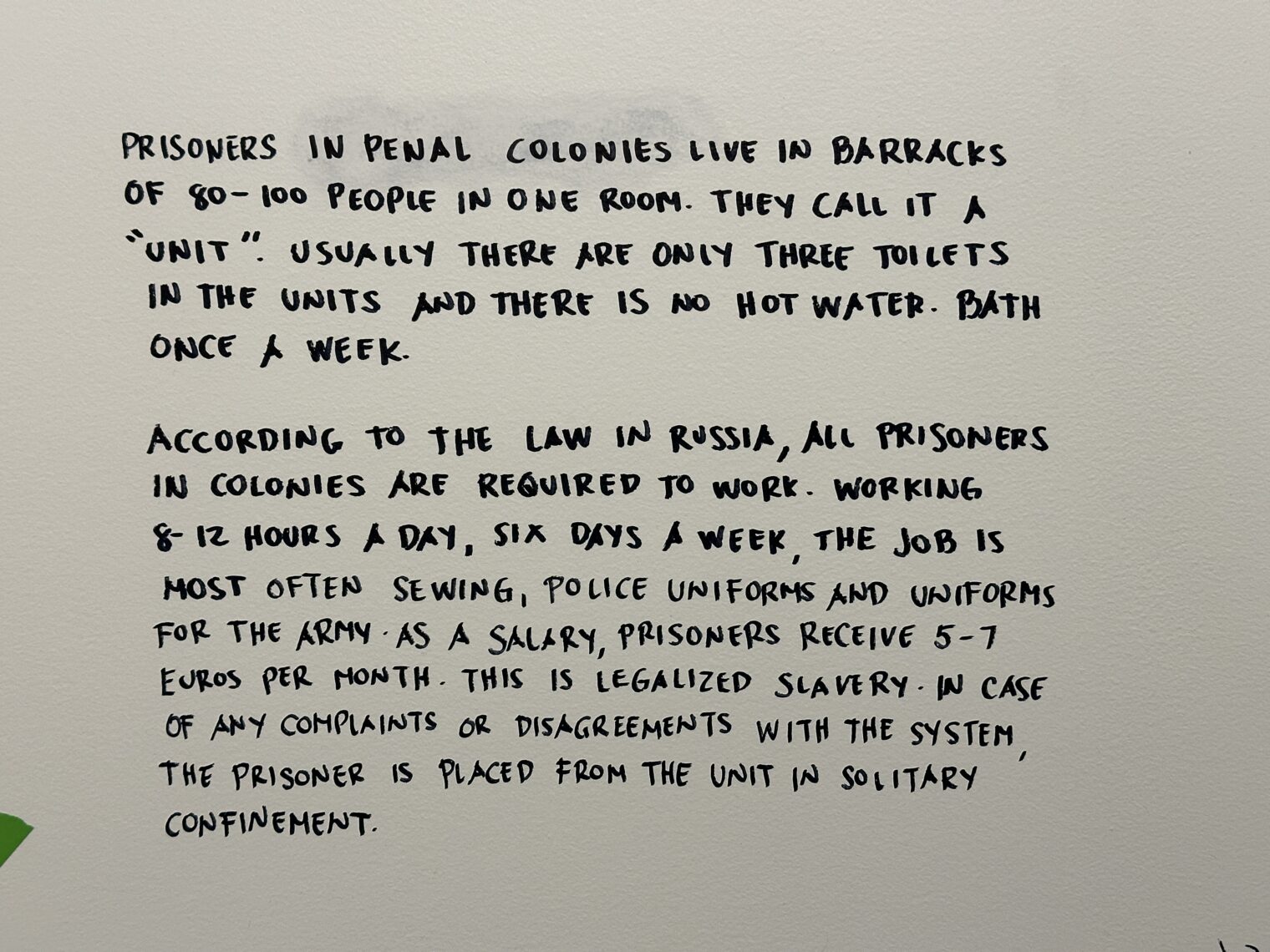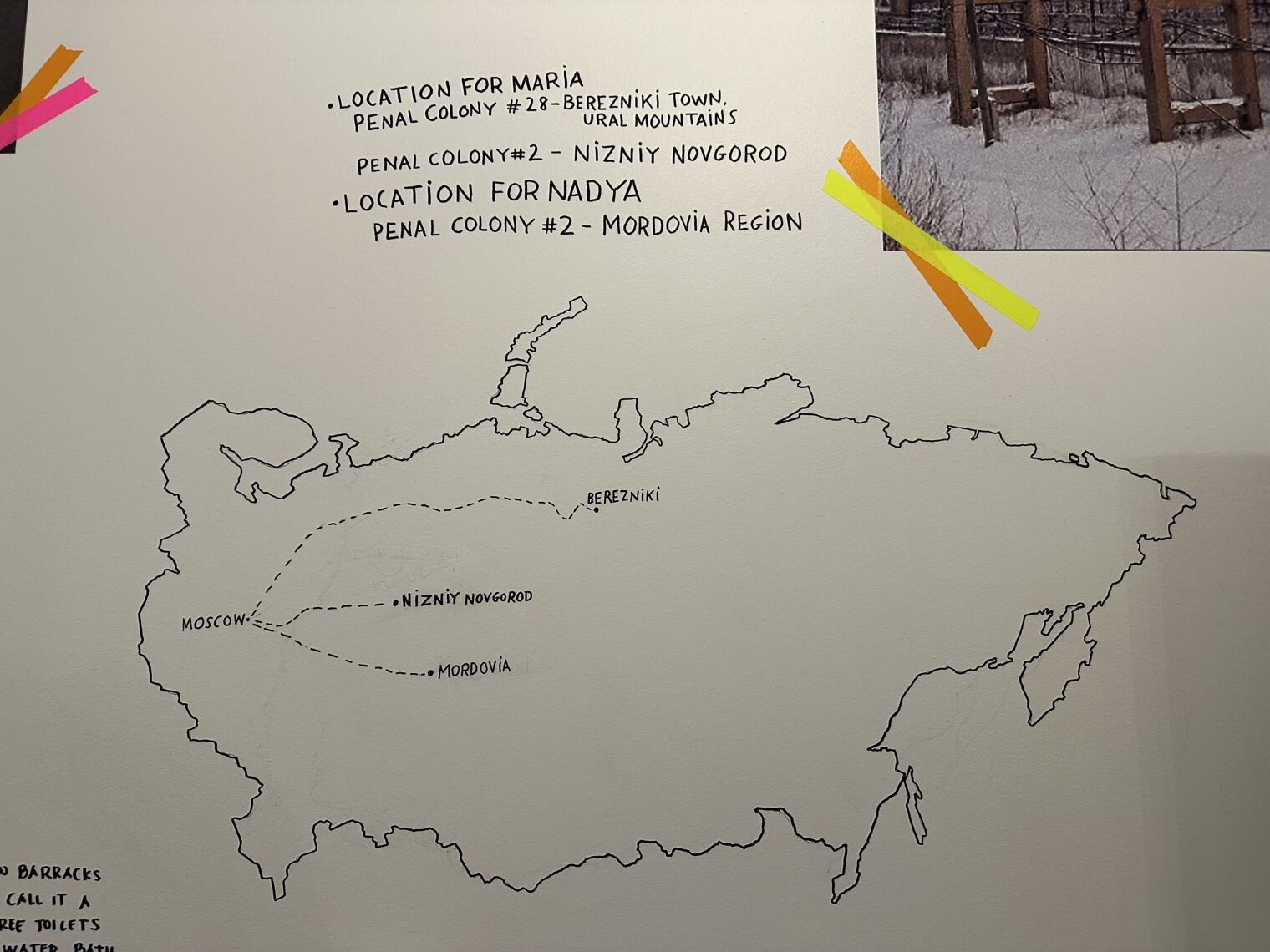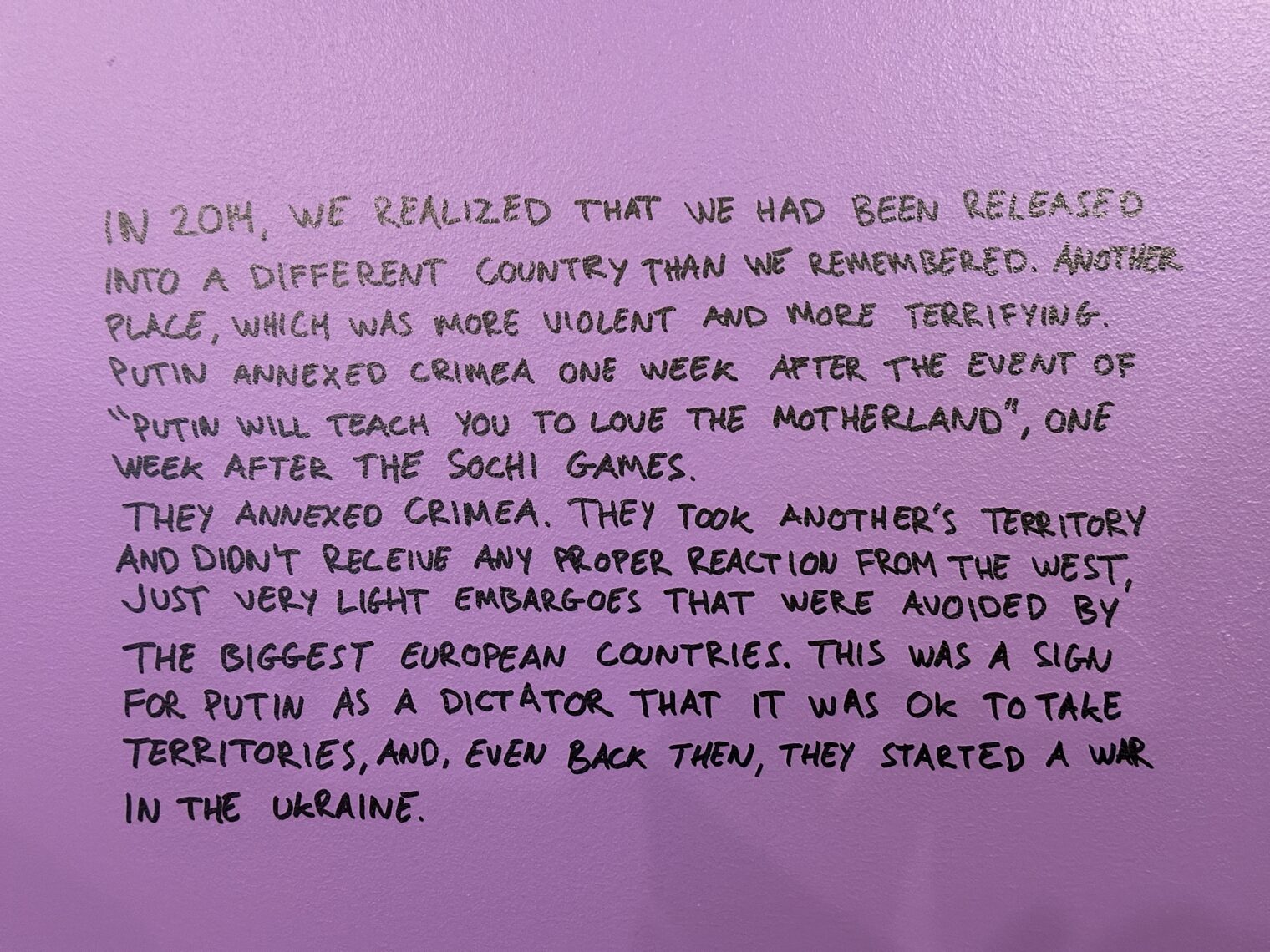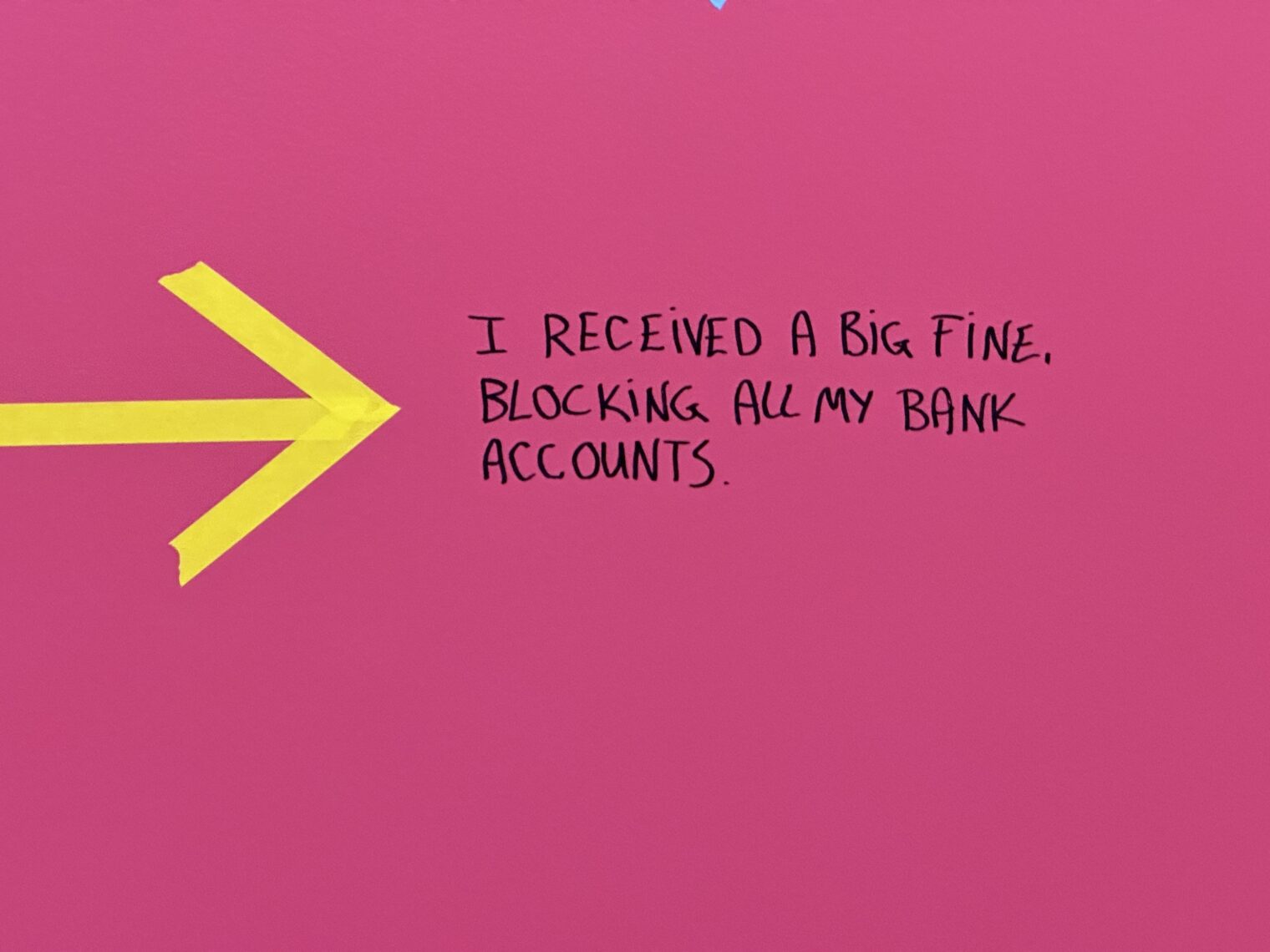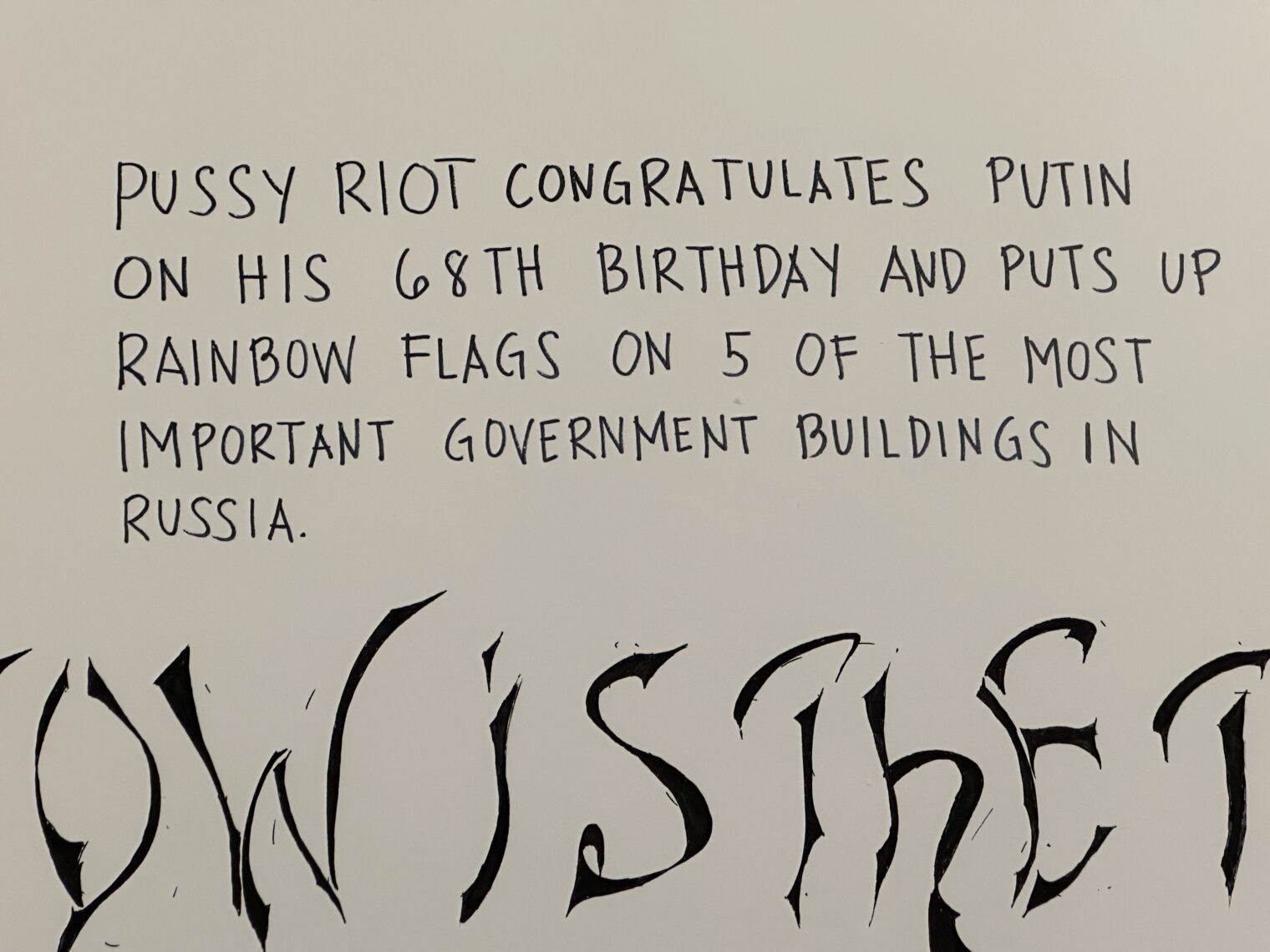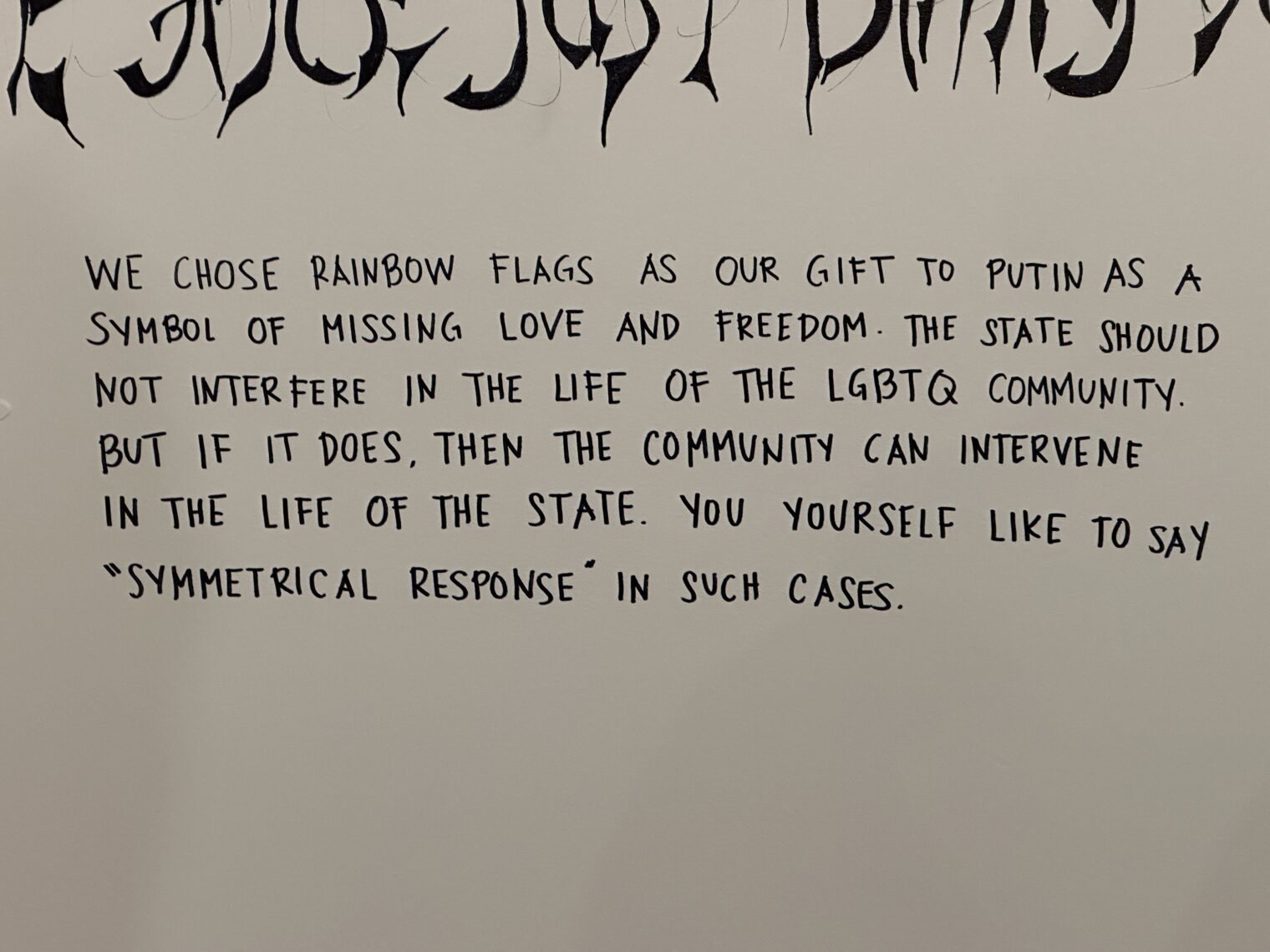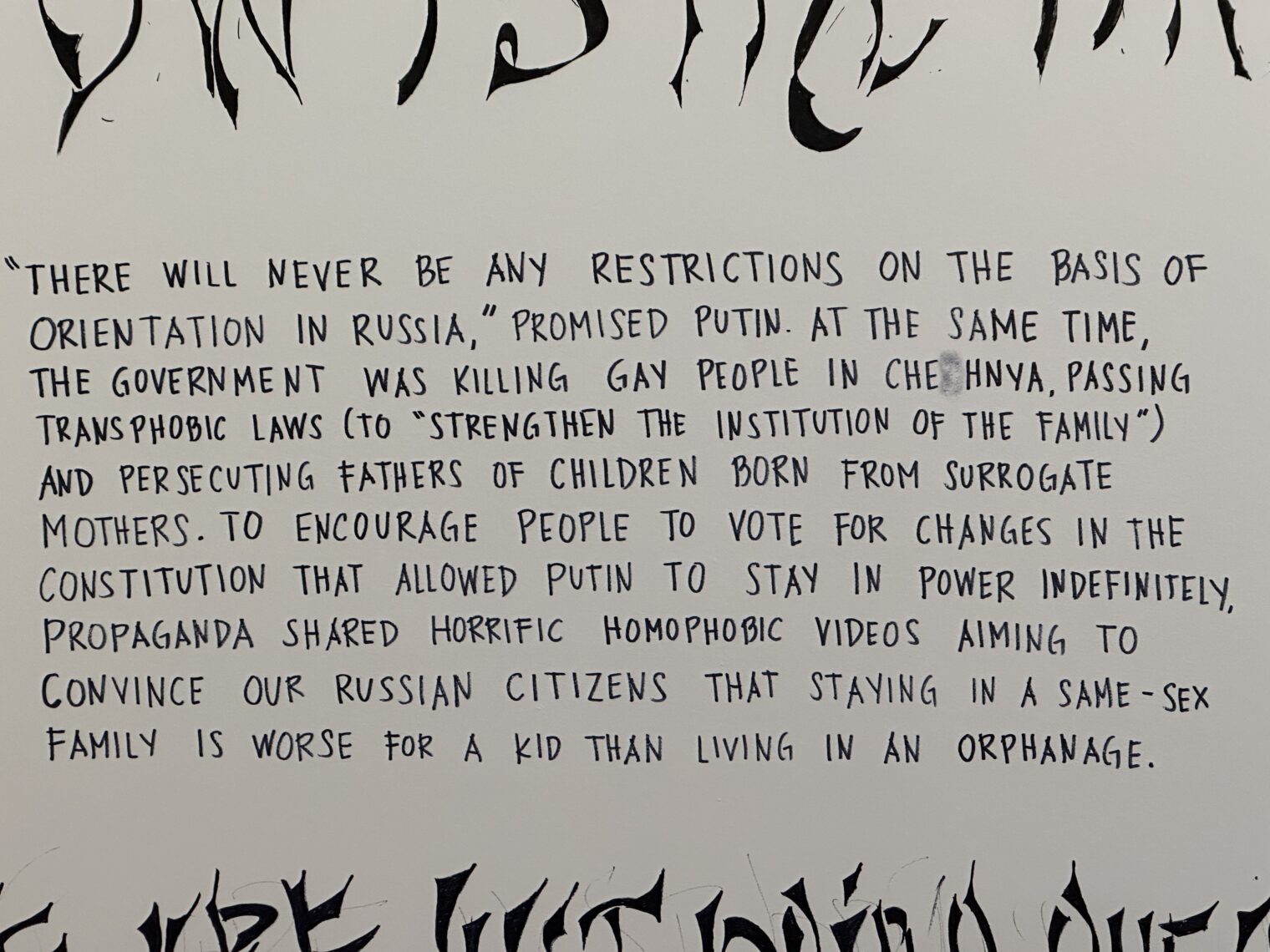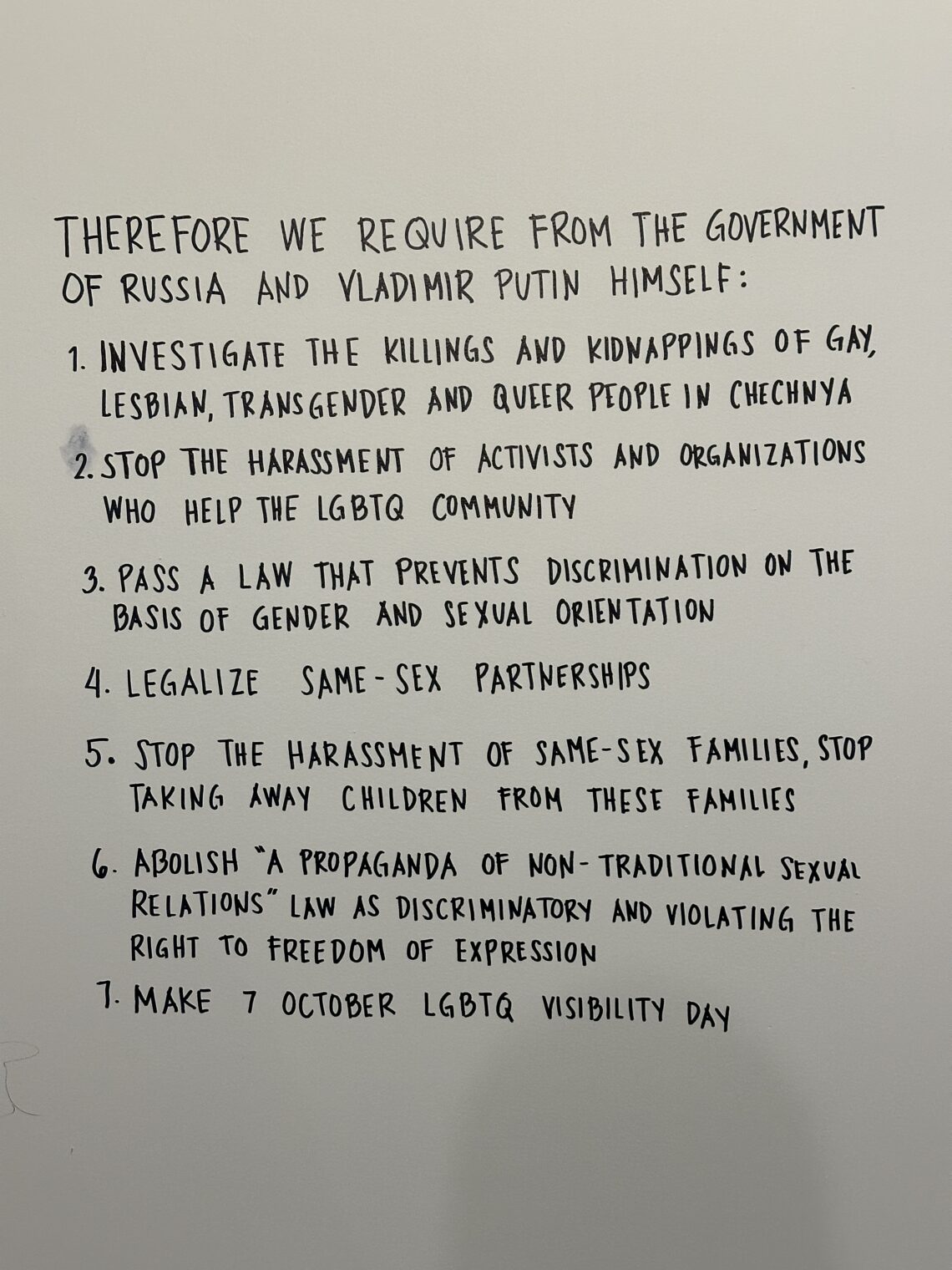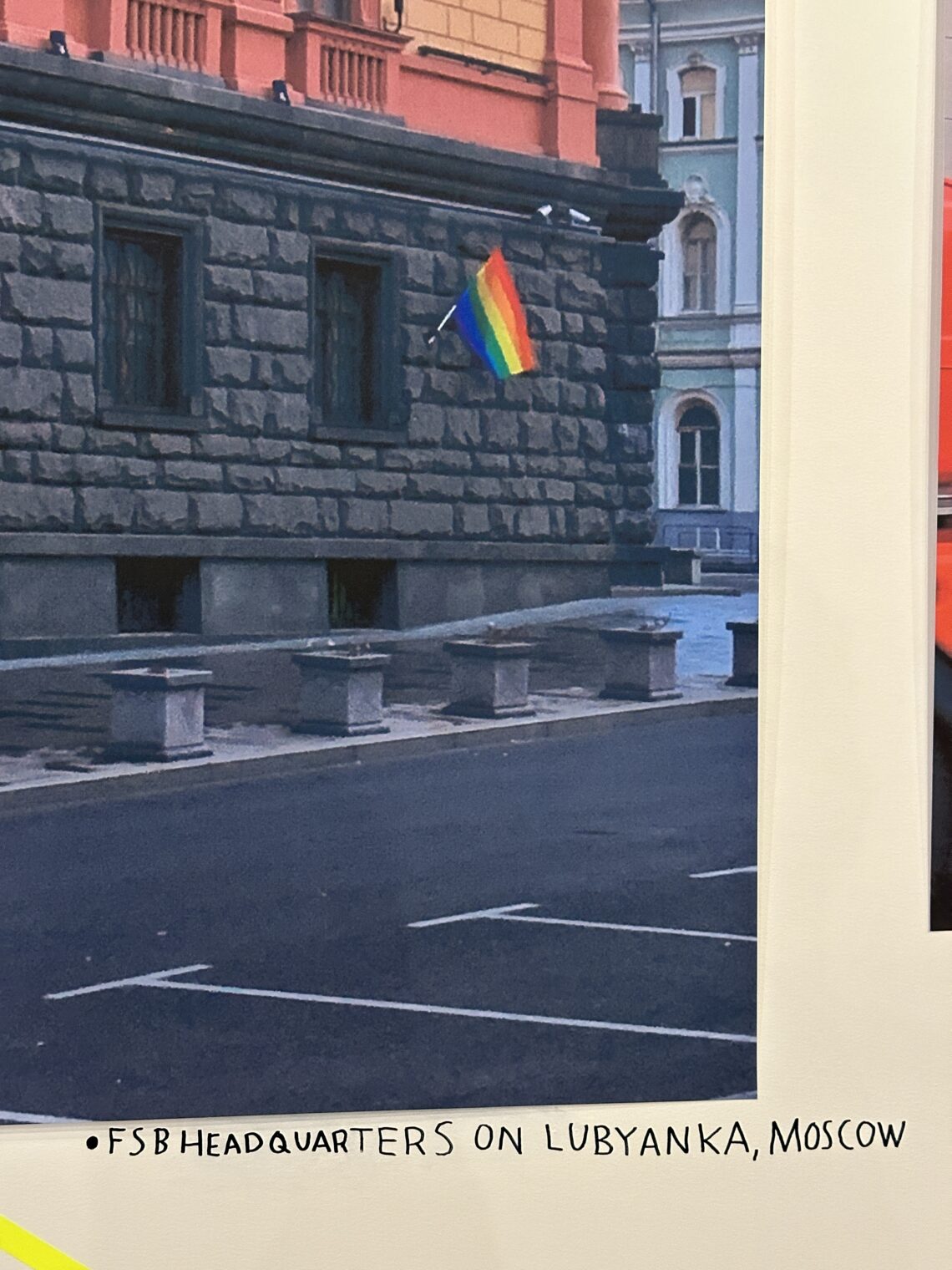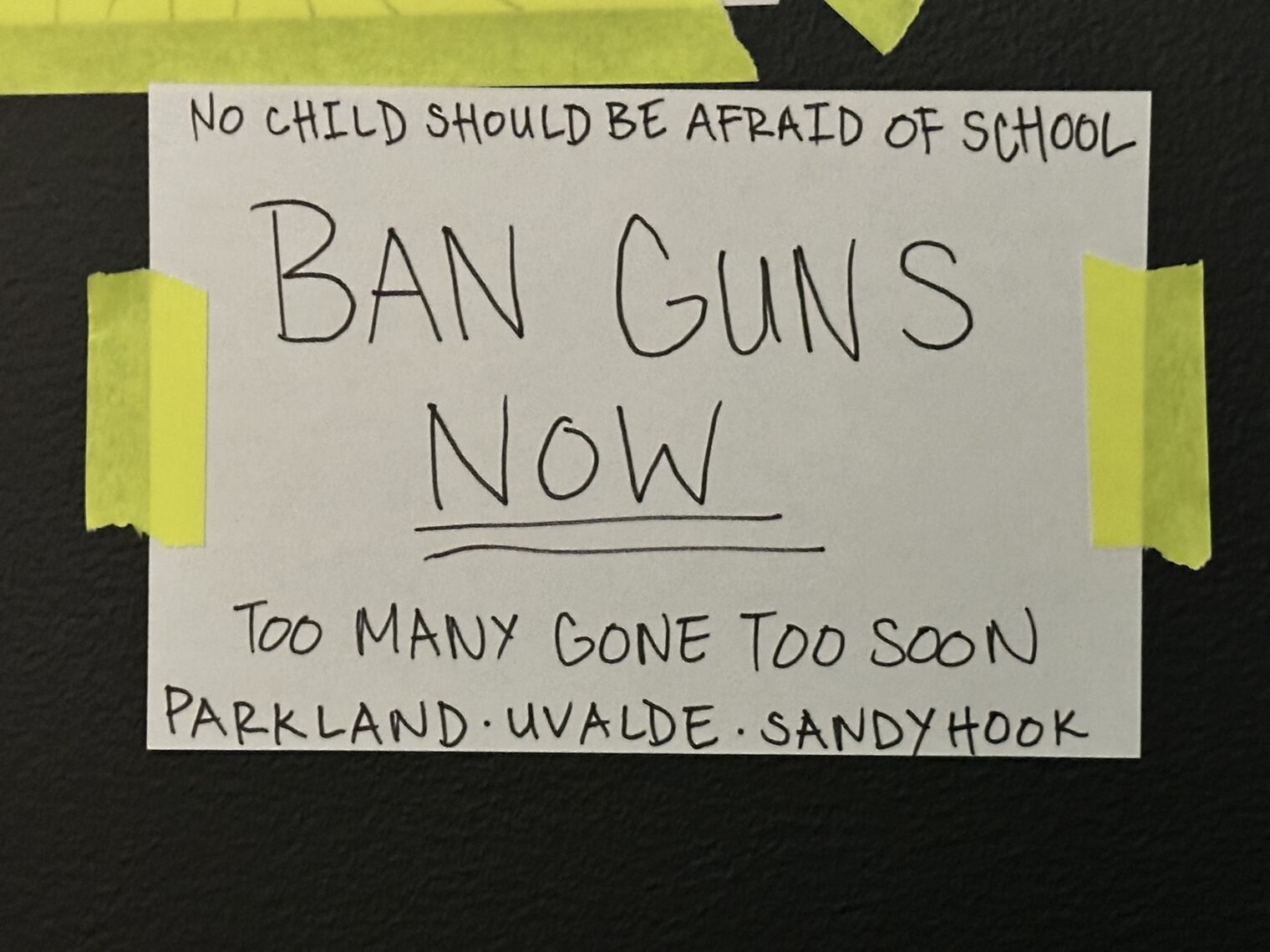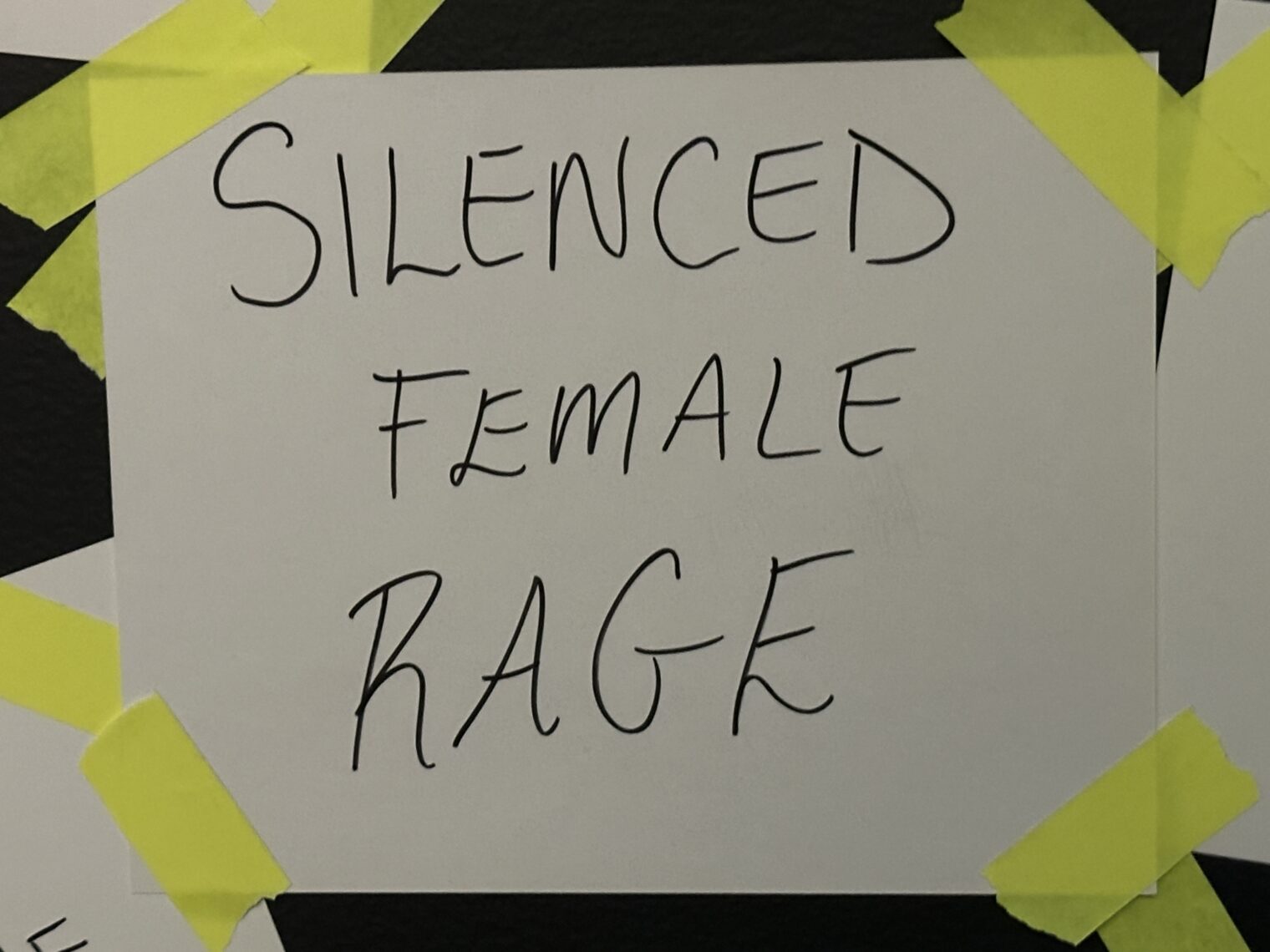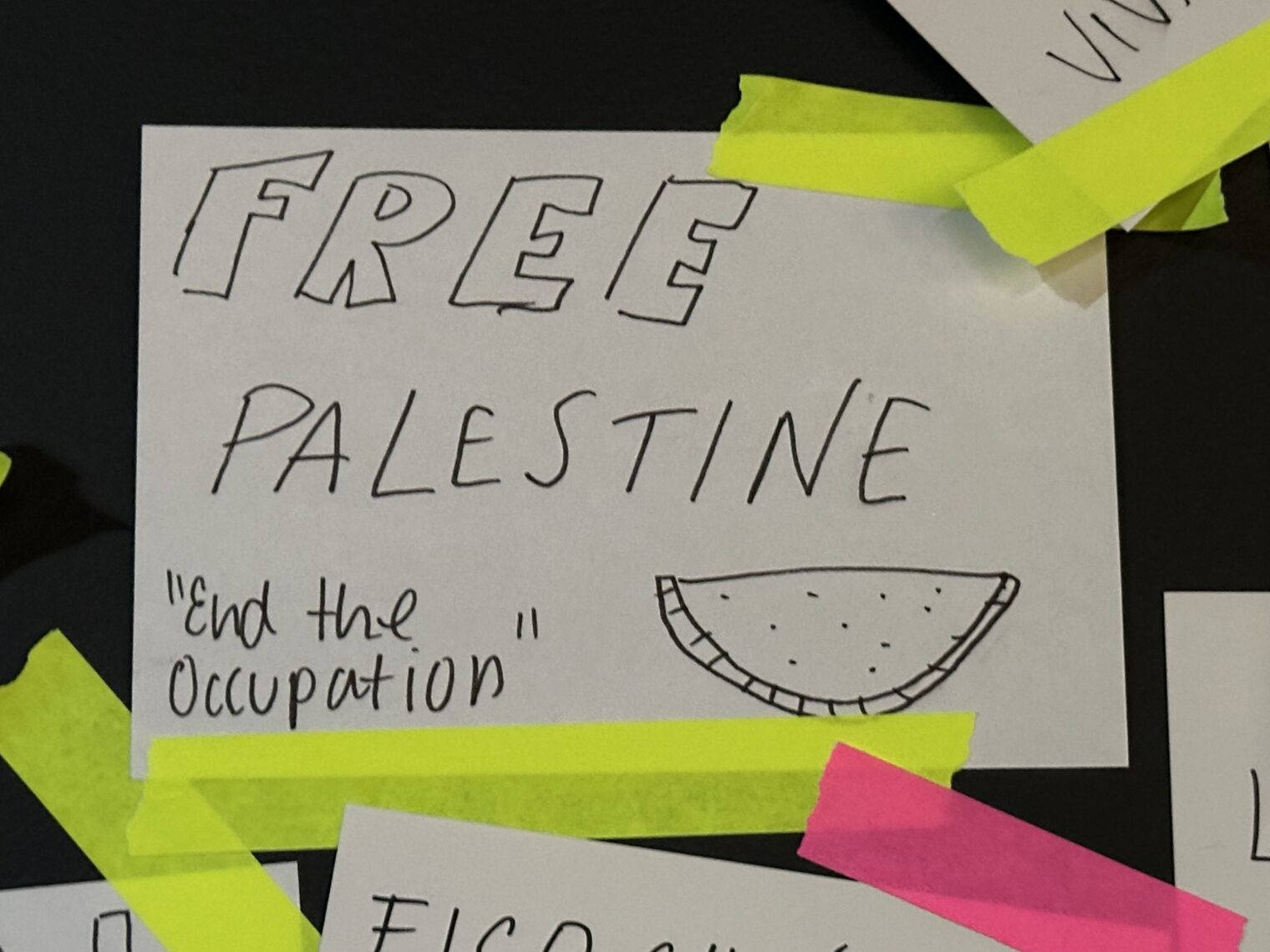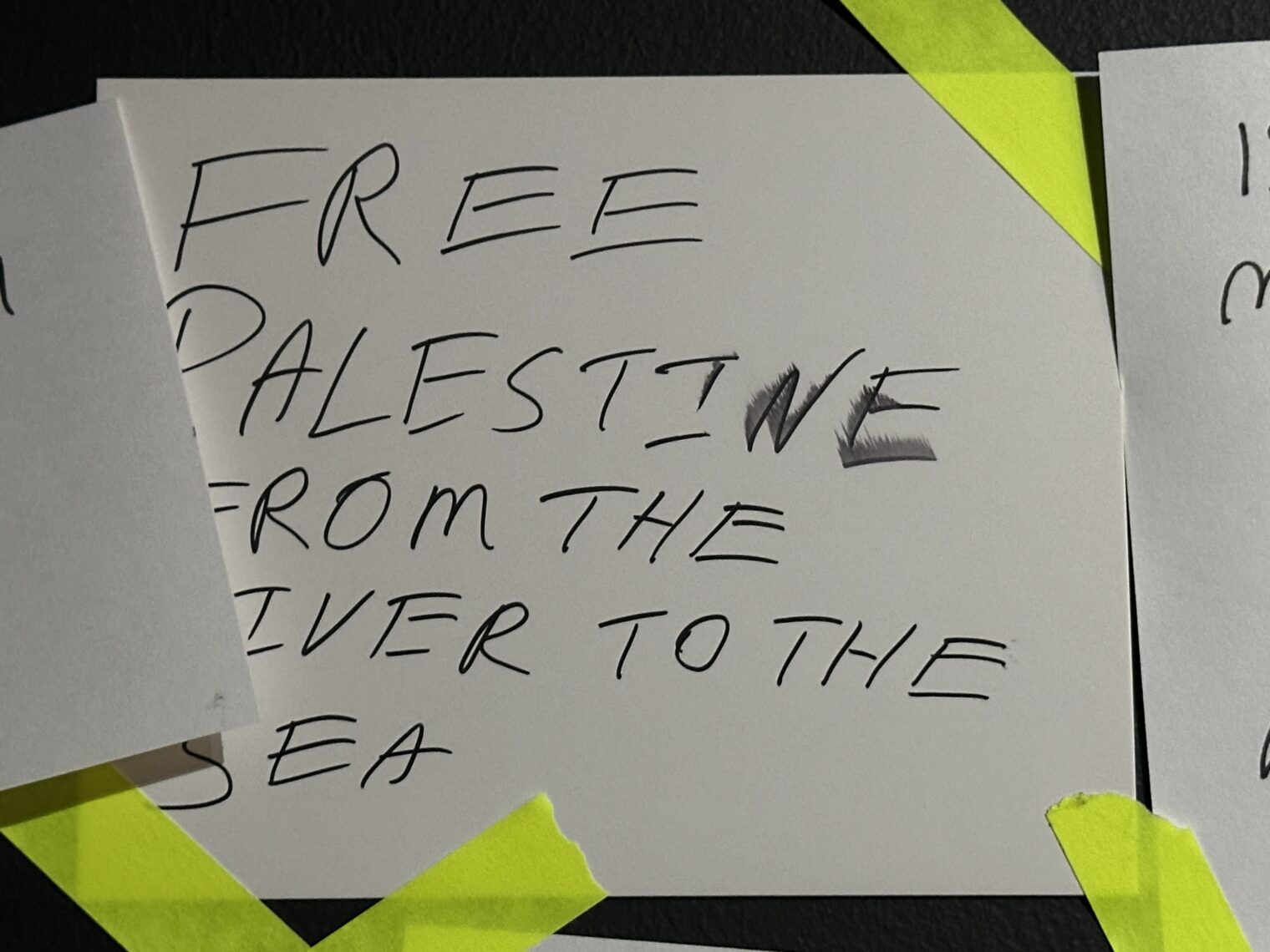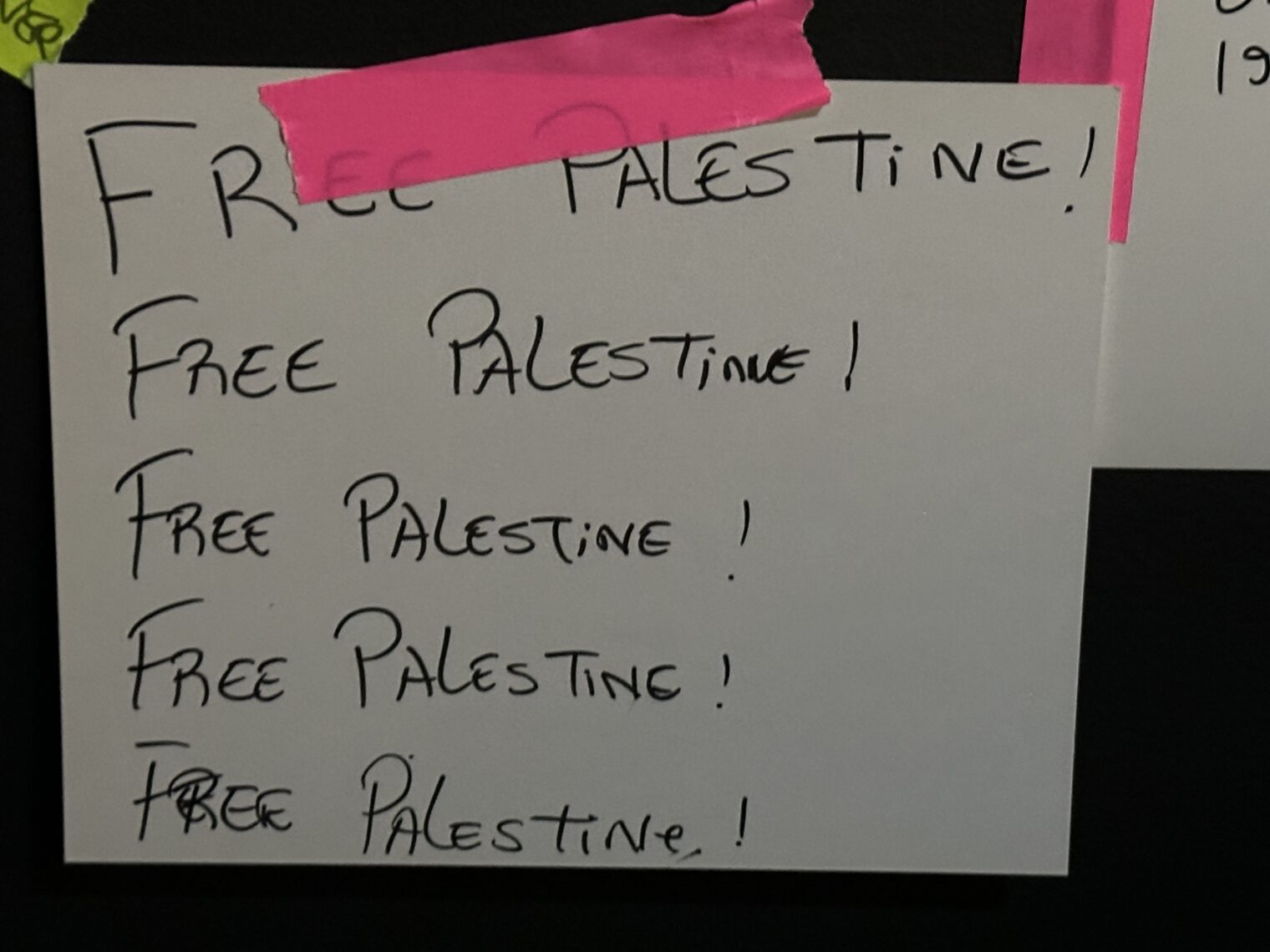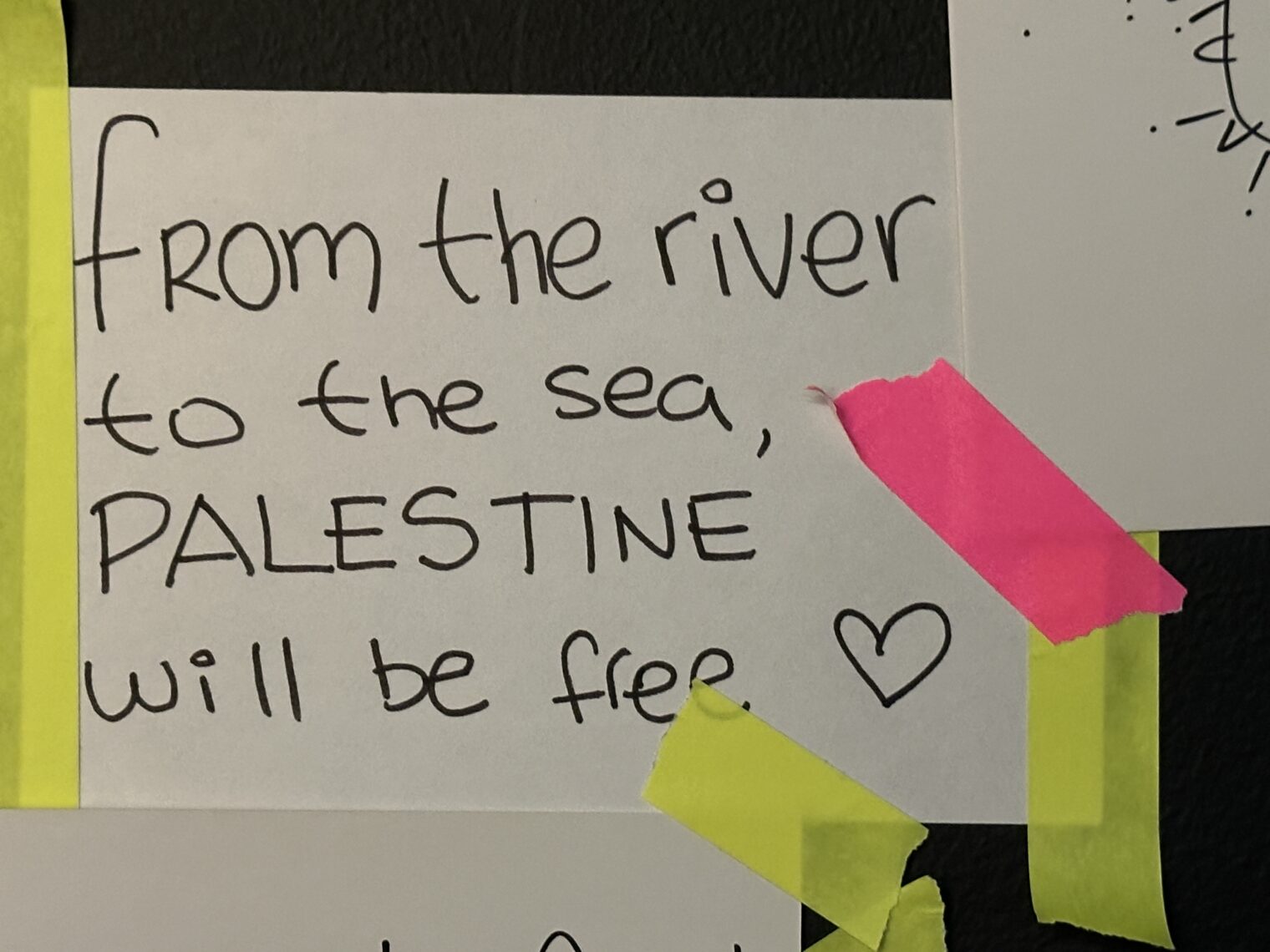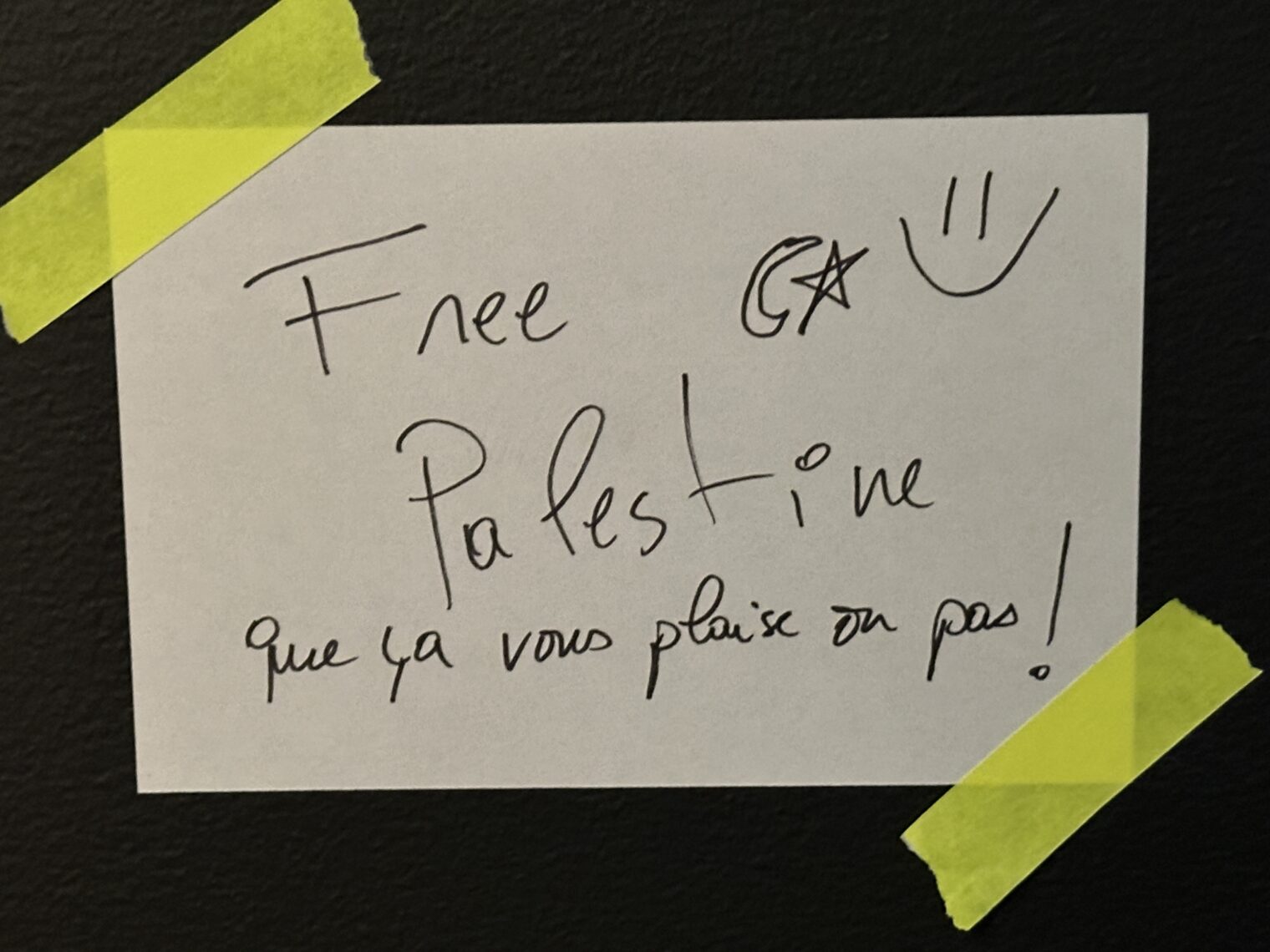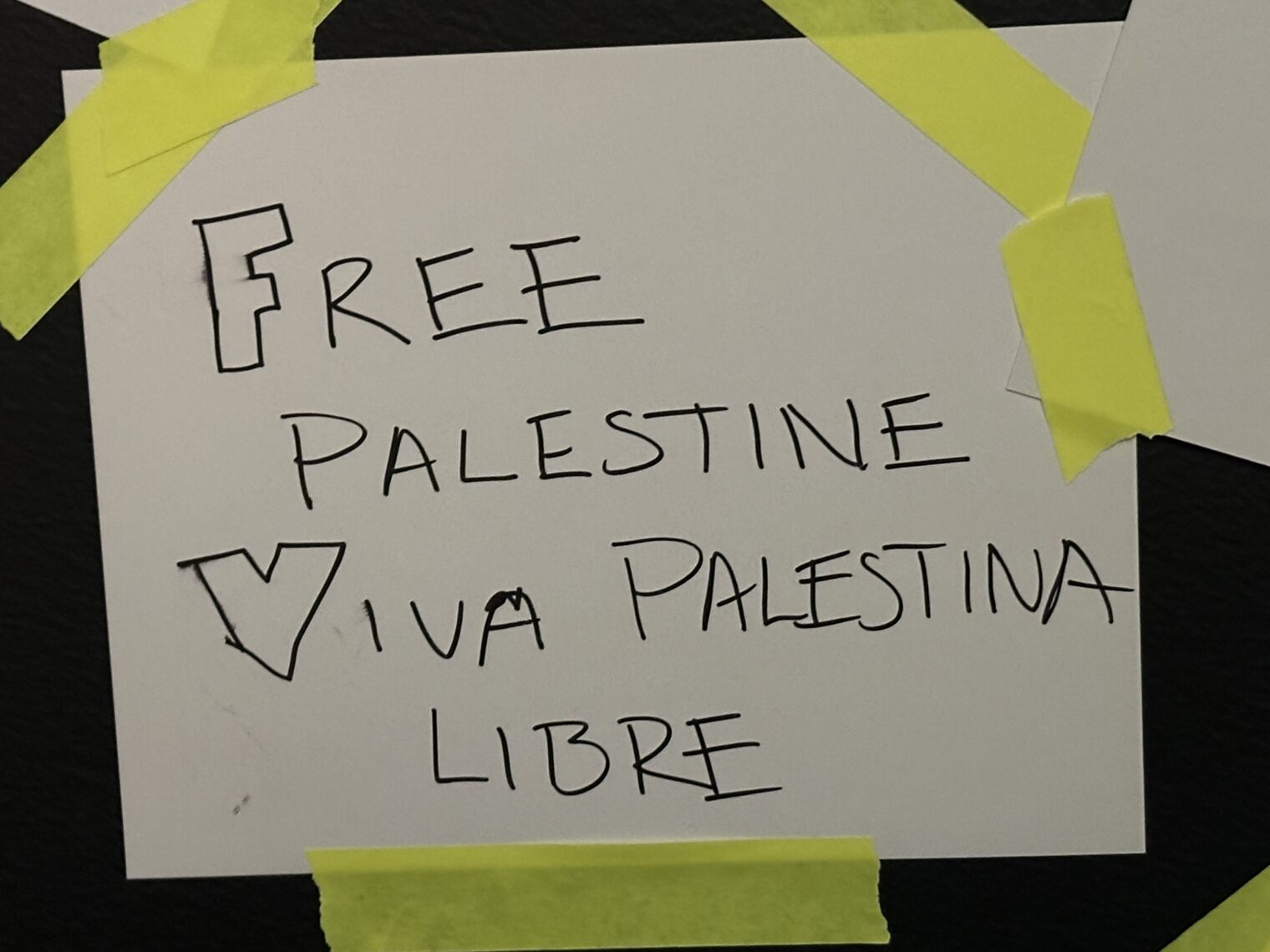History lessons at the art museum
I touched on my visit to the North Carolina Museum of Art in Is Donald Trump worse than George Washington? but I’d like to share some additional history lessons from the signage. This is a government-funded institution, so the lessons are, presumably, official State of North Carolina versions.
We learn that rich people love to laugh at peasants:

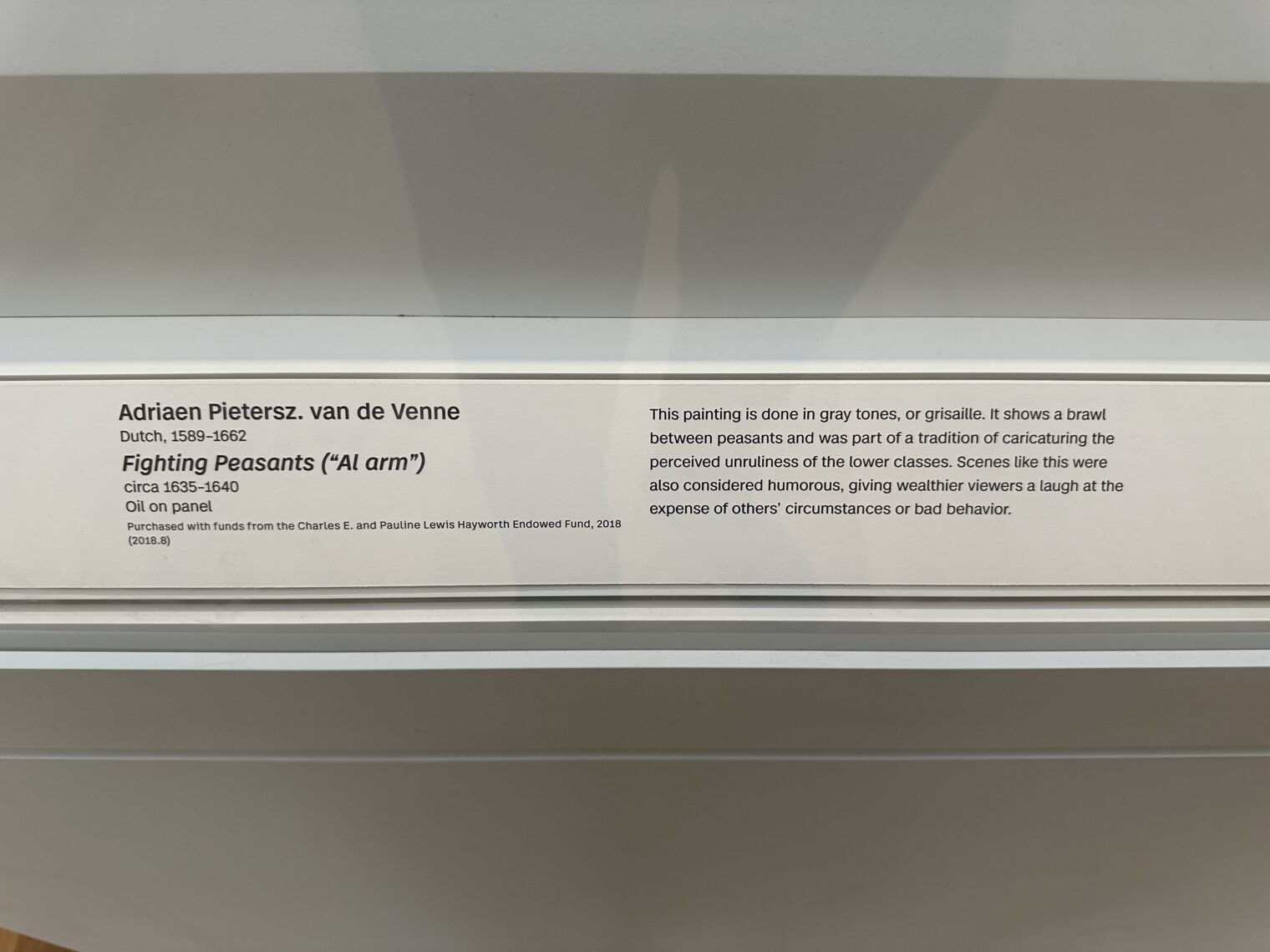
The Dutch were bad in general:
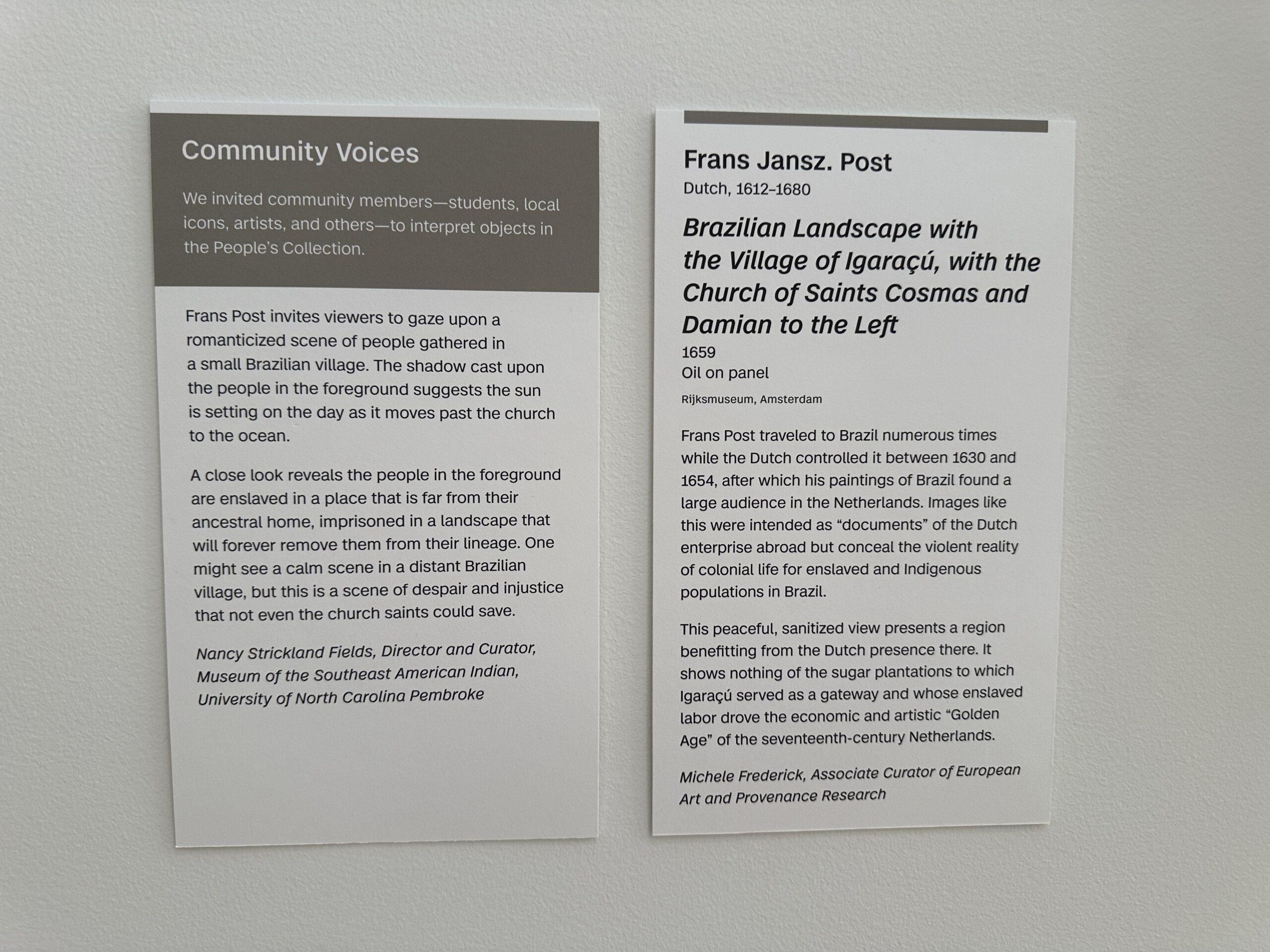
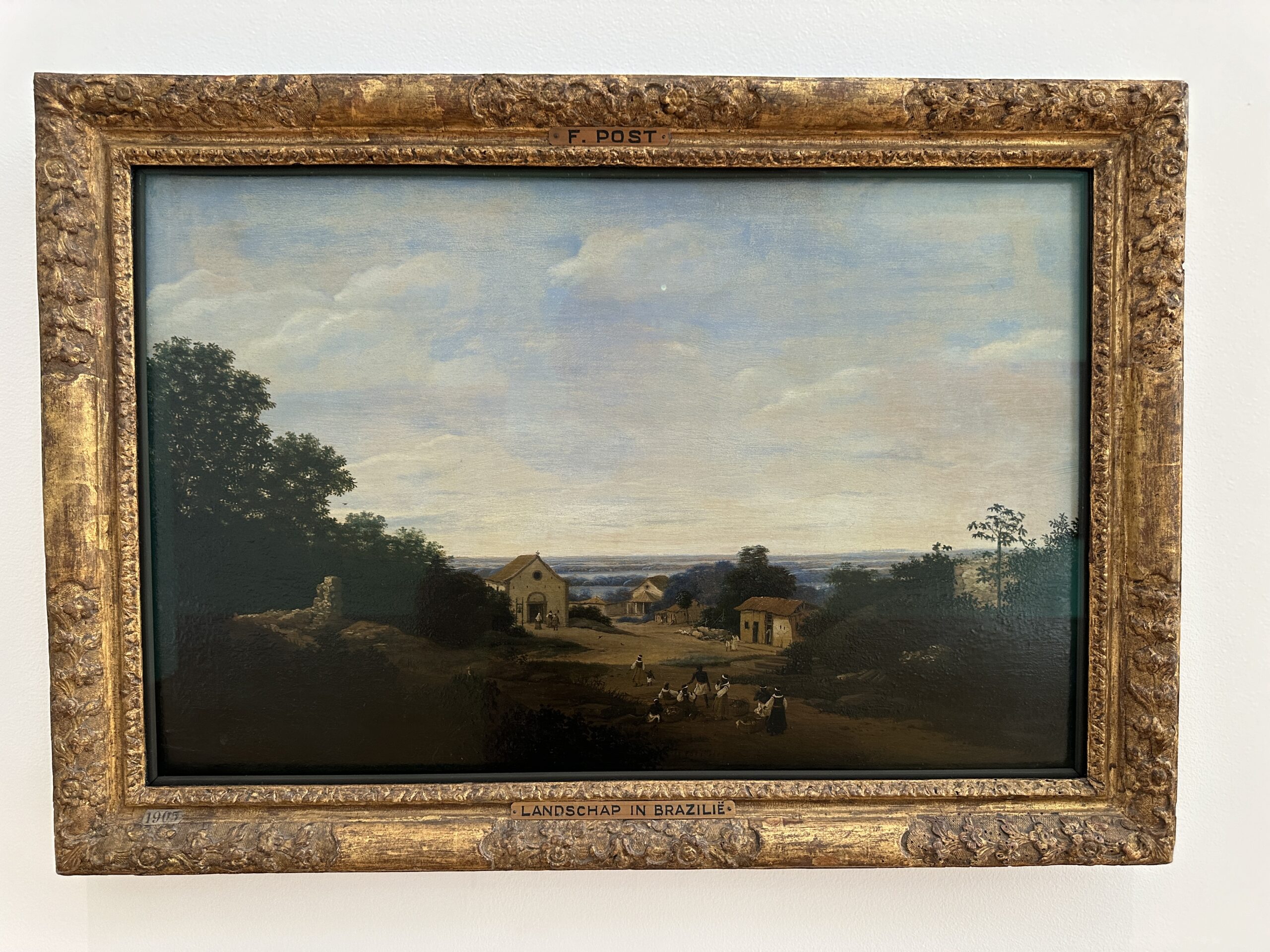
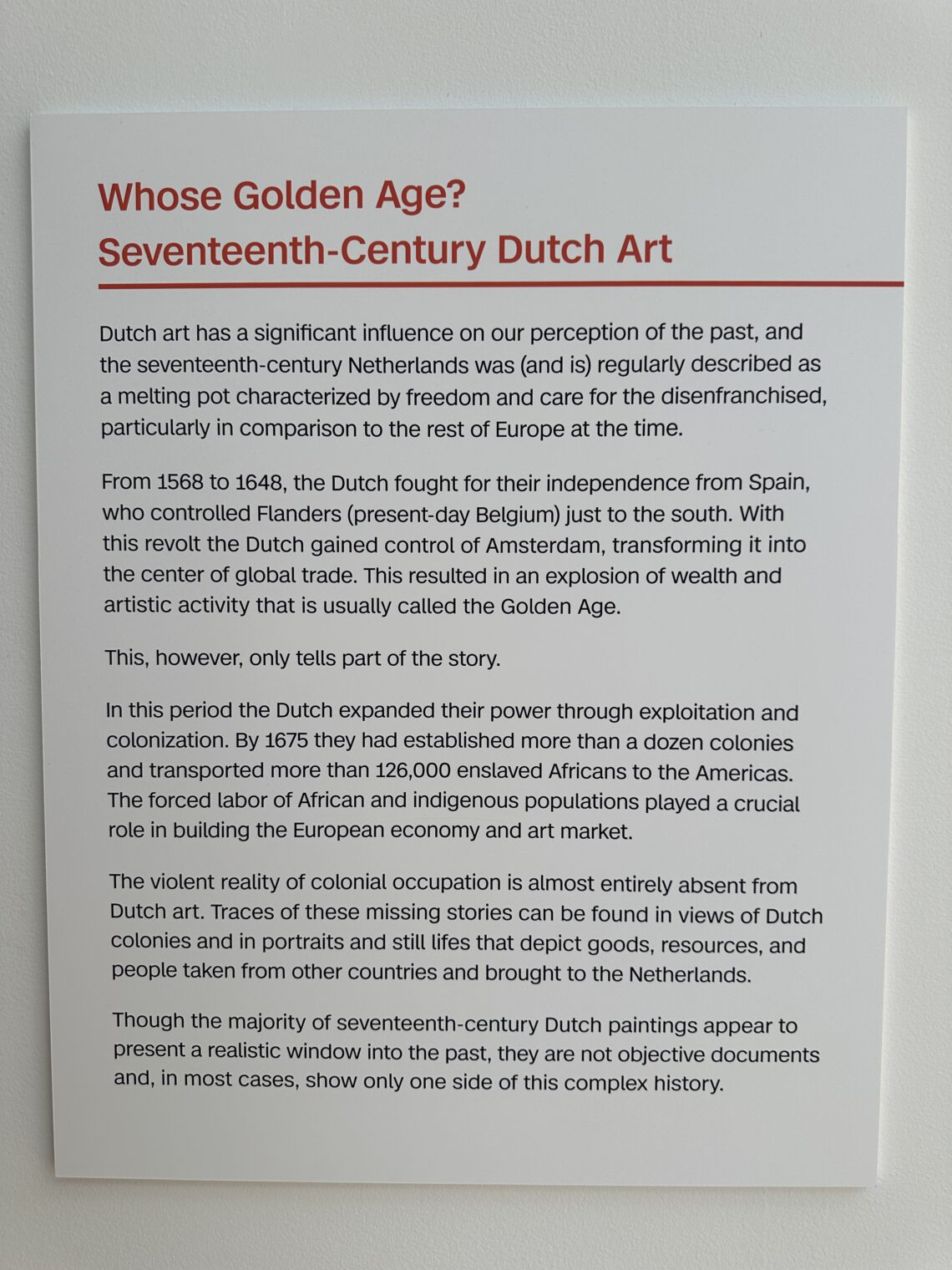
One Dutch guy was especially bad, being responsible for “Dutch expansion, exploitation, and violence” and giving Dutch people ships was bad because they used them for “violent establishment of foreign colonies”:

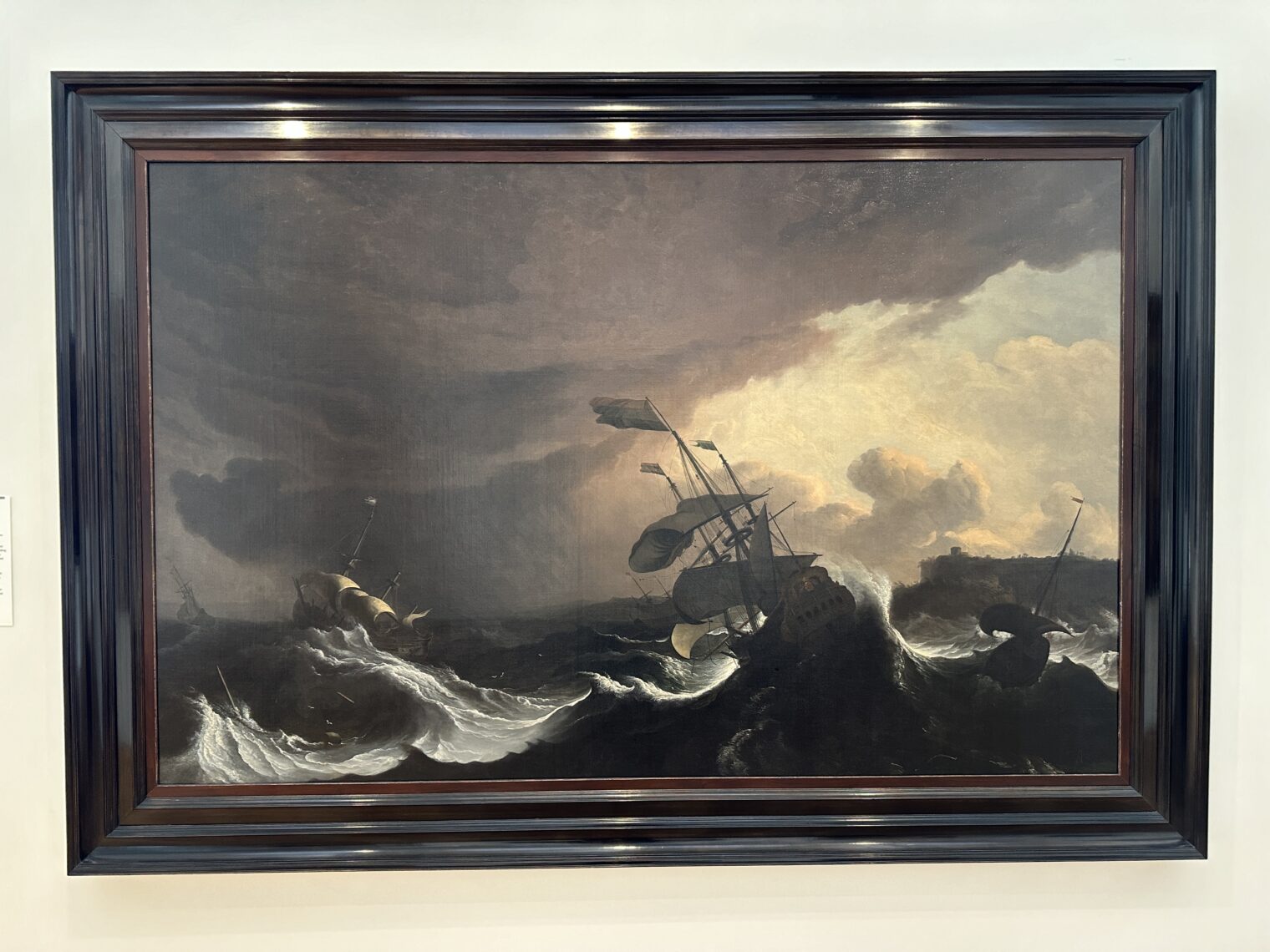
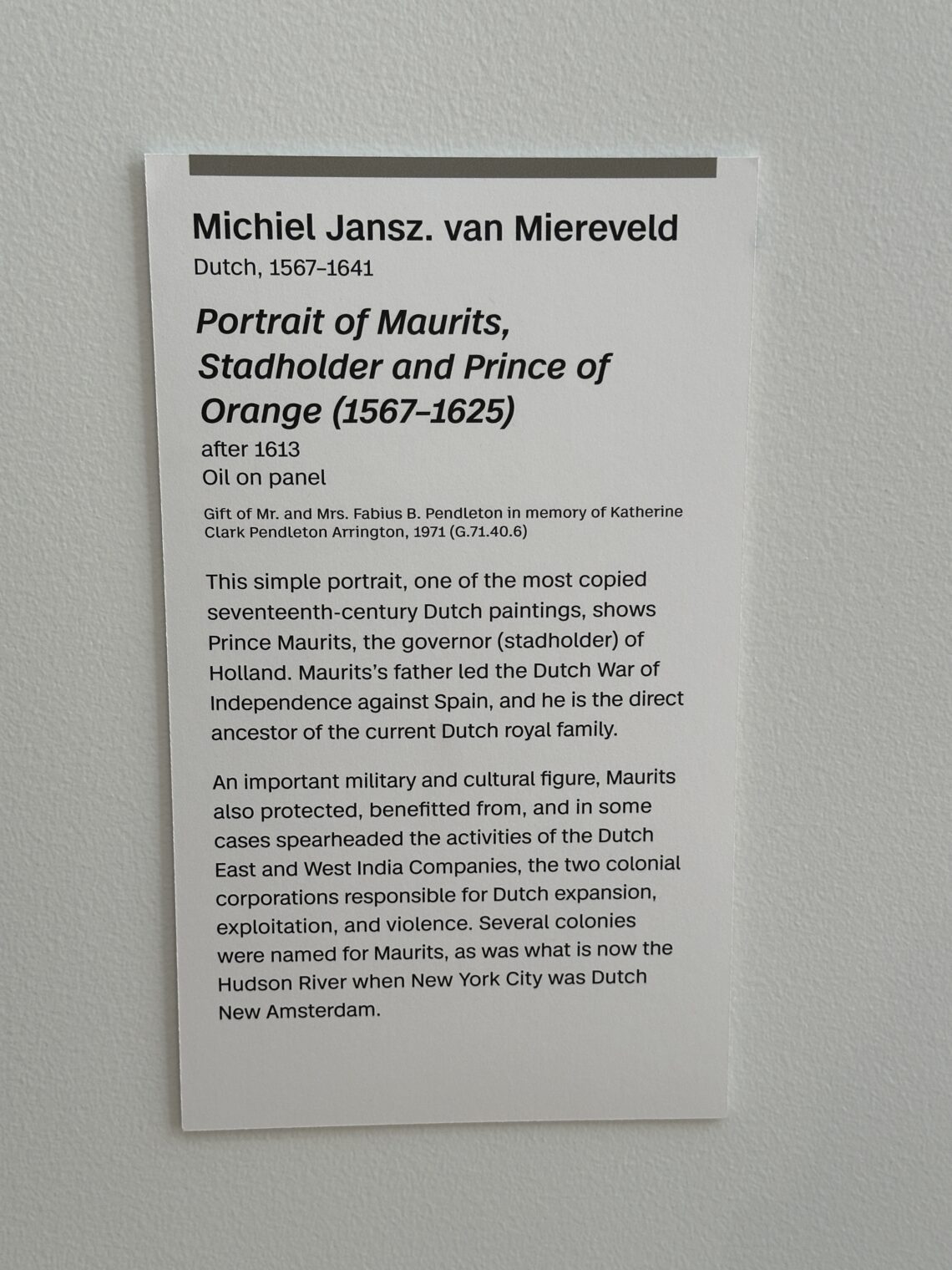
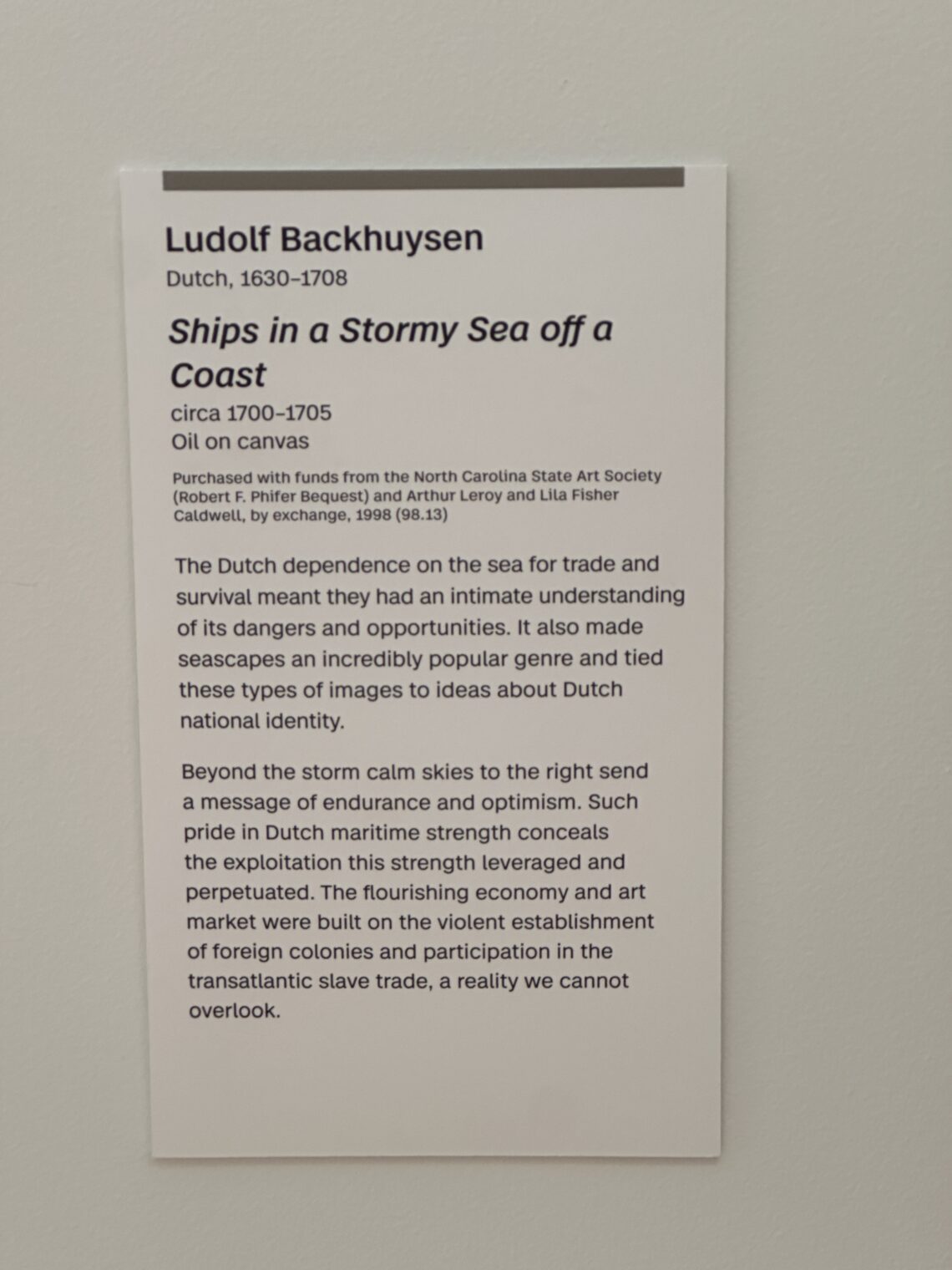
The English were bad settler-colonialists in North America (see previous post regarding a wall-sign biography of George Washington) and the Bostonians were especially bad, e.g., Sir William Pepperrell who was “the sole heir to a well-known merchant and enslaver in Massachusetts”:
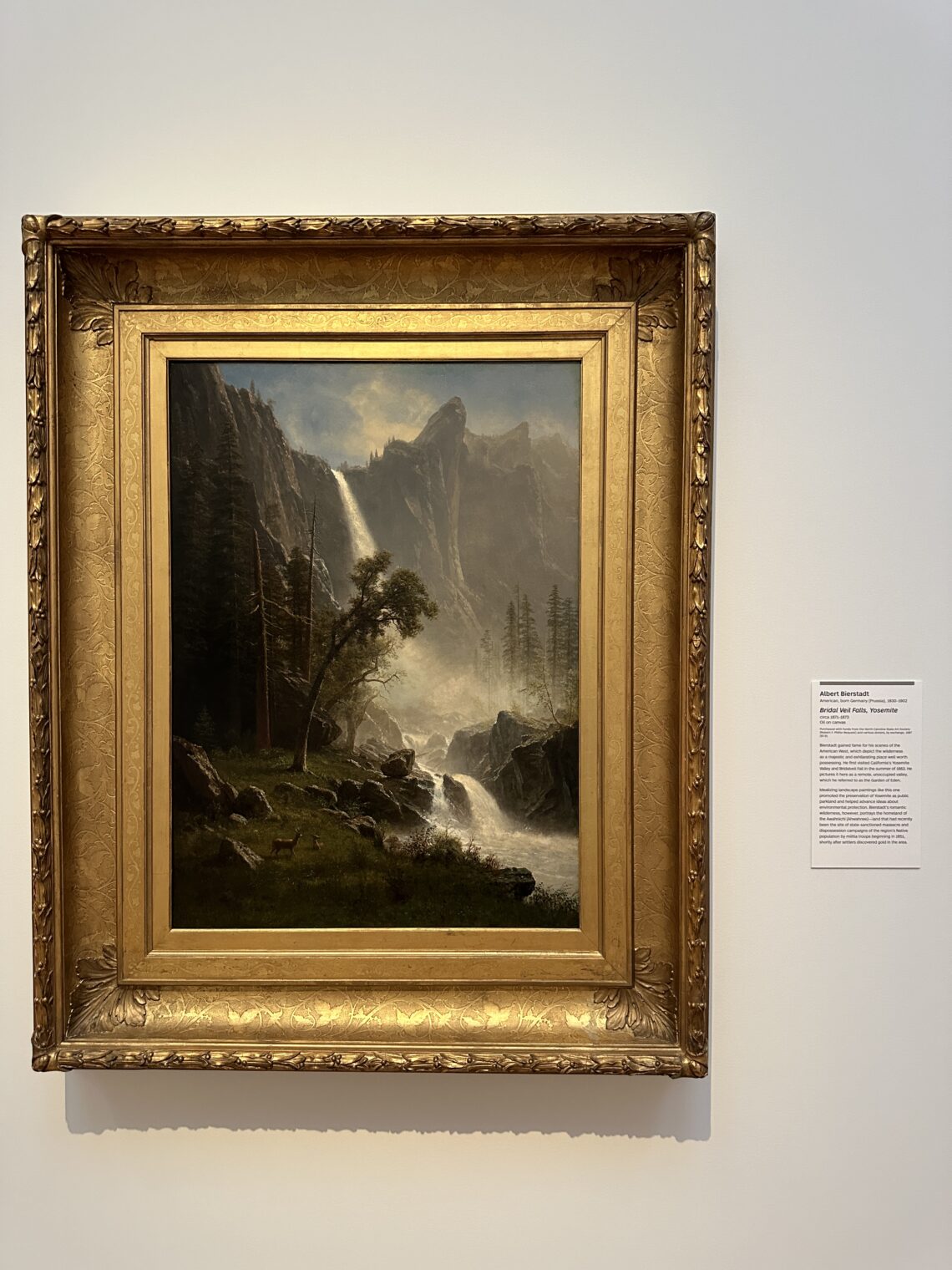
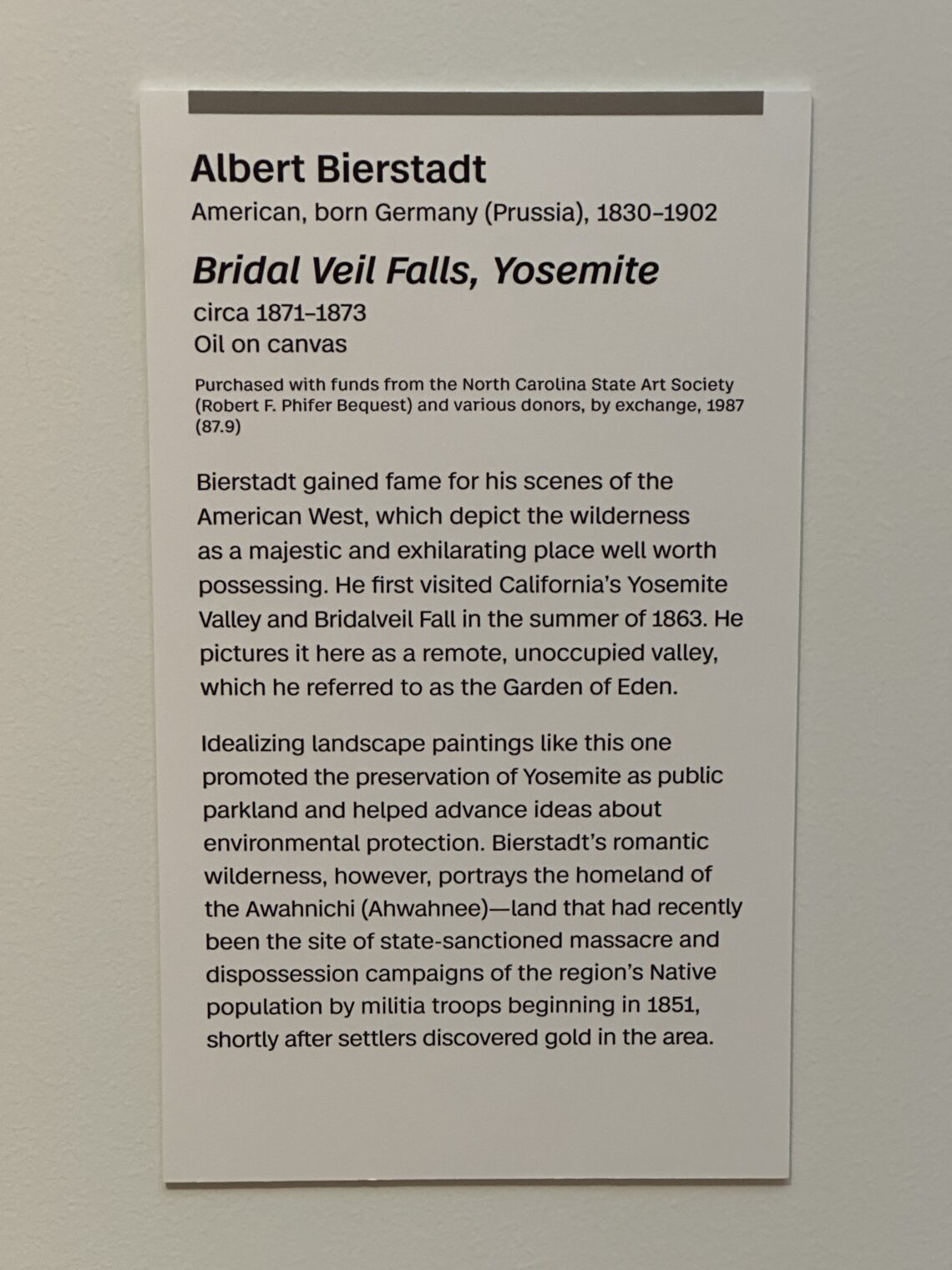
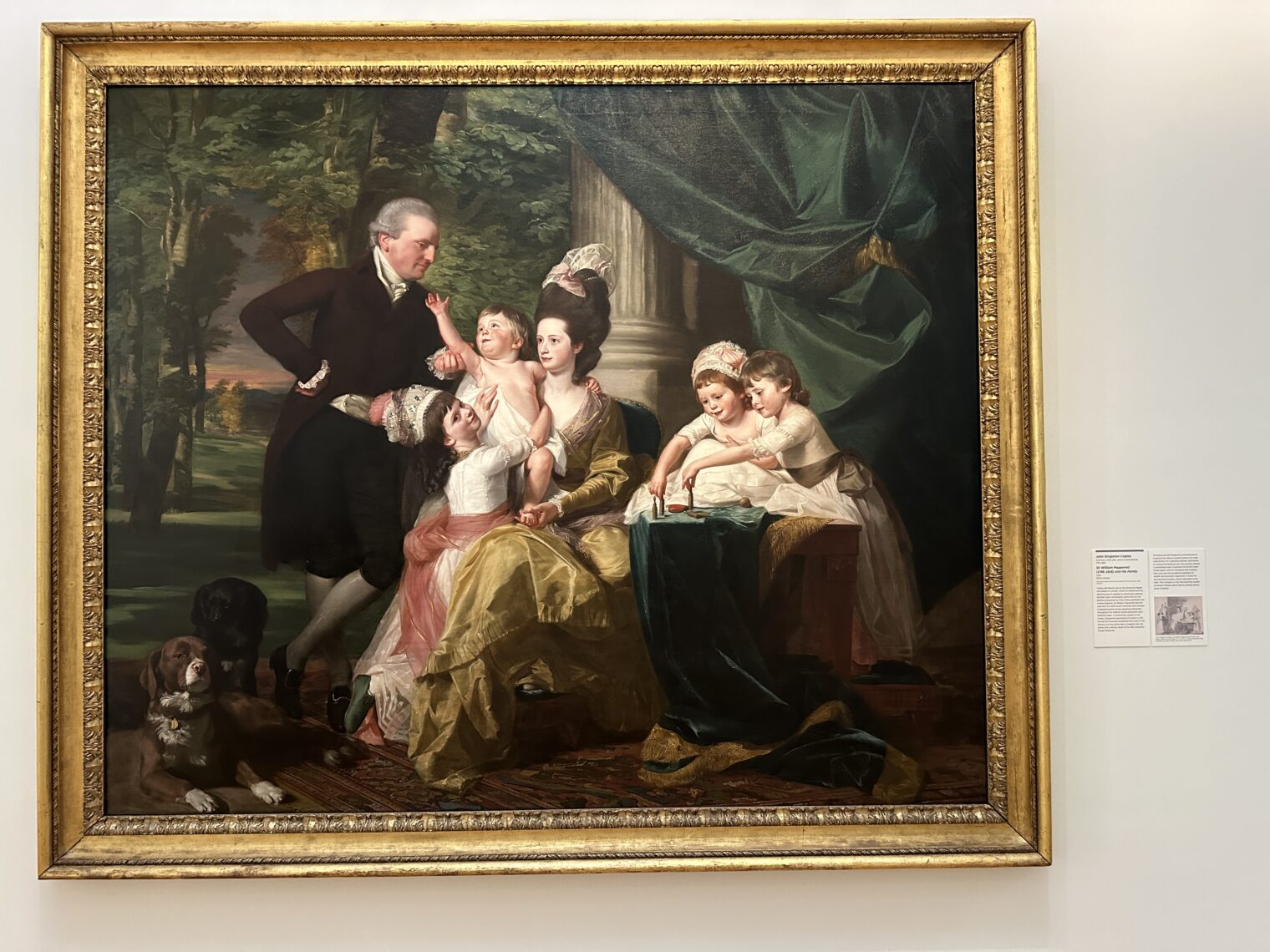
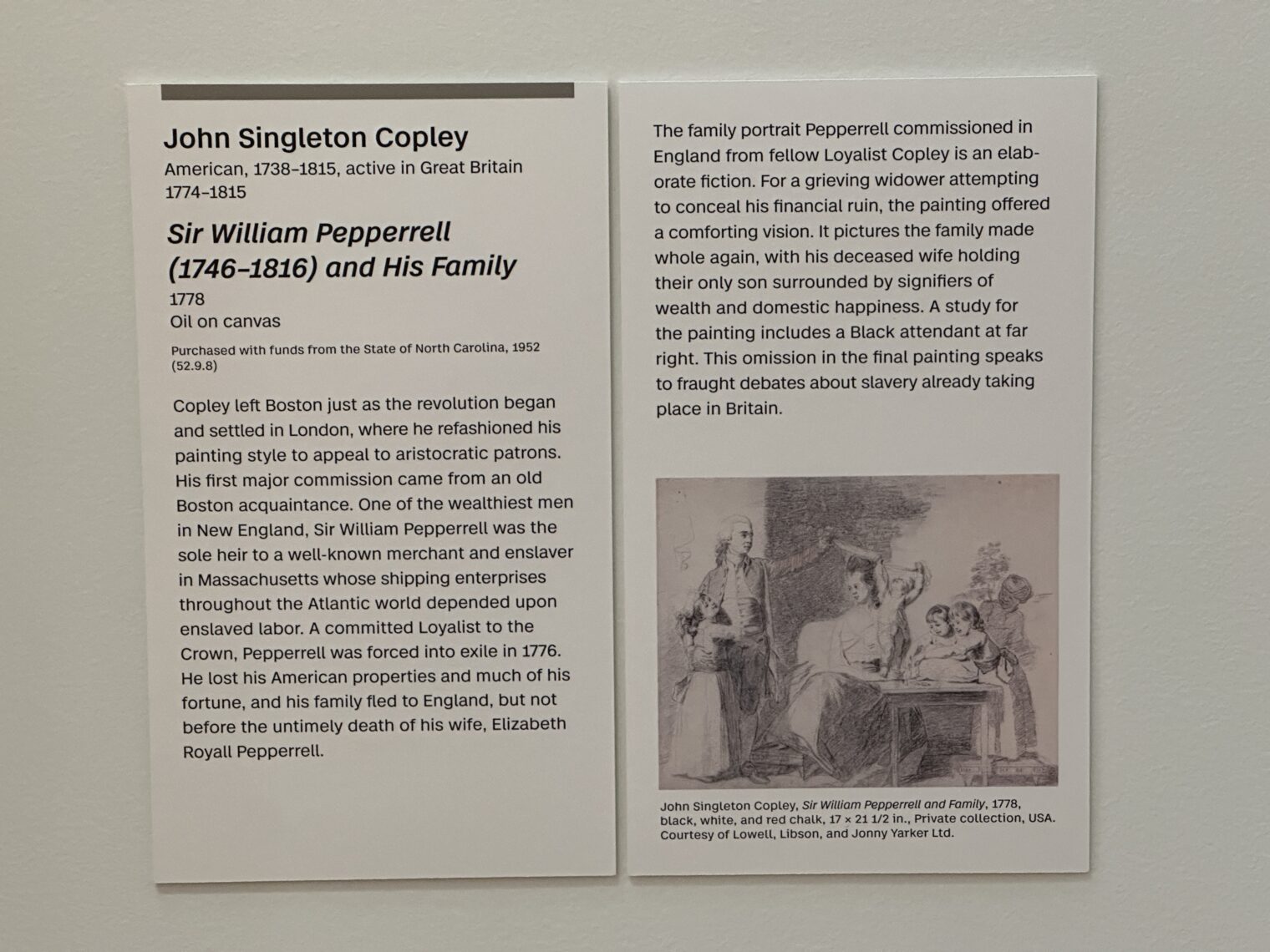
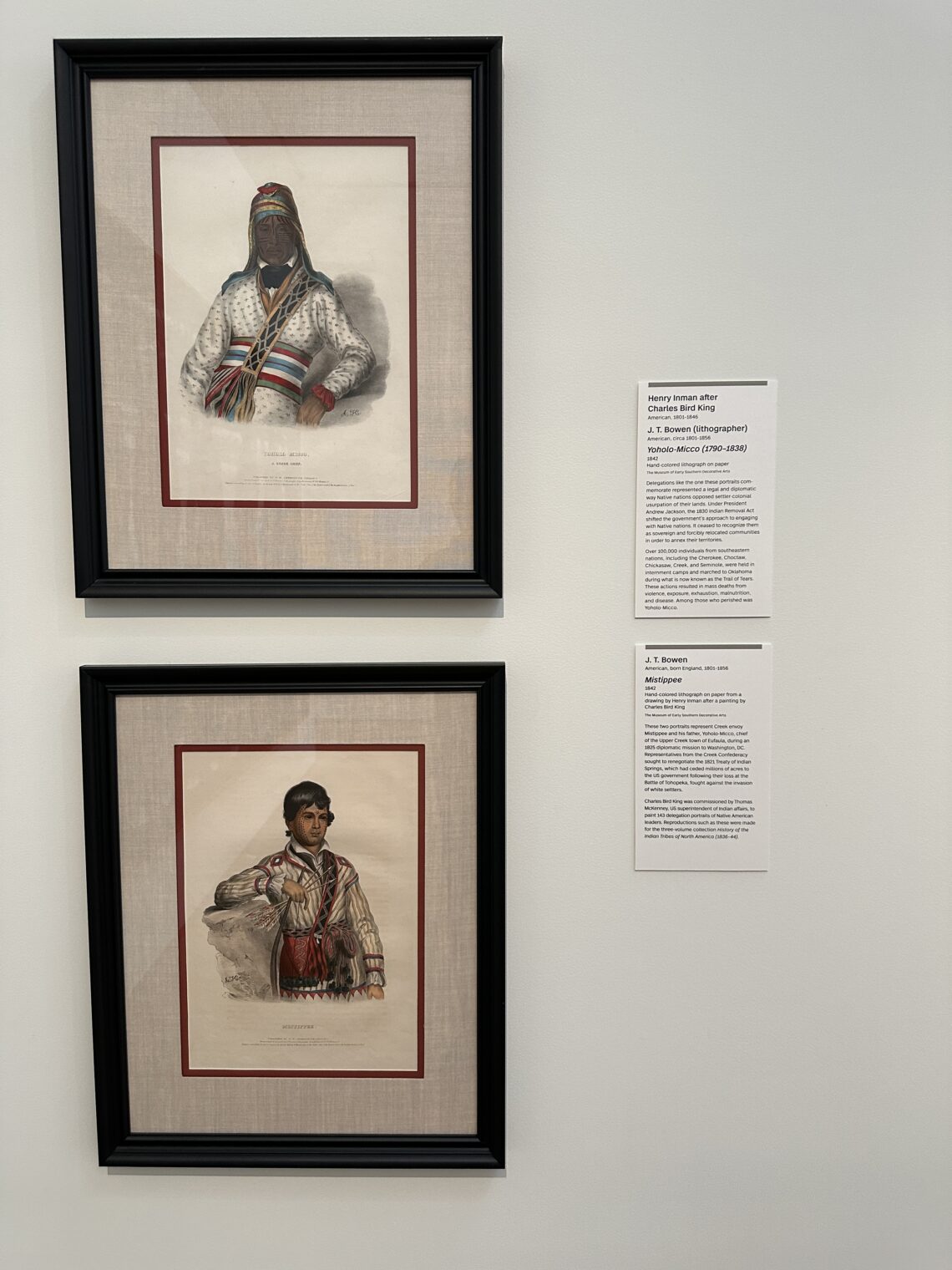
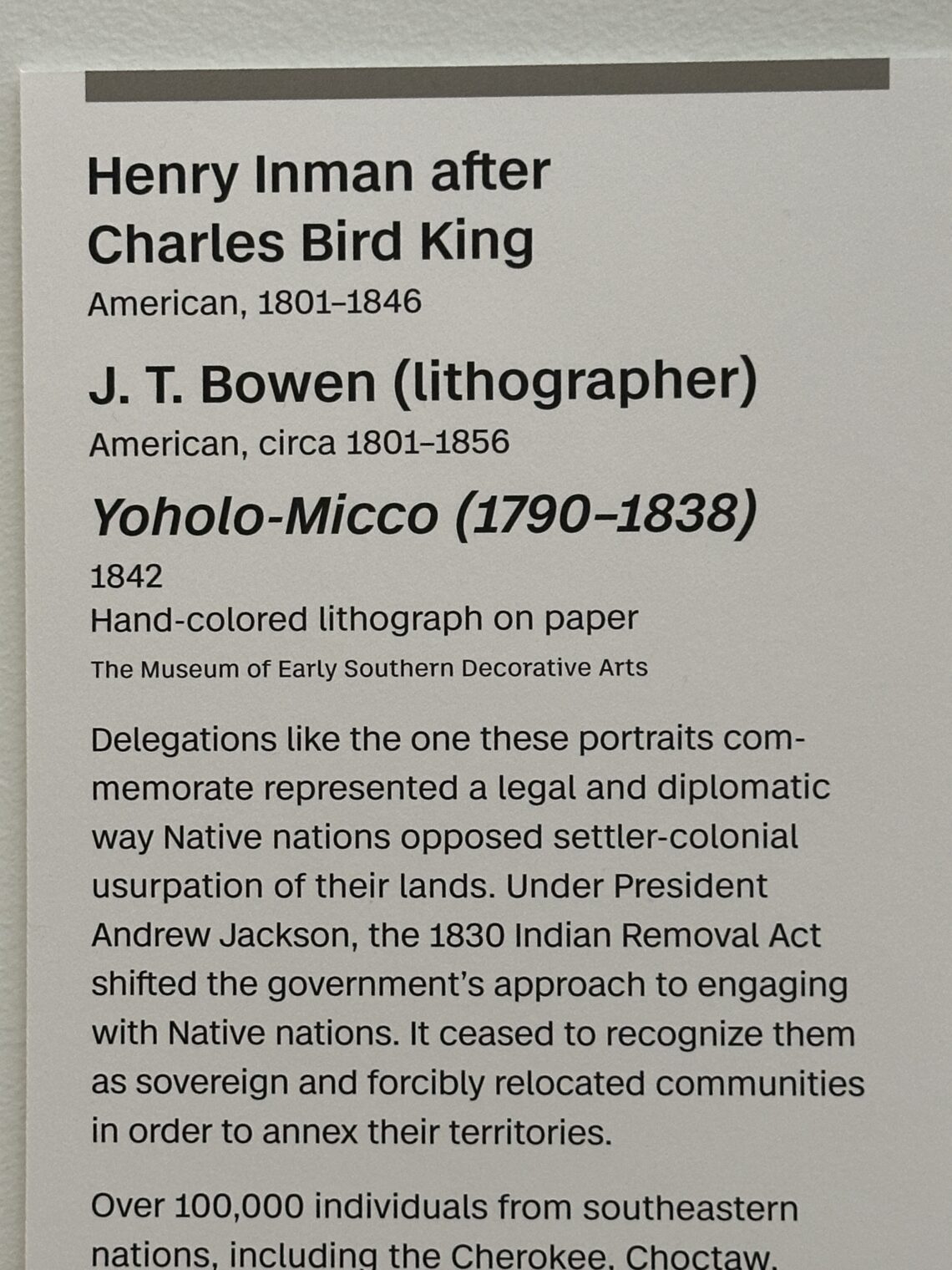
The bird nerd is bad:
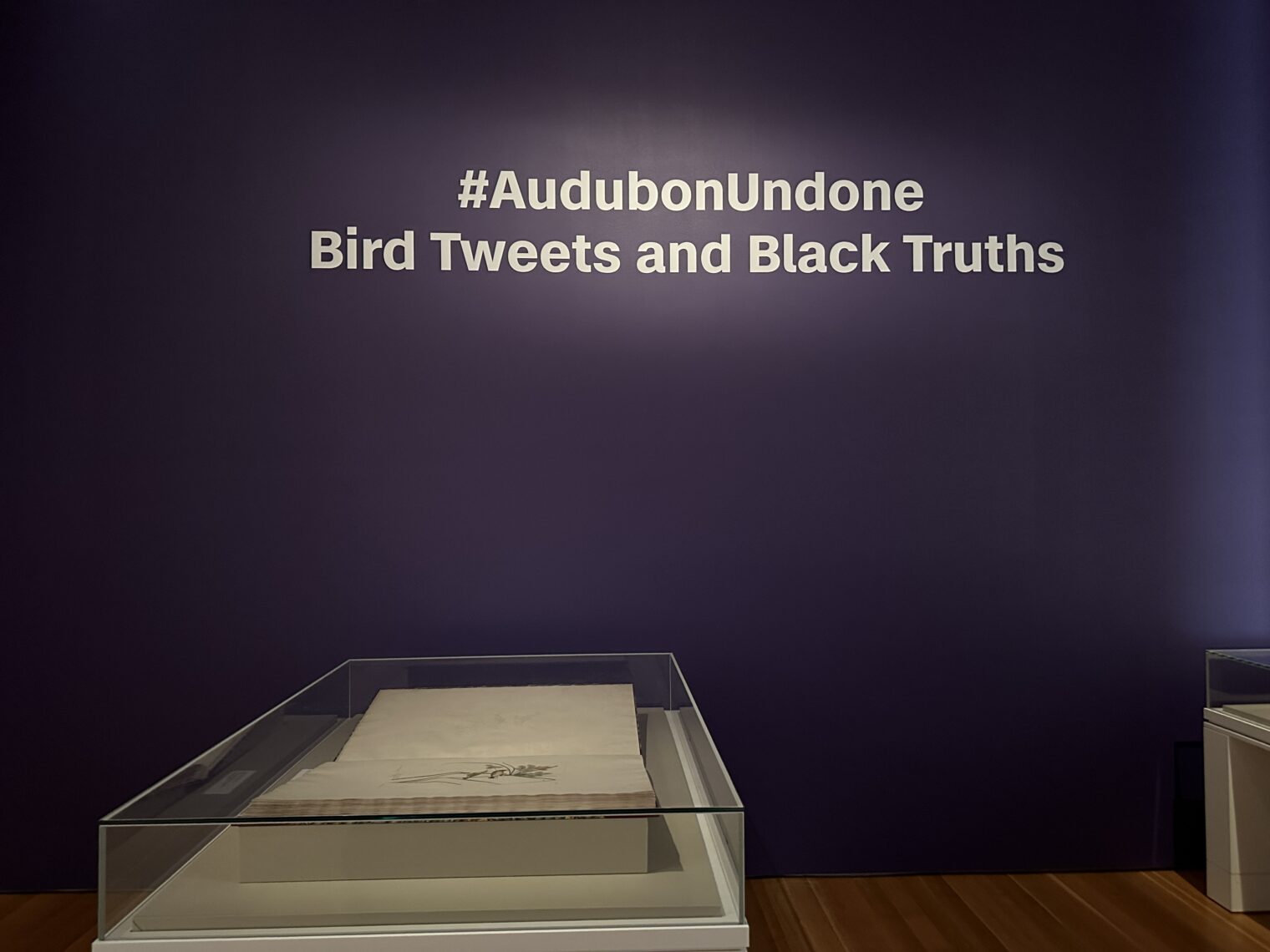
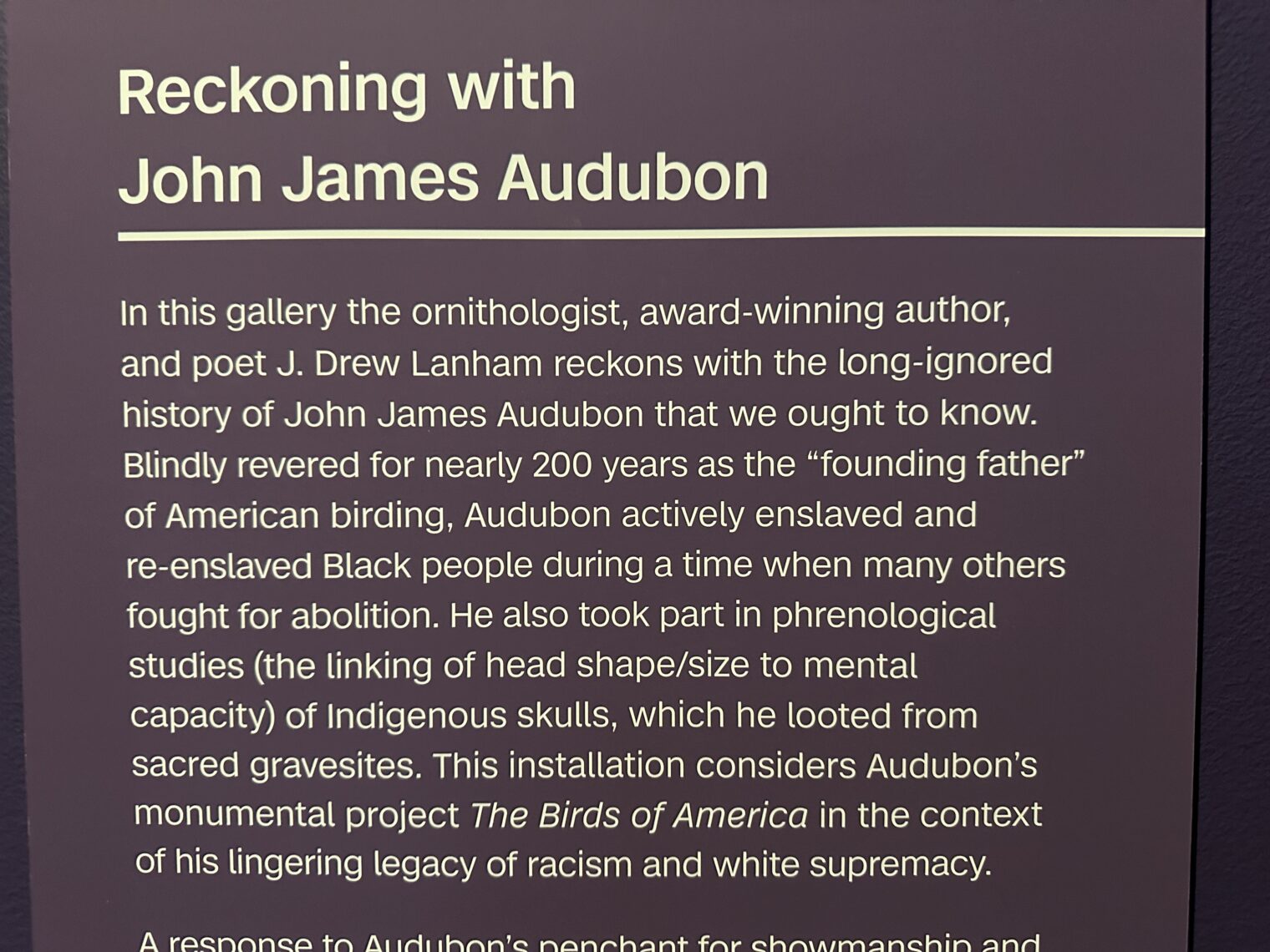
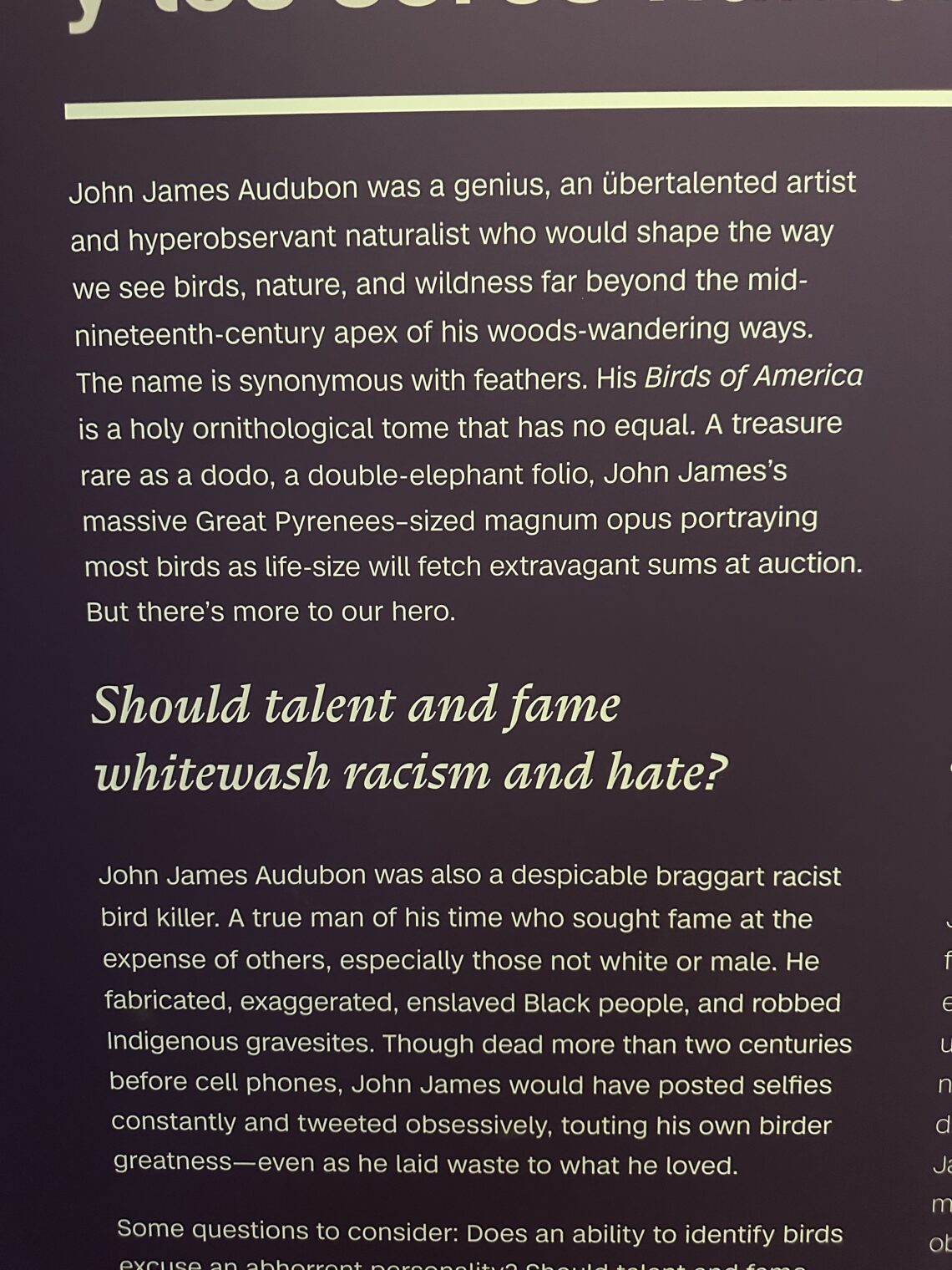
If you think that racism 200 years ago isn’t relevant, note that the National Audubon Society continues to support the party of slavery, with more than 98 percent of its political contributions going to Democrats (opensecrets.org; I think this might measure the contributions of executives and officers since a nonprofit org itself shouldn’t be donating to any political candidates).
Unlike Audubon, the museum bravely takes a stand against slavery (“deplorable”!) and “systemic racism”:
Has all of human civilization been exploitation and violence? No. Elites and peasants lived in harmony in pre-Columbian America. They danced and made music together at “communal feasts” where “diverse parts of society coexisted, sharing food and drink.”
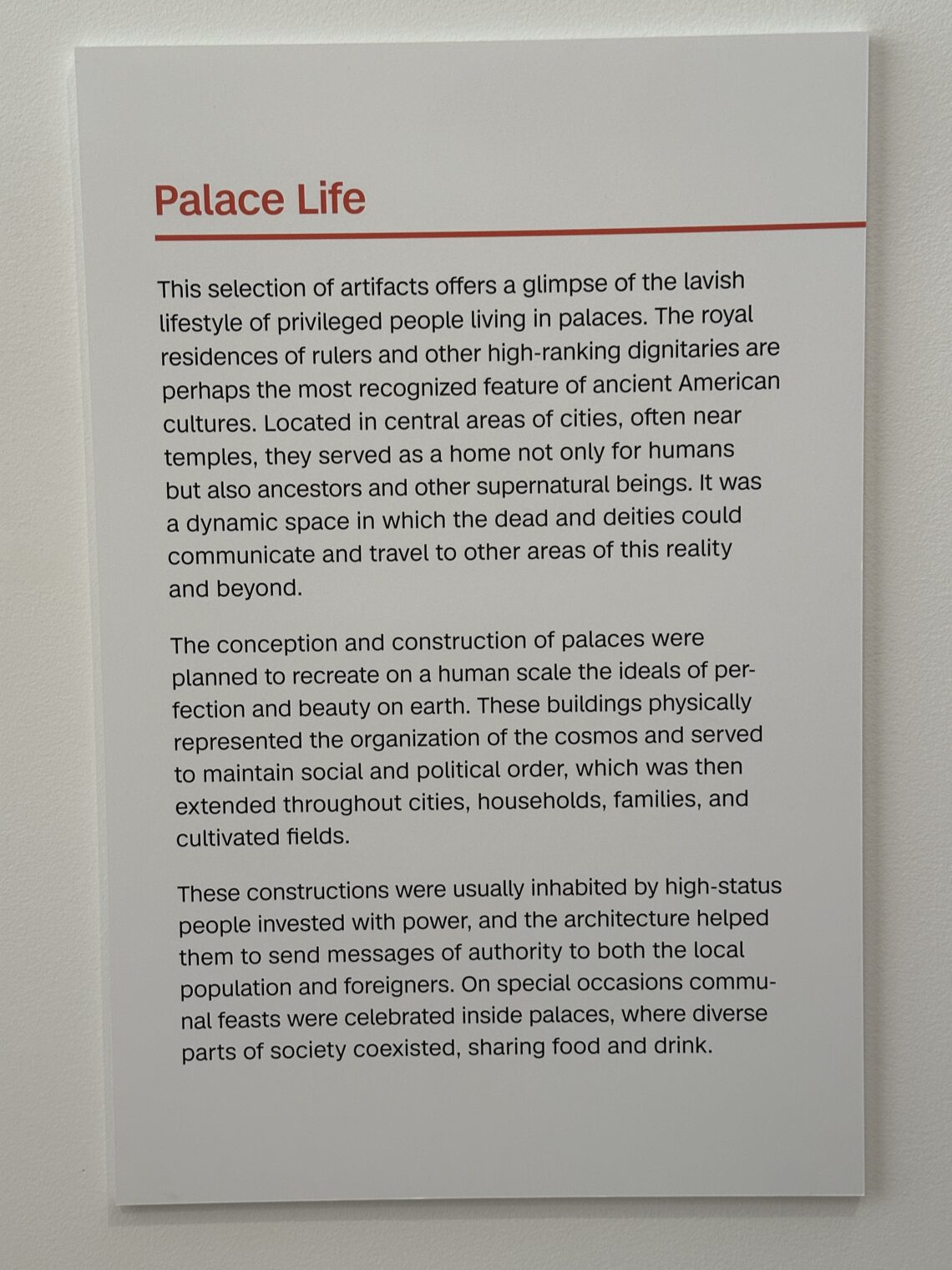
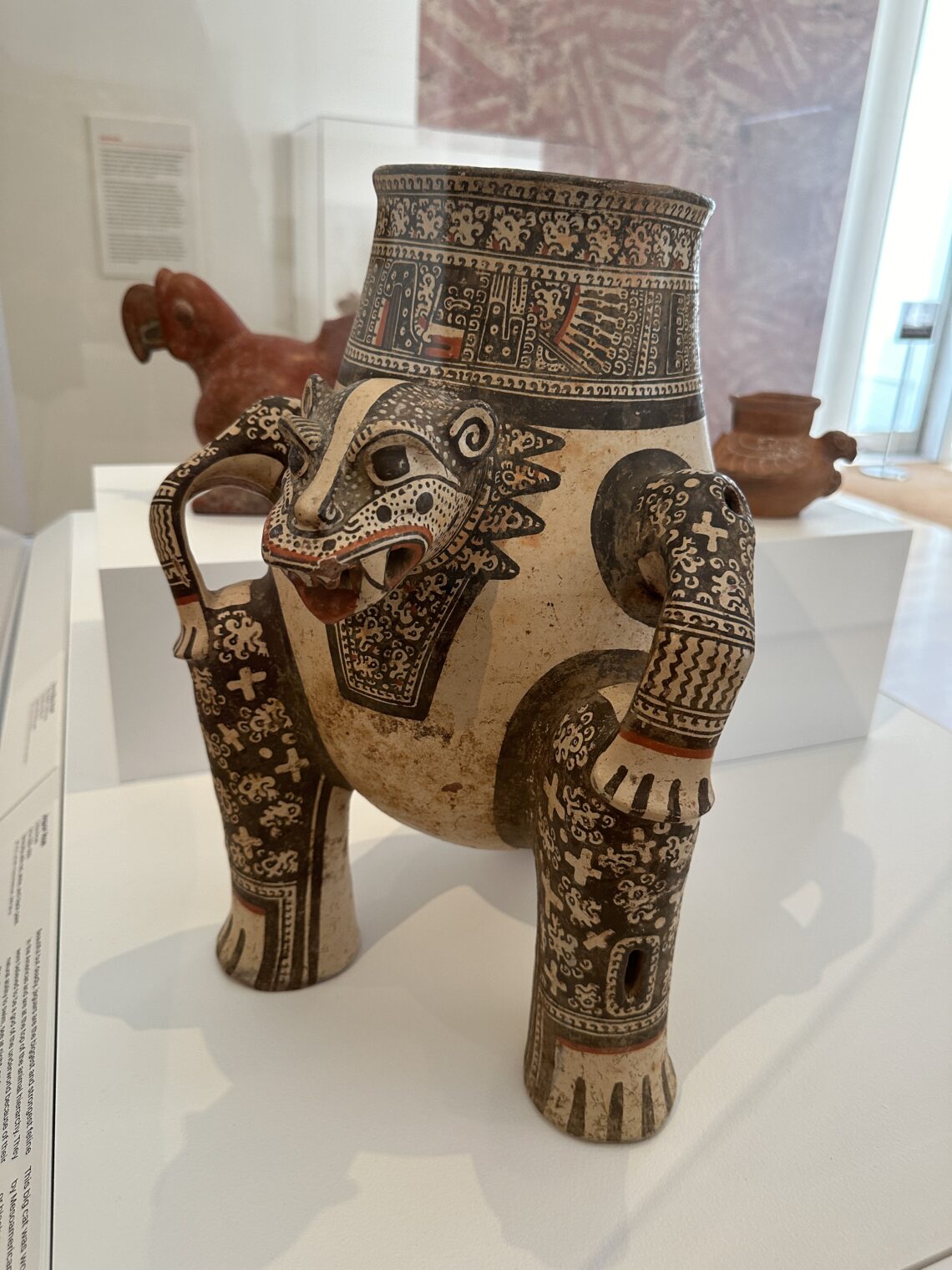
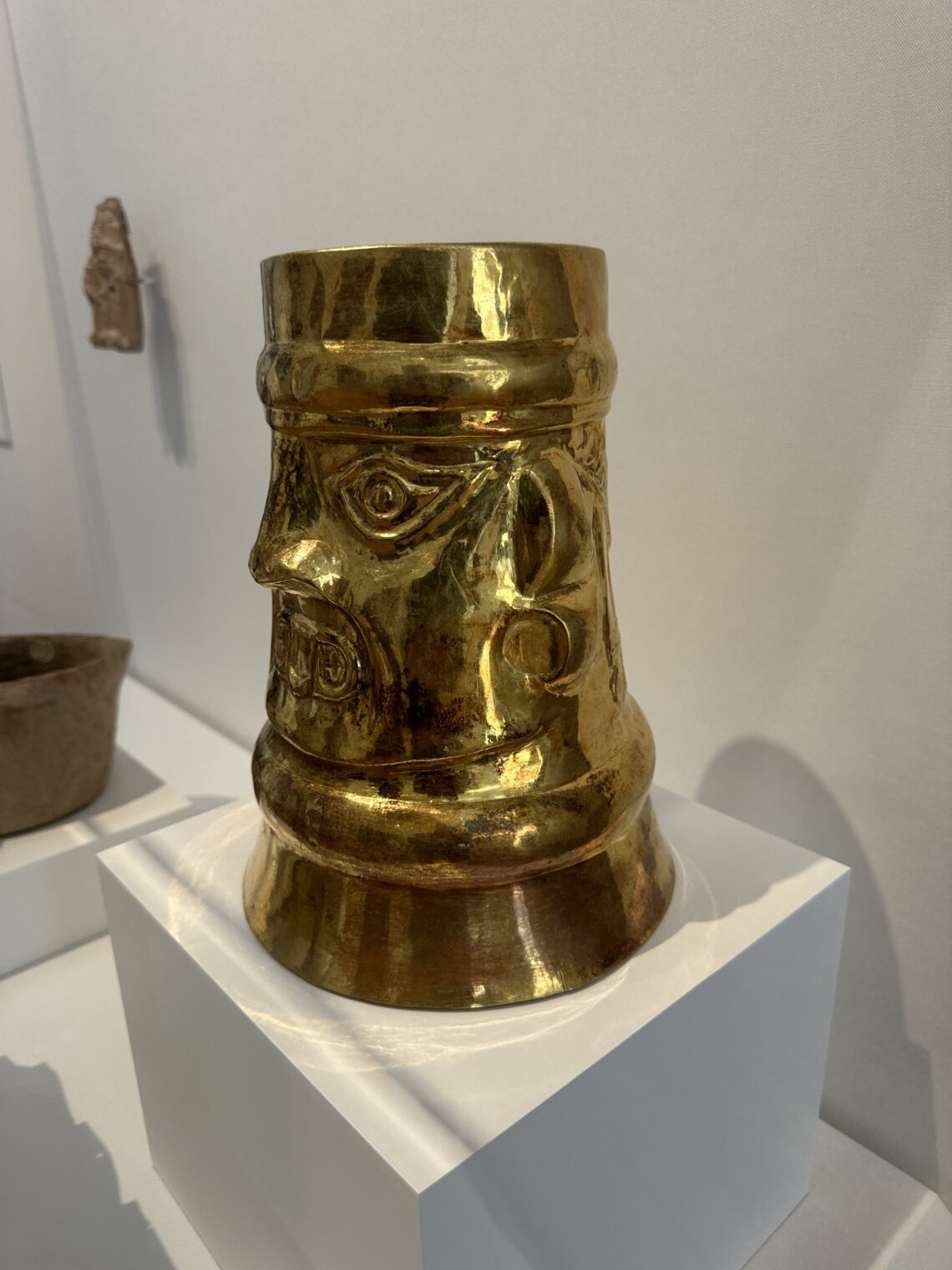
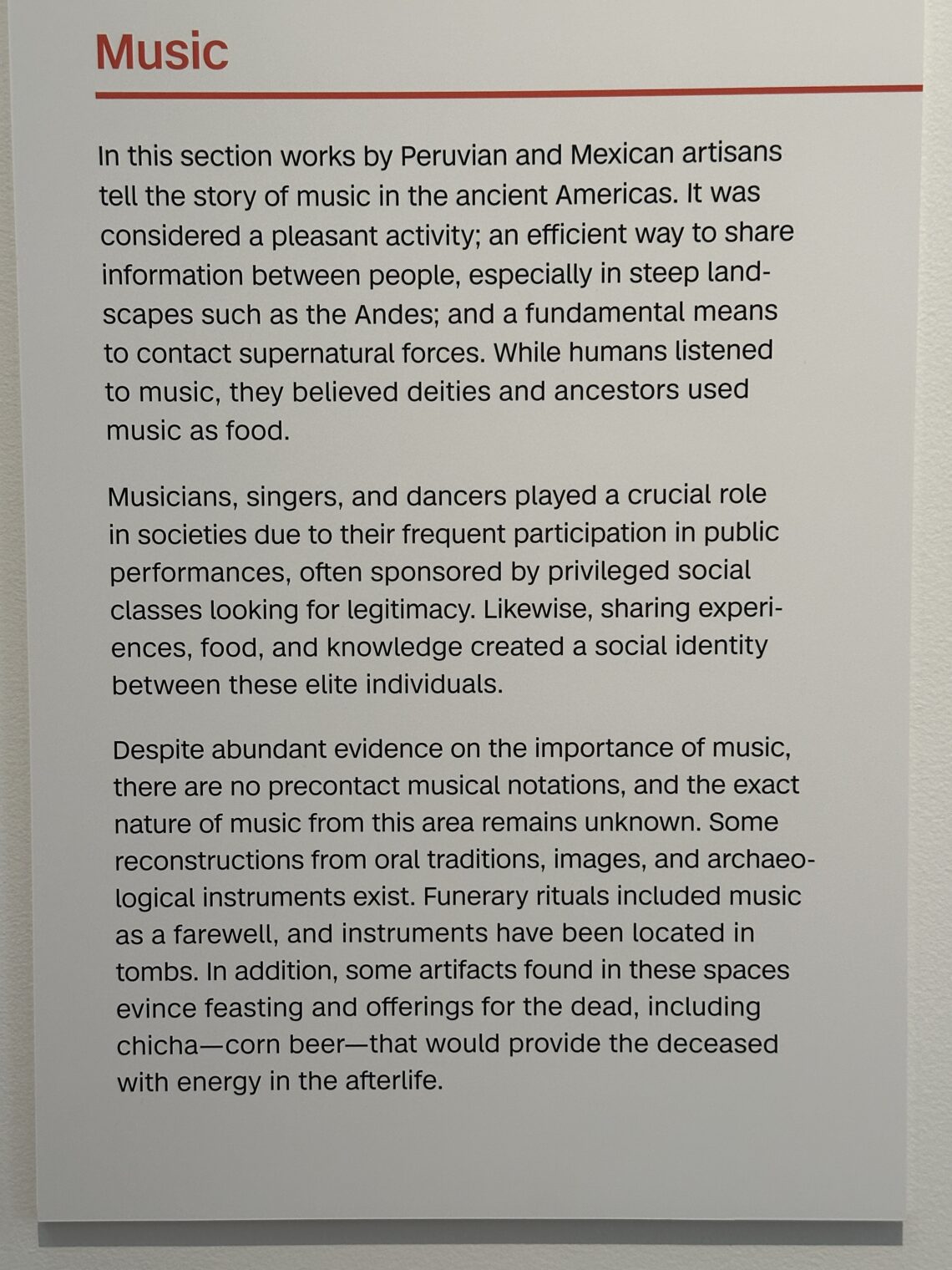
What kind of “food and drink” was shared? From the History Channel:
When the Spanish conquistador Hernán Cortés and his men arrived in the Aztec capital of Tenochtitlán in 1521, they described witnessing a grisly ceremony. Aztec priests, using razor-sharp obsidian blades, sliced open the chests of sacrificial victims and offered their still-beating hearts to the gods. They then tossed the victims’ lifeless bodies down the steps of the towering Templo Mayor.
Andrés de Tapia, a conquistador, described two rounded towers flanking the Templo Mayor made entirely of human skulls, and between them, a towering wooden rack displaying thousands more skulls with bored holes on either side to allow the skulls to slide onto the wooden poles.
Reading these accounts hundreds of years later, many historians dismissed the 16th-century reports as wildly exaggerated propaganda meant to justify the murder of Aztec emperor Moctezuma, the ruthless destruction of Tenochtitlán and the enslavement of its people. But in 2015 and 2018, archeologists working at the Templo Mayor excavation site in Mexico City discovered proof of widespread human sacrifice among the Aztecs—none other than the very skull towers and skull racks that conquistadors had described in their accounts.
While it’s true that the Spanish undoubtedly inflated their figures—Spanish historian Fray Diego de Durán reported that 80,400 men, women and children were sacrificed for the inauguration of the Templo Mayor under a previous Aztec emperor—evidence is mounting that the gruesome scenes illustrated in Spanish texts, and preserved in temple murals and stone carvings, are true.
In addition to slicing out the hearts of victims and spilling their blood on the temple altar, it’s believed that the Aztecs also practiced a form of ritual cannibalism. The victim’s bodies, after being relieved of their heads, were likely gifted to noblemen and other distinguished community members. Sixteenth-century illustrations depict body parts being cooked in large pots and archeologists have identified telltale butcher marks on the bones of human remains in Aztec sites around Mexico City.
Maybe show up for the concert, but don’t stay for dinner?
The state-funded museum provided some follow-up reading in the gift shop:
